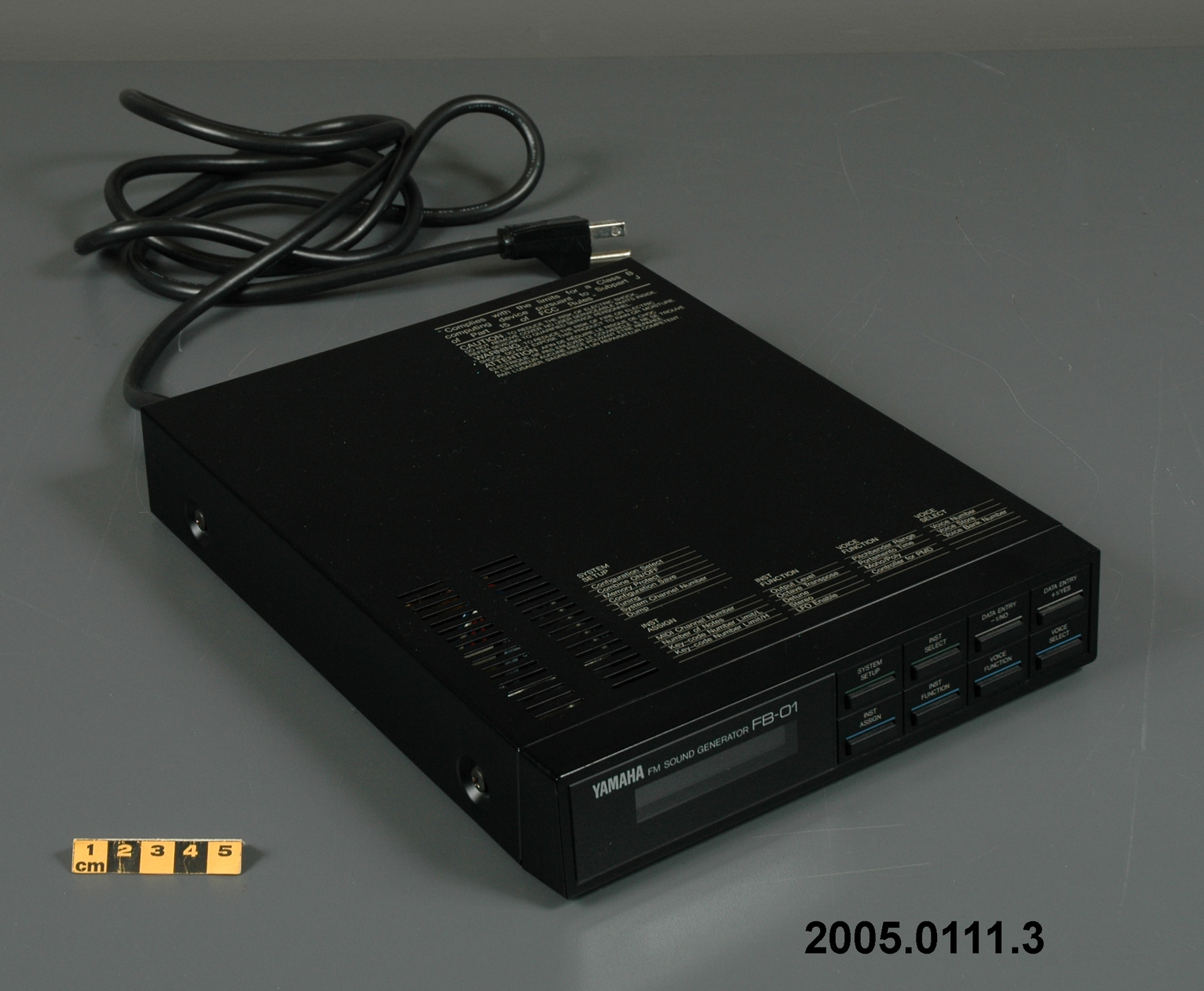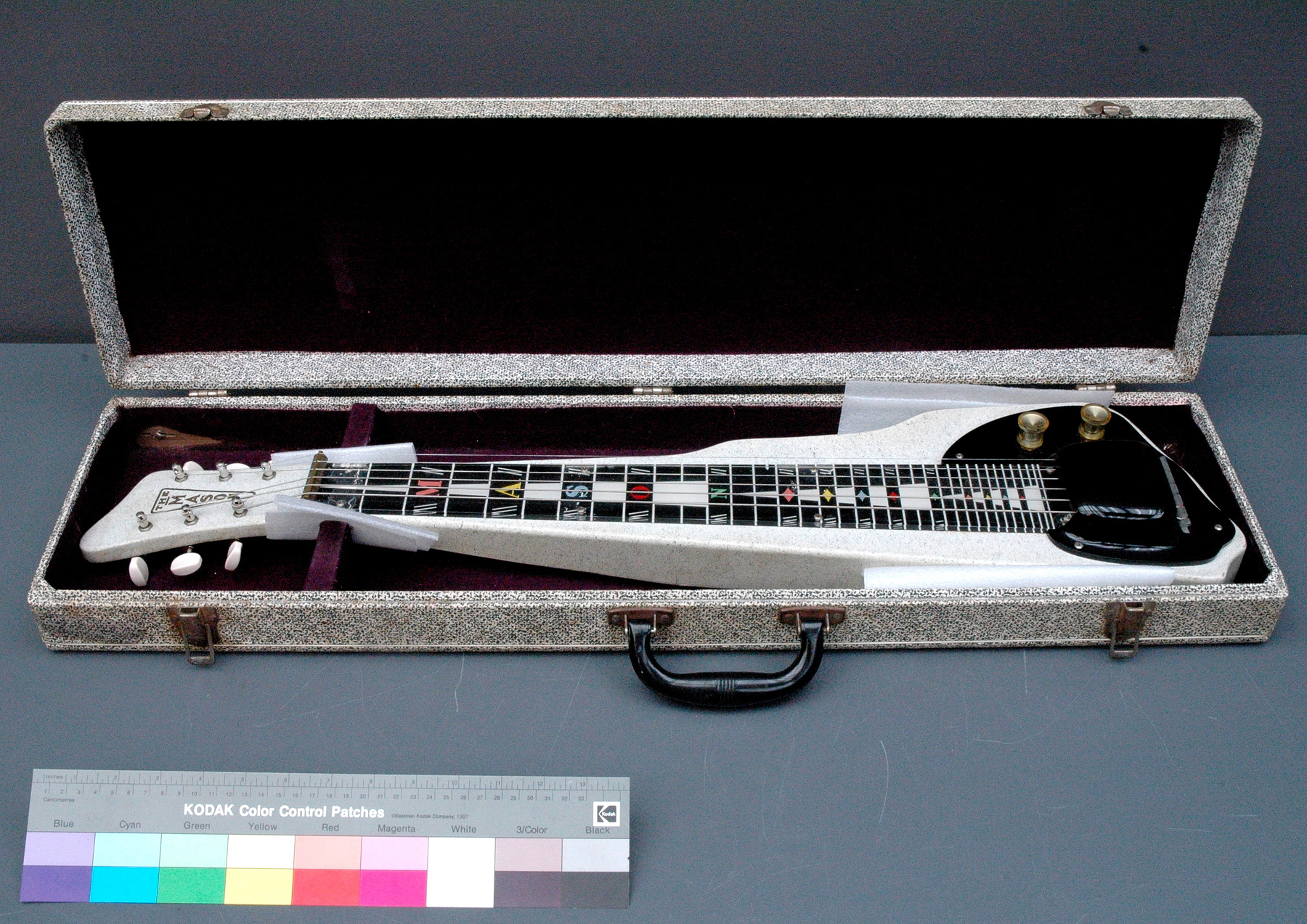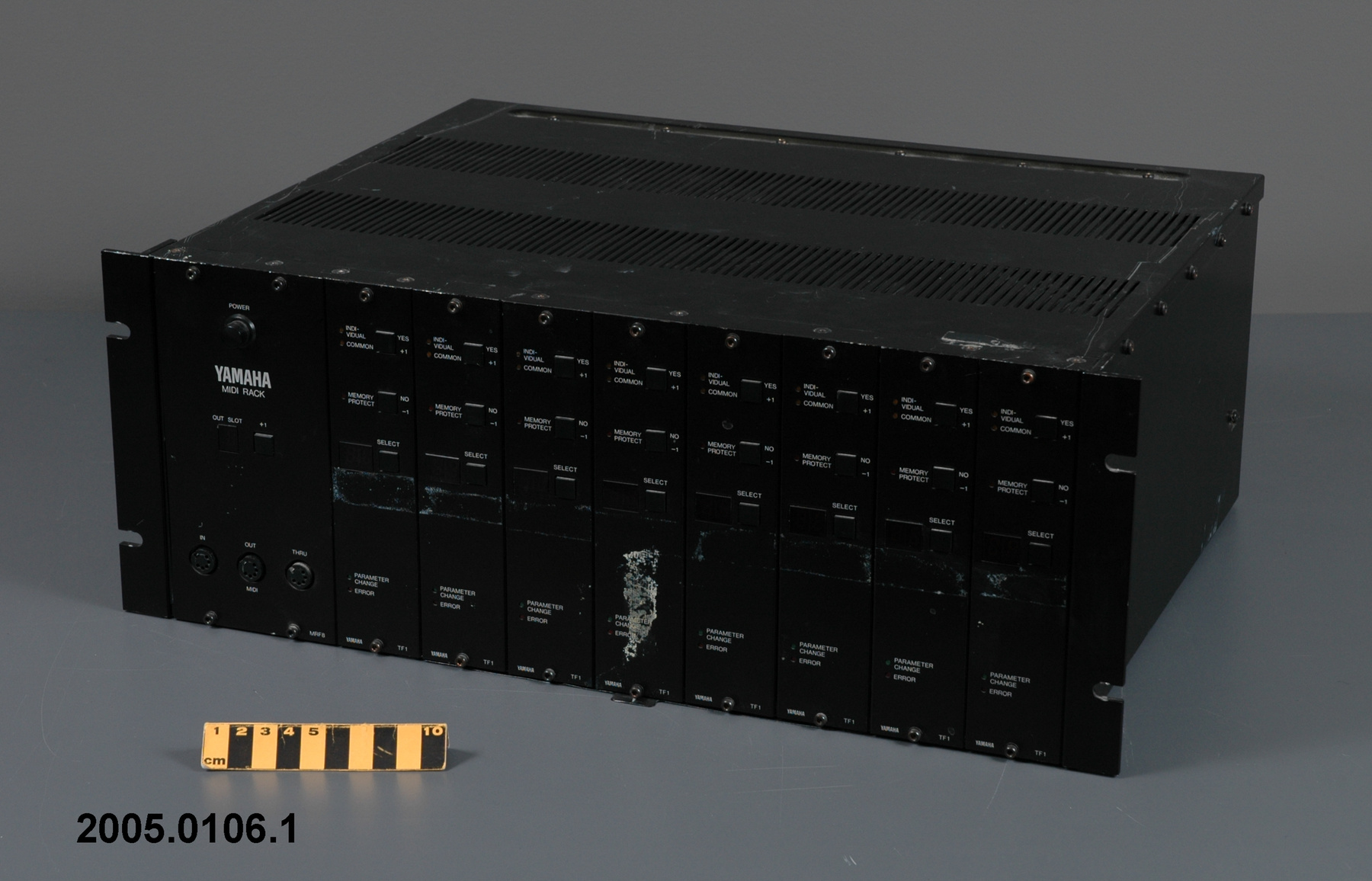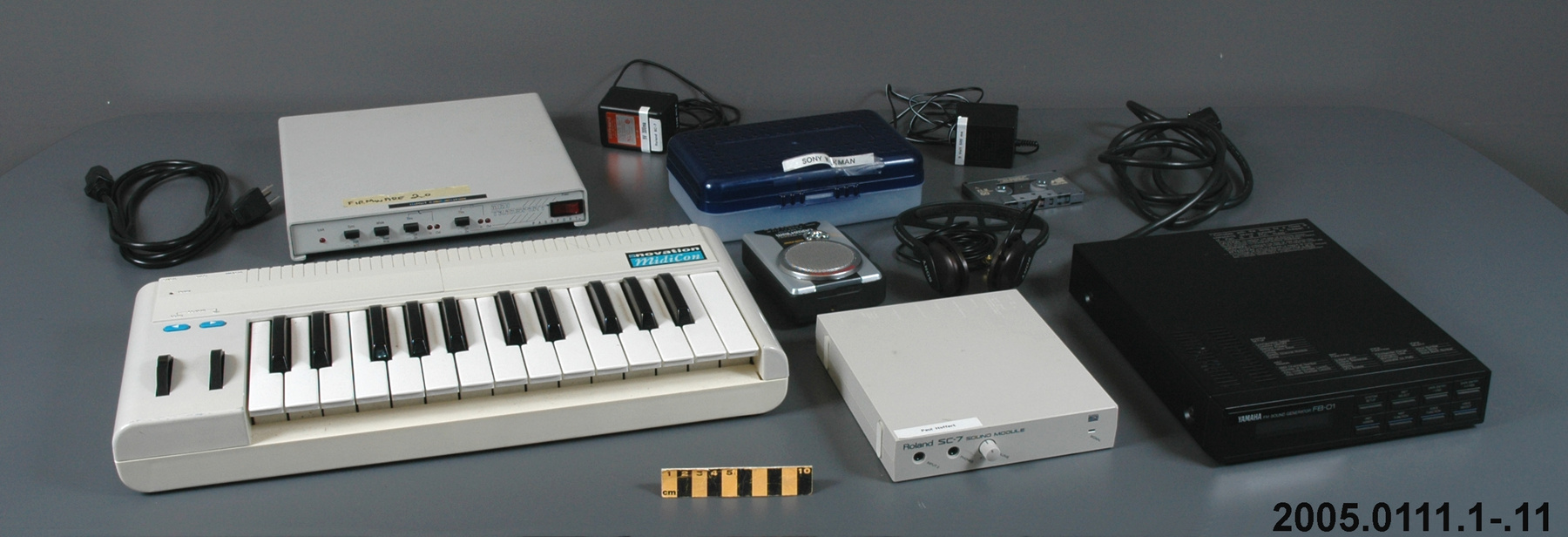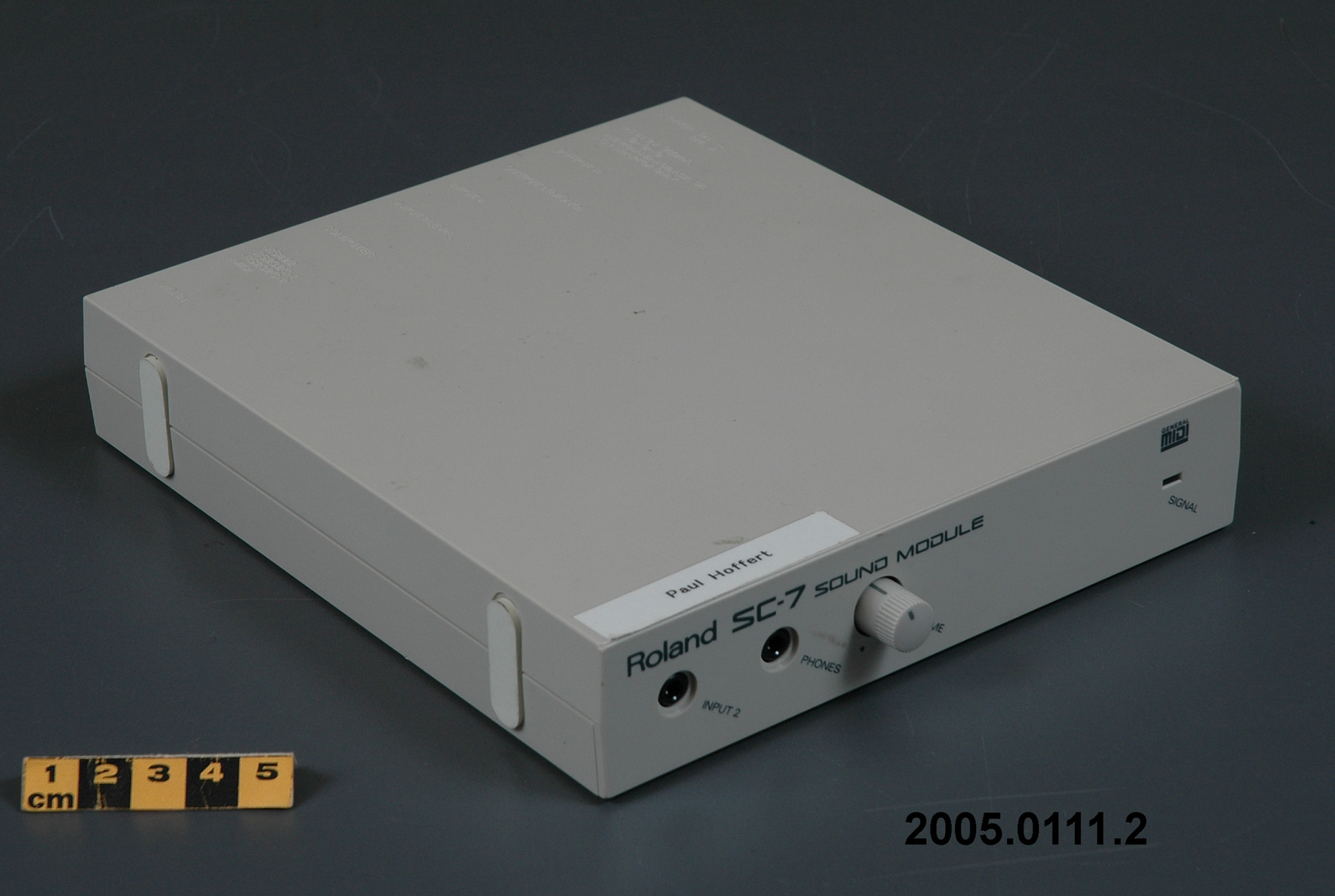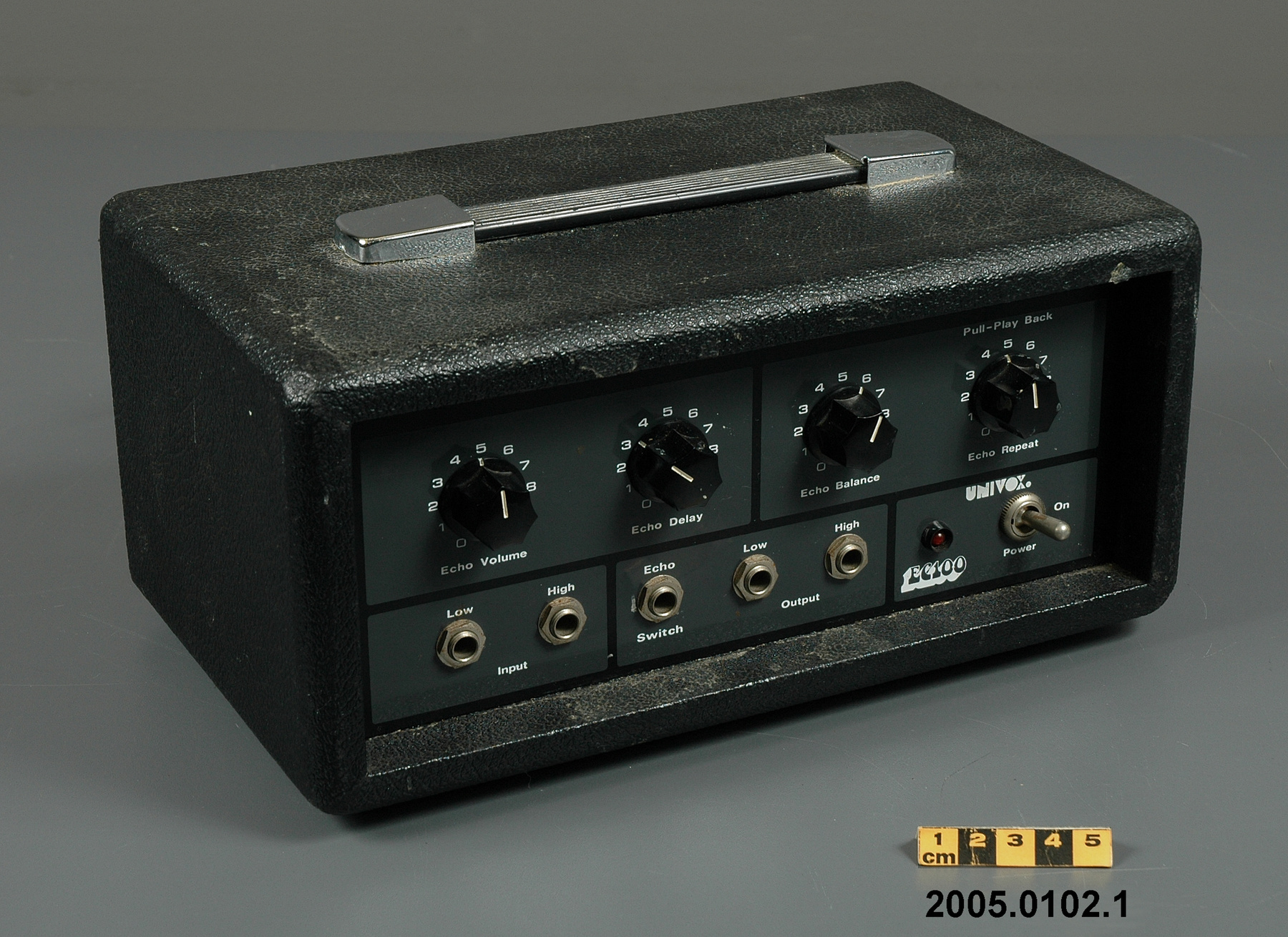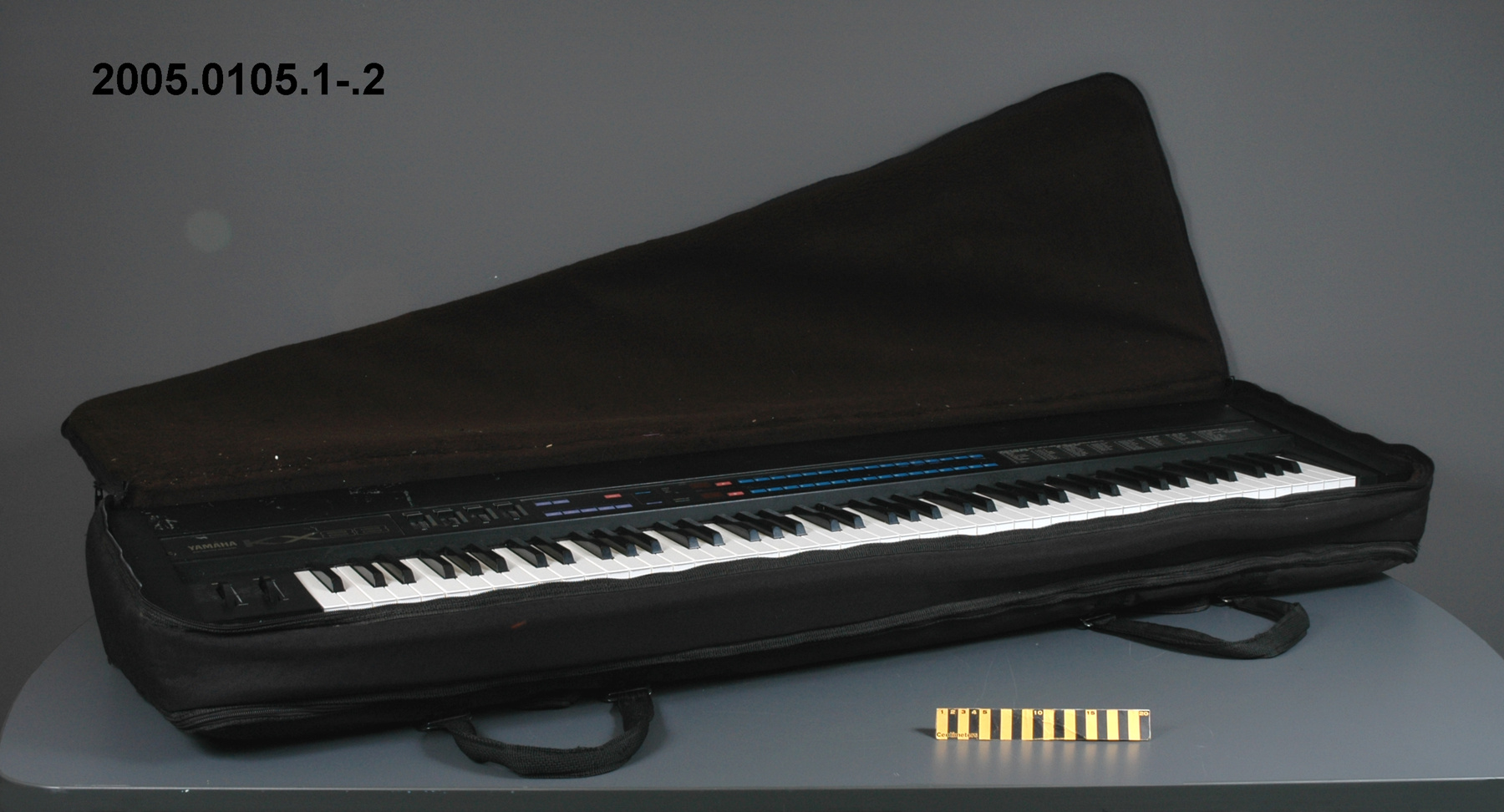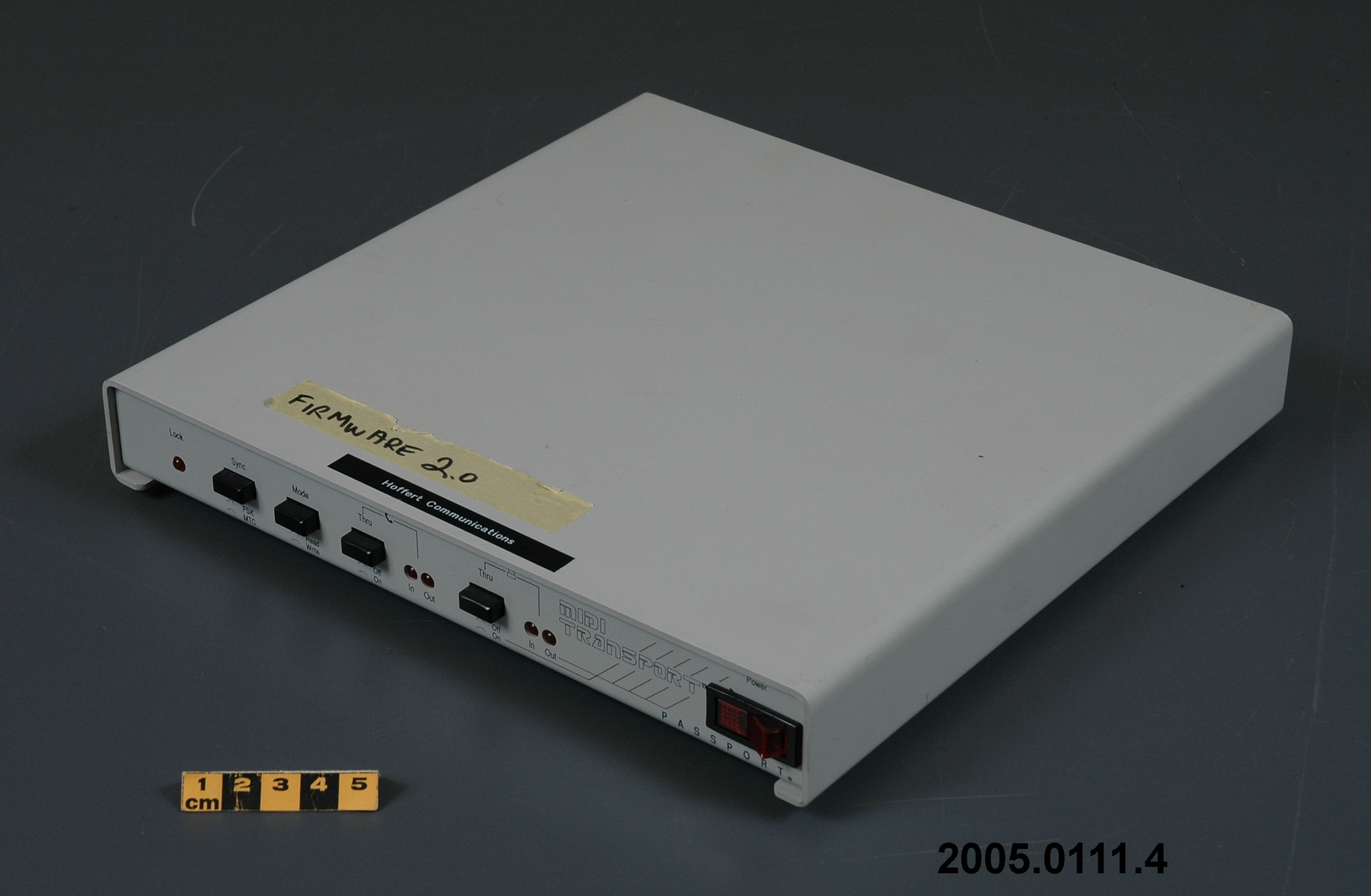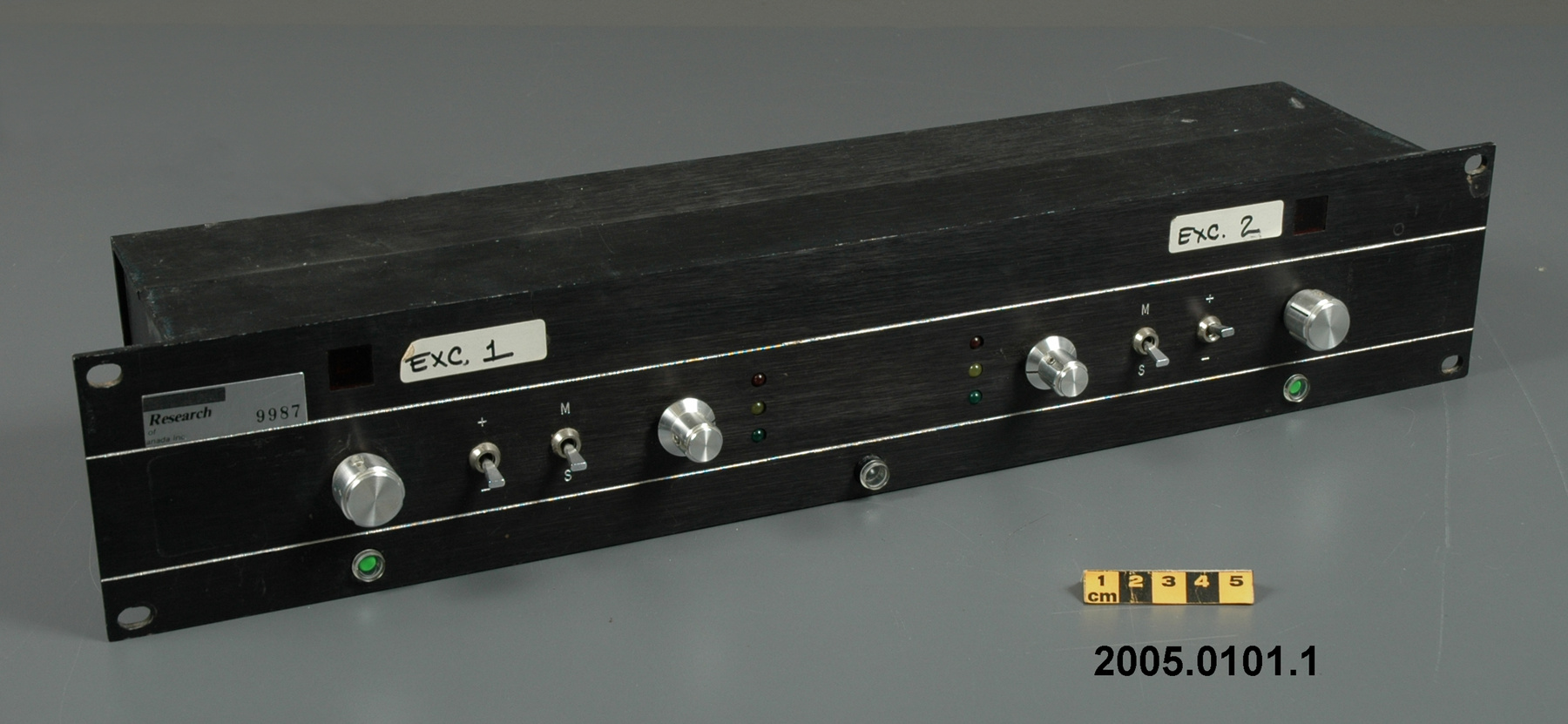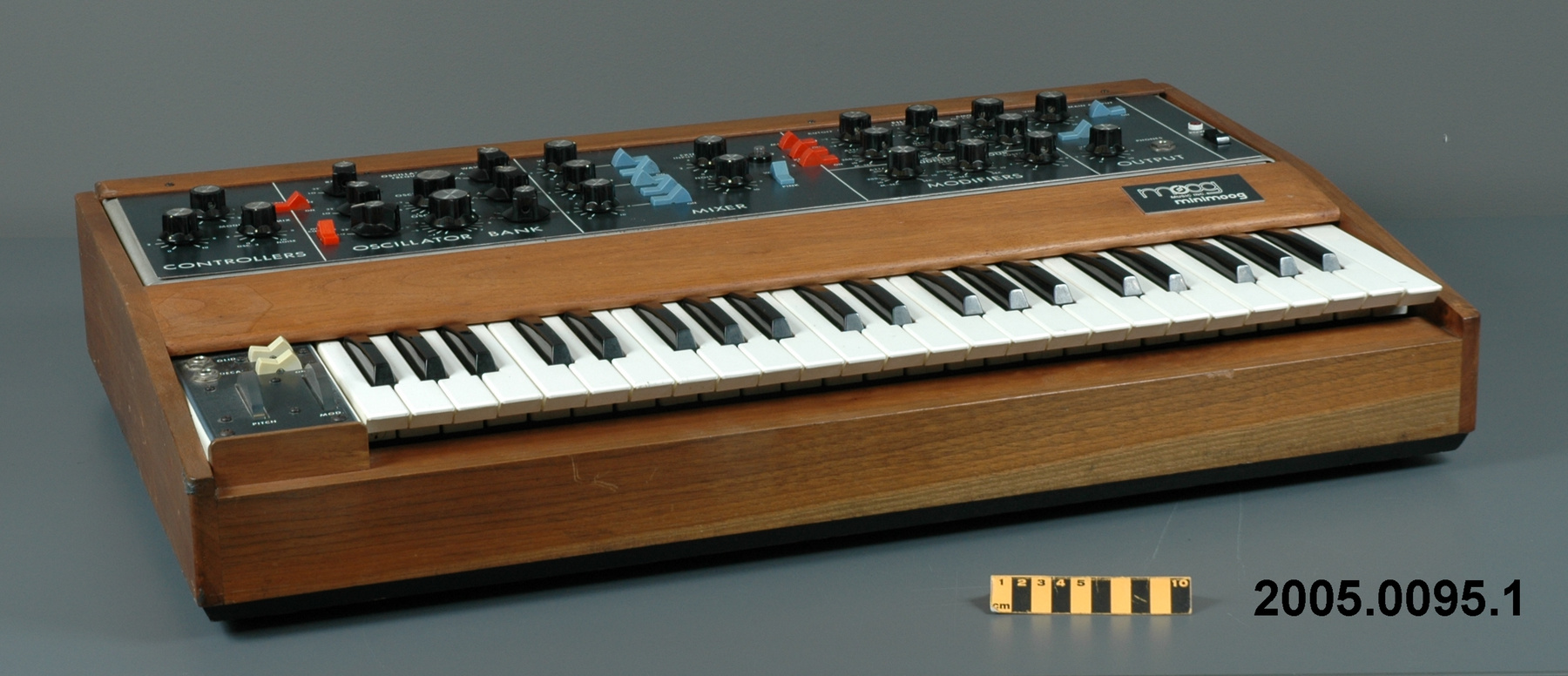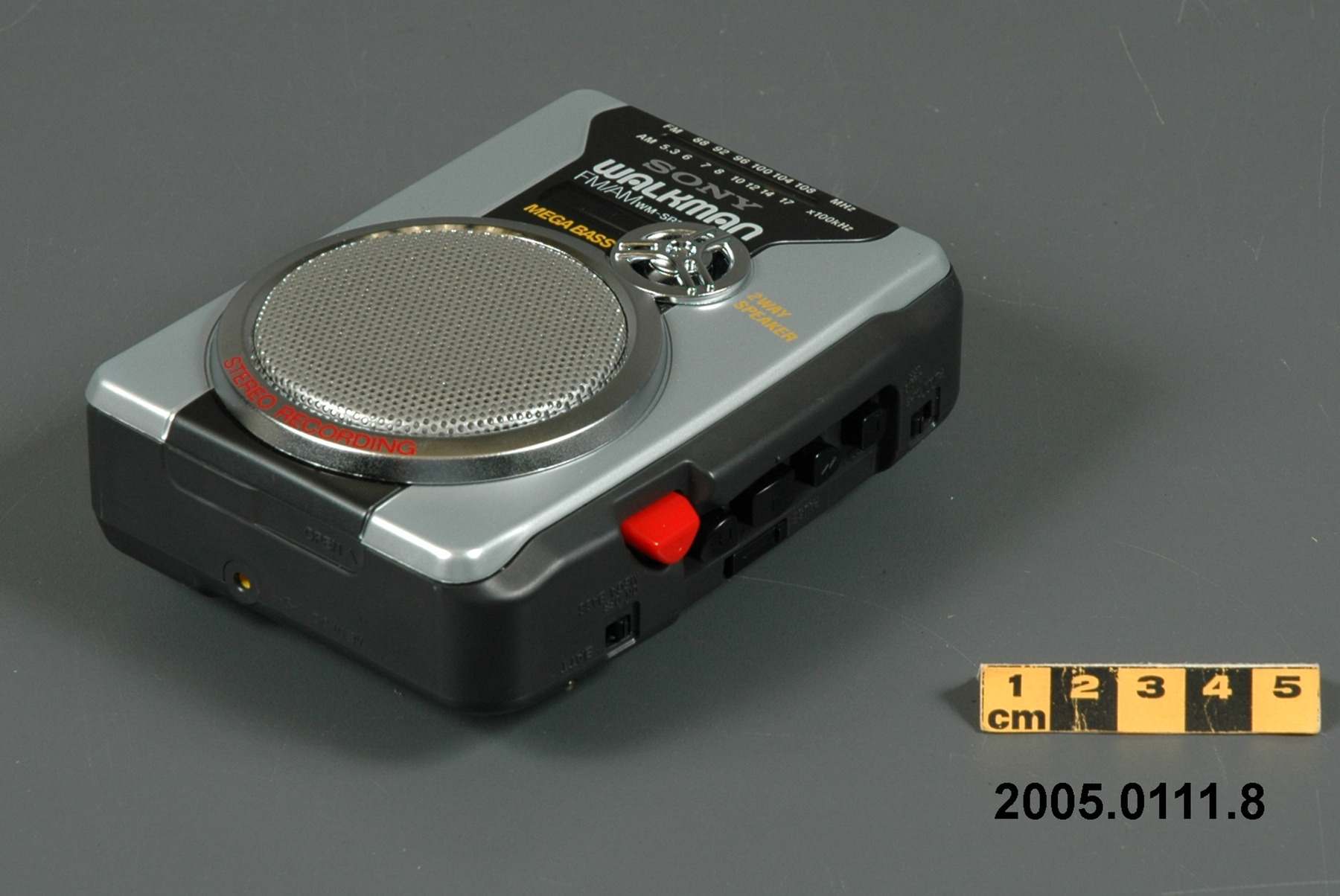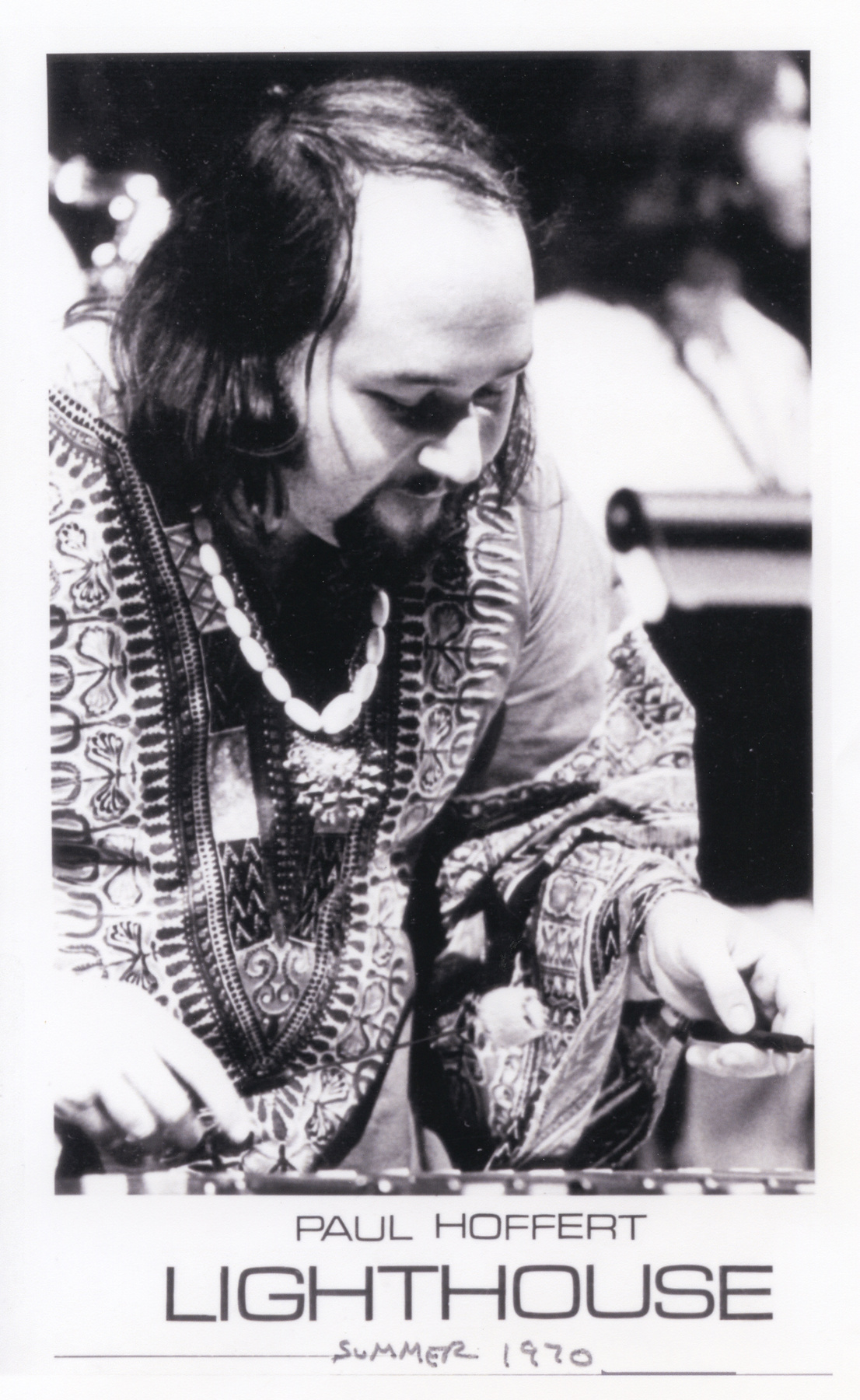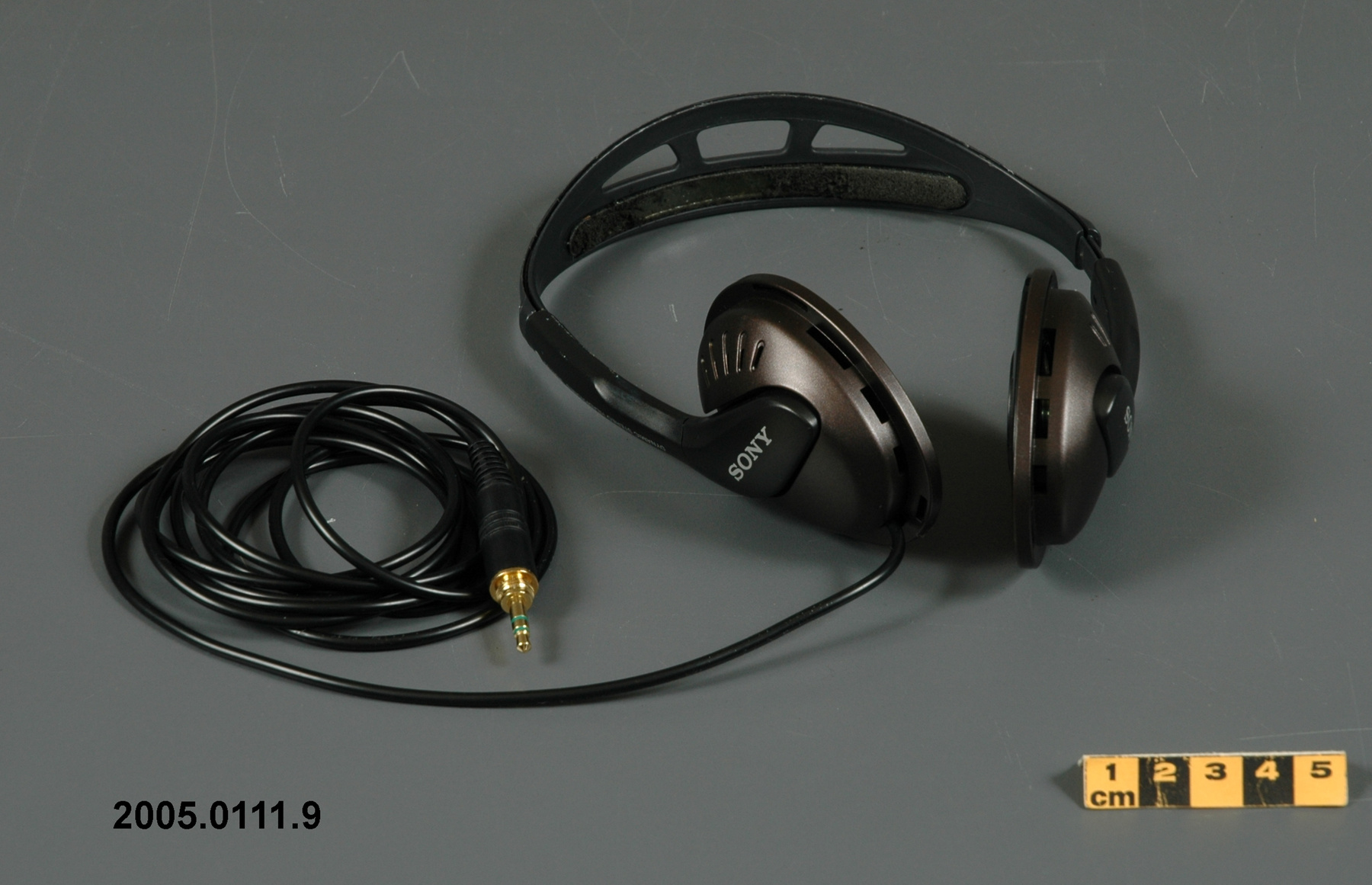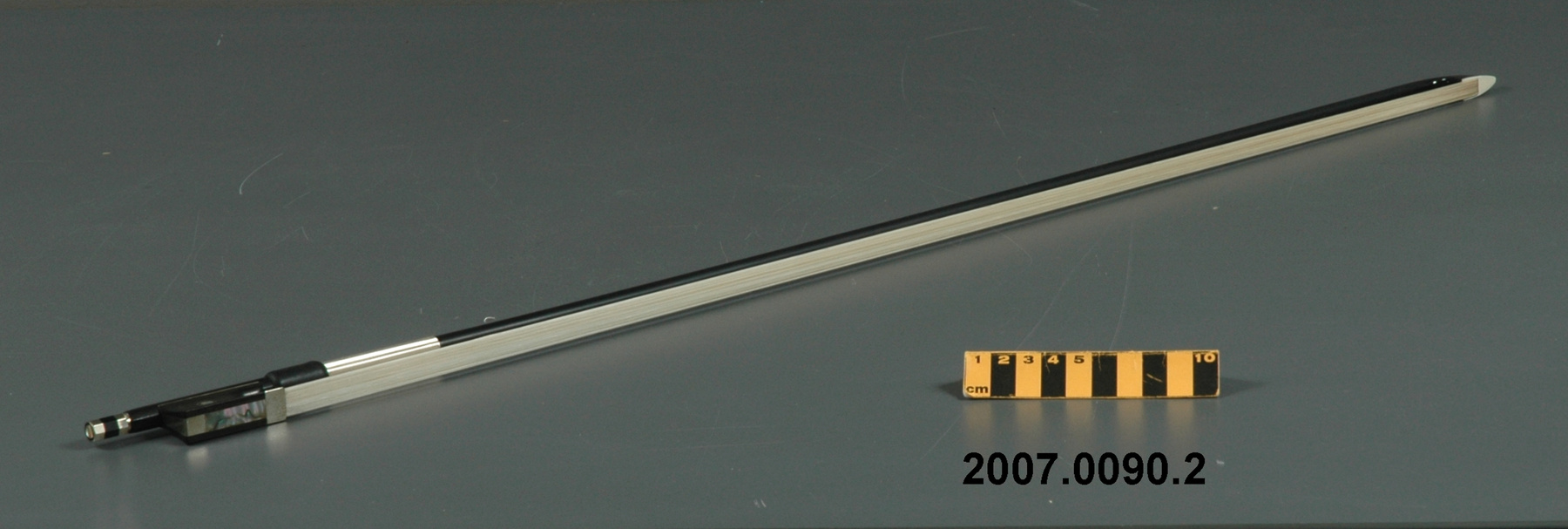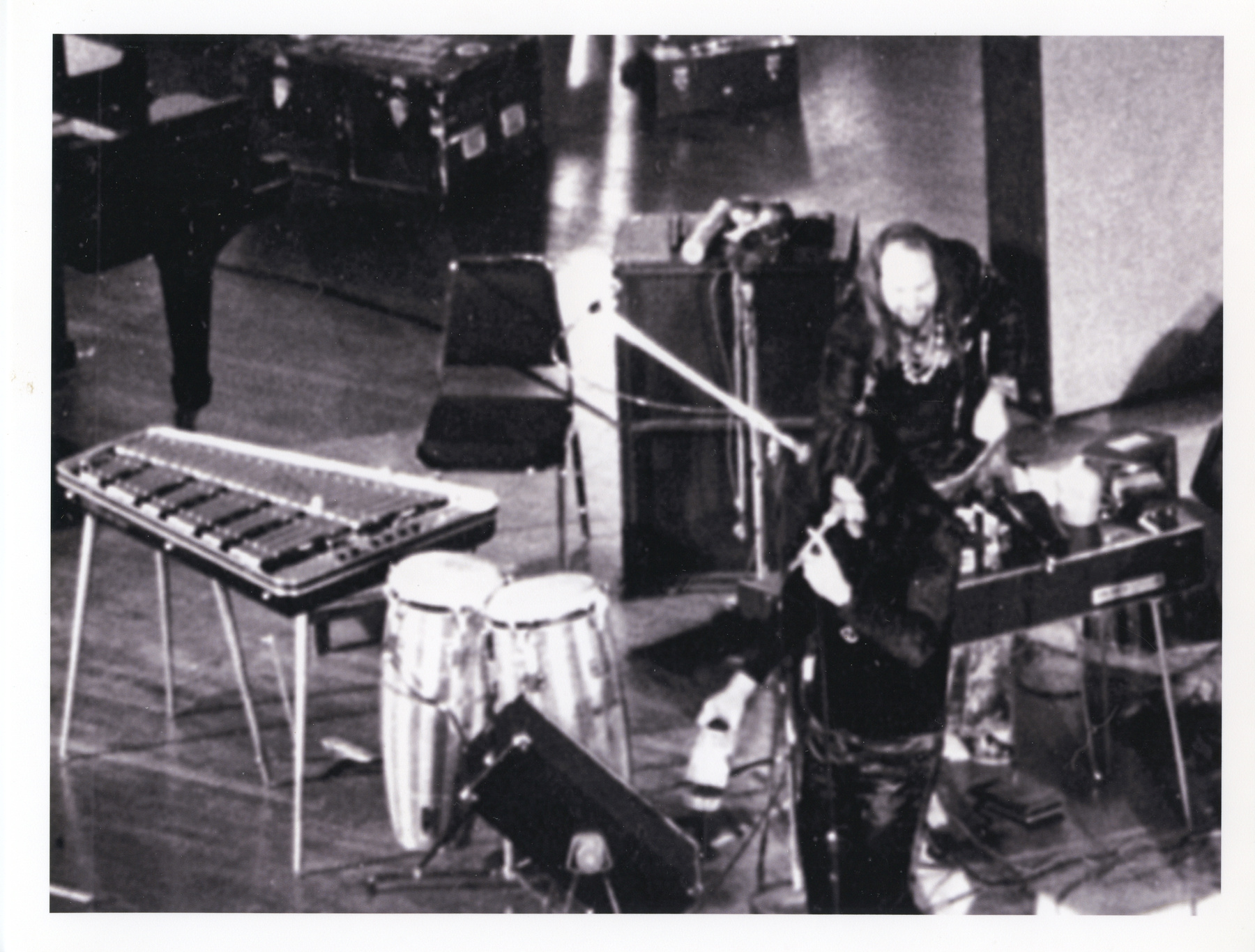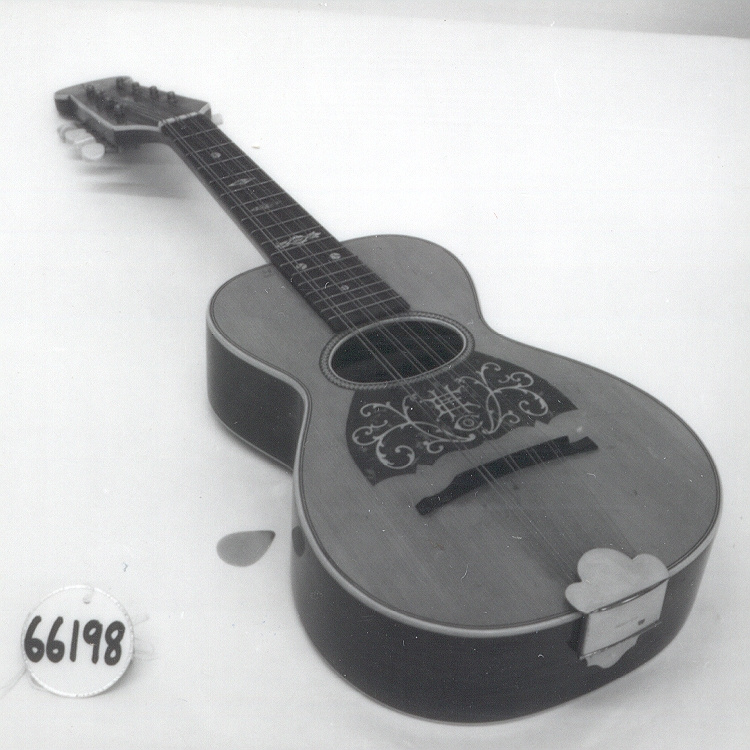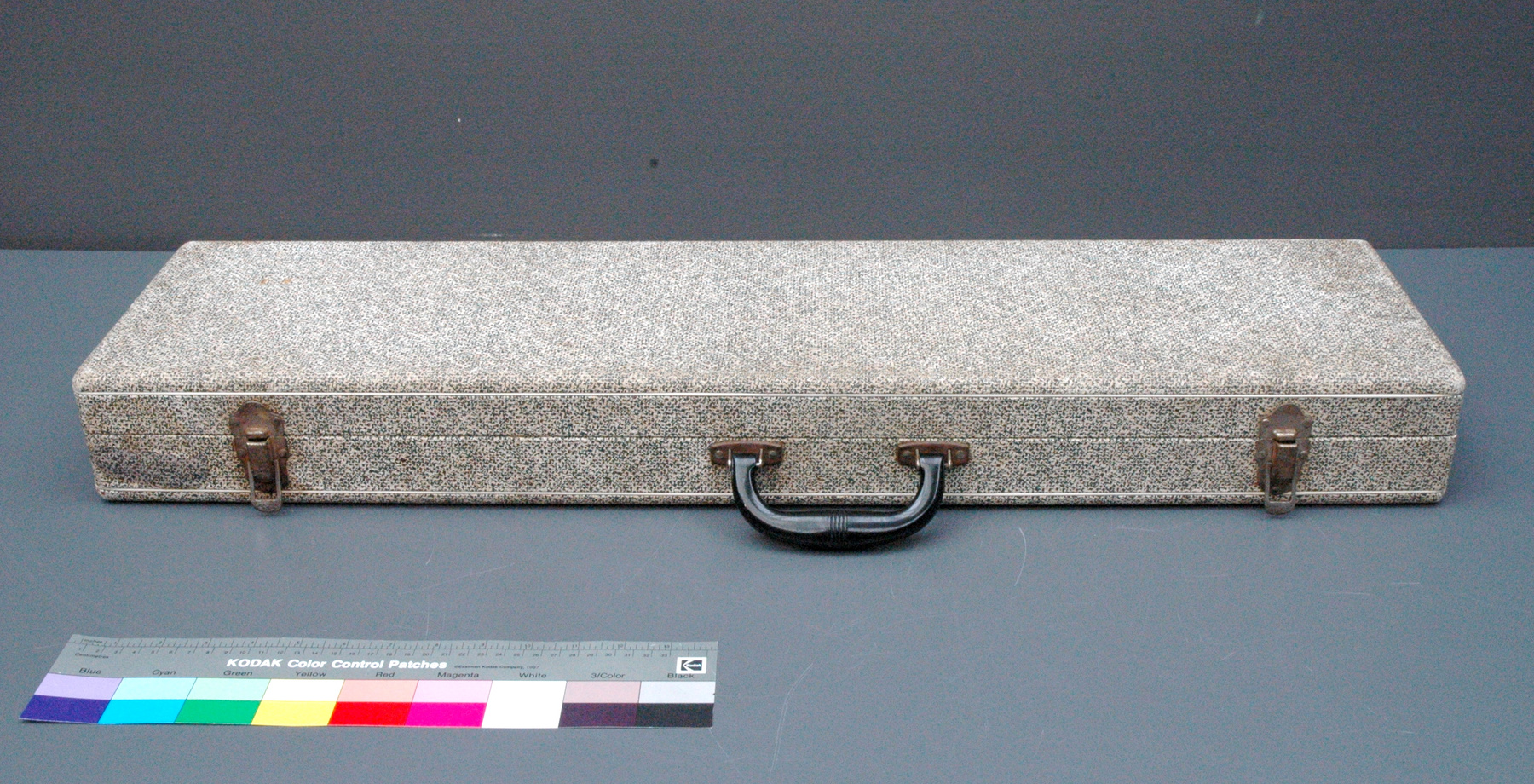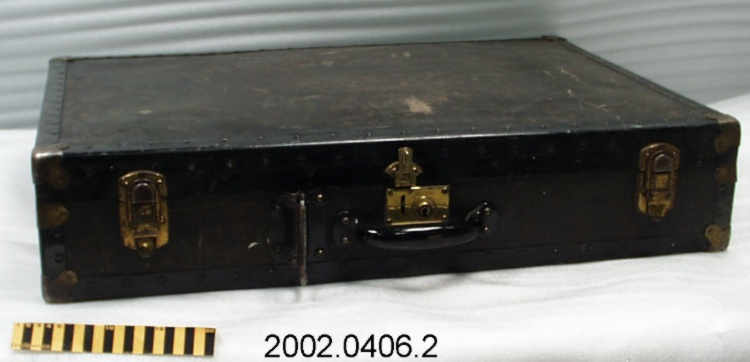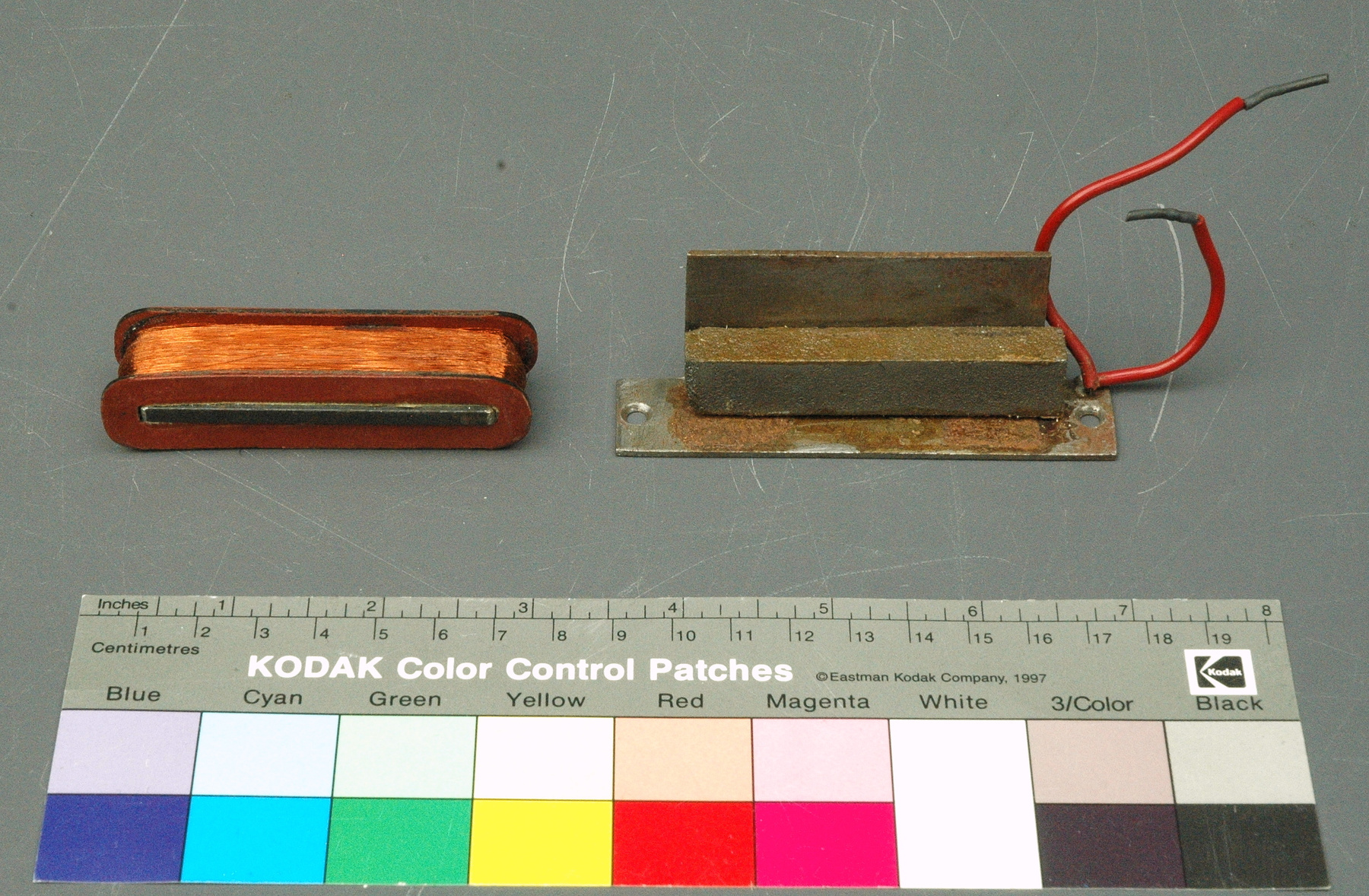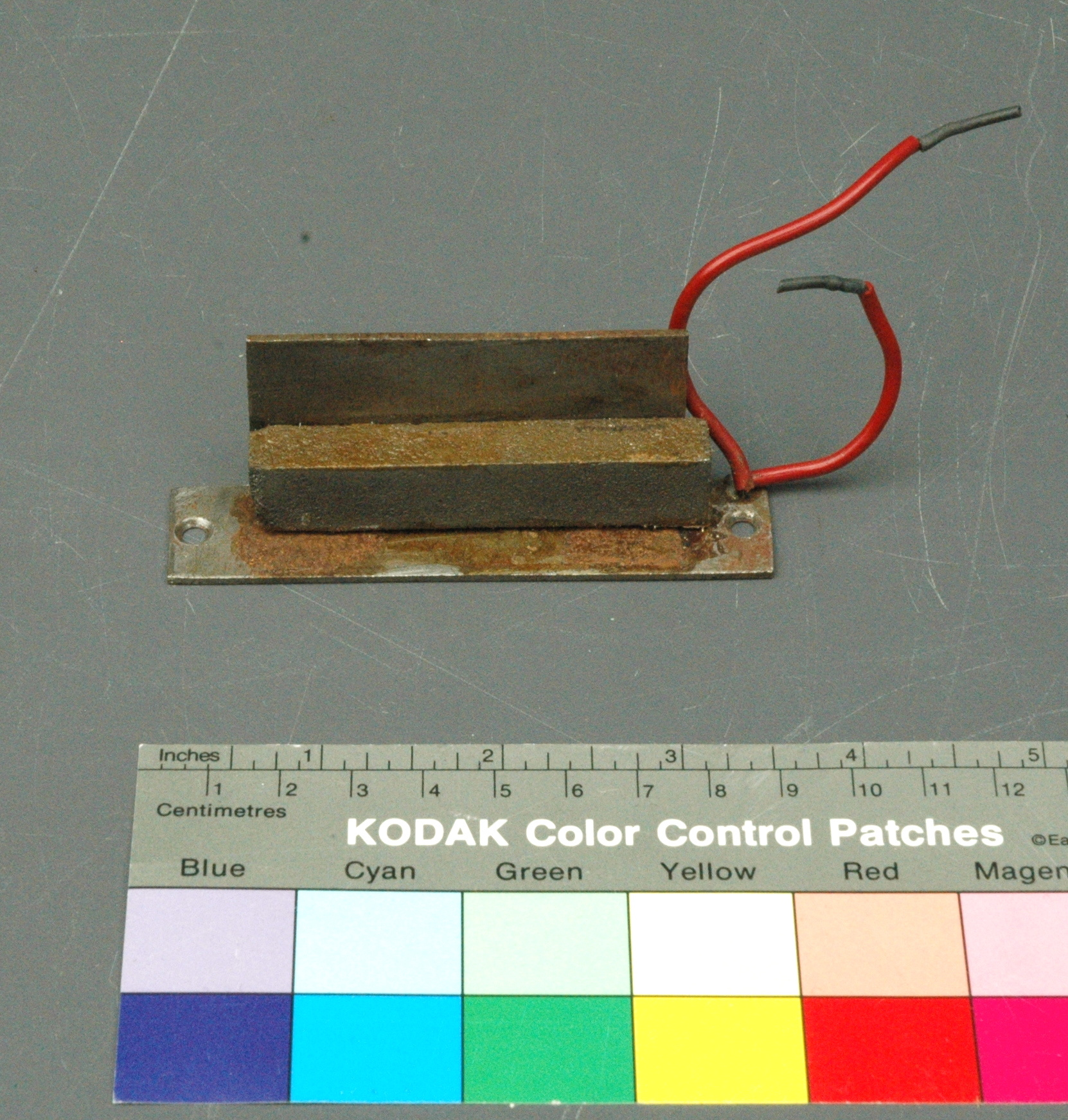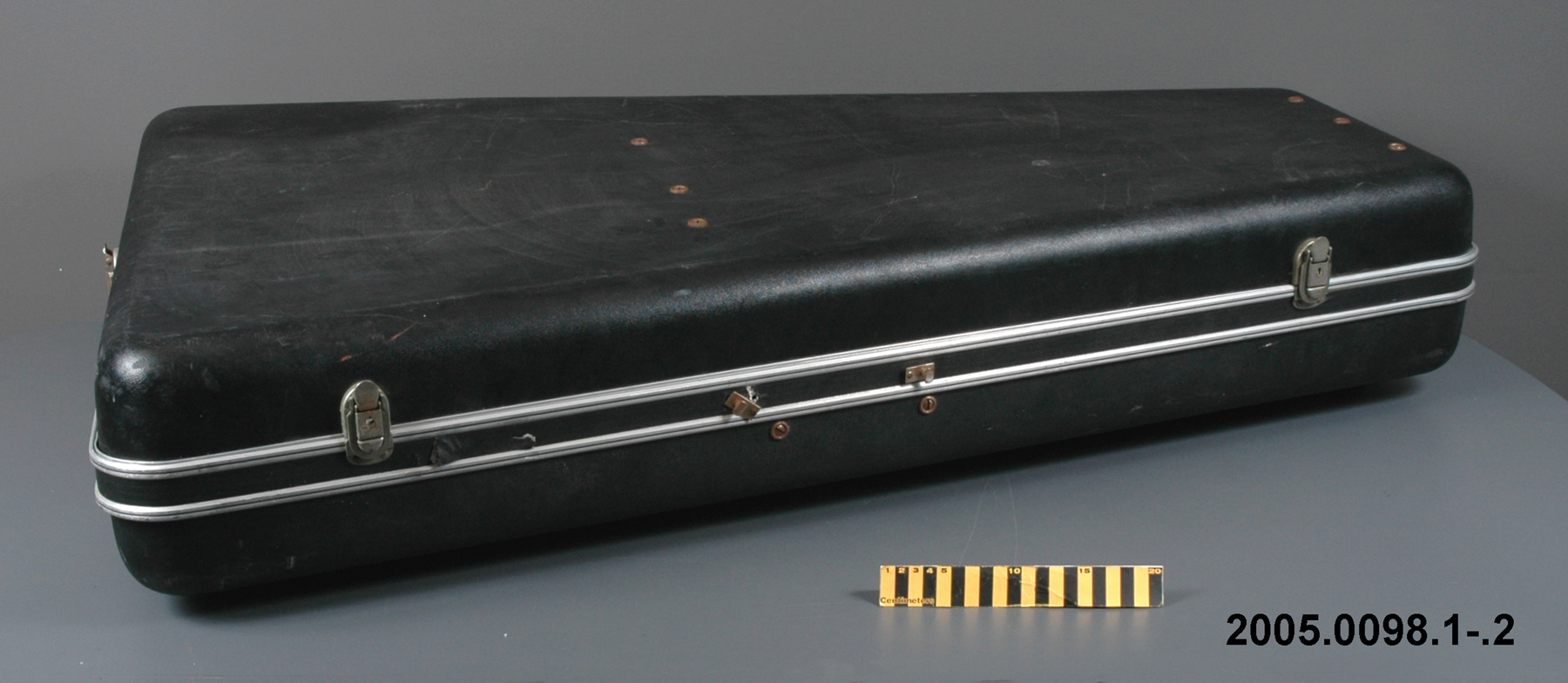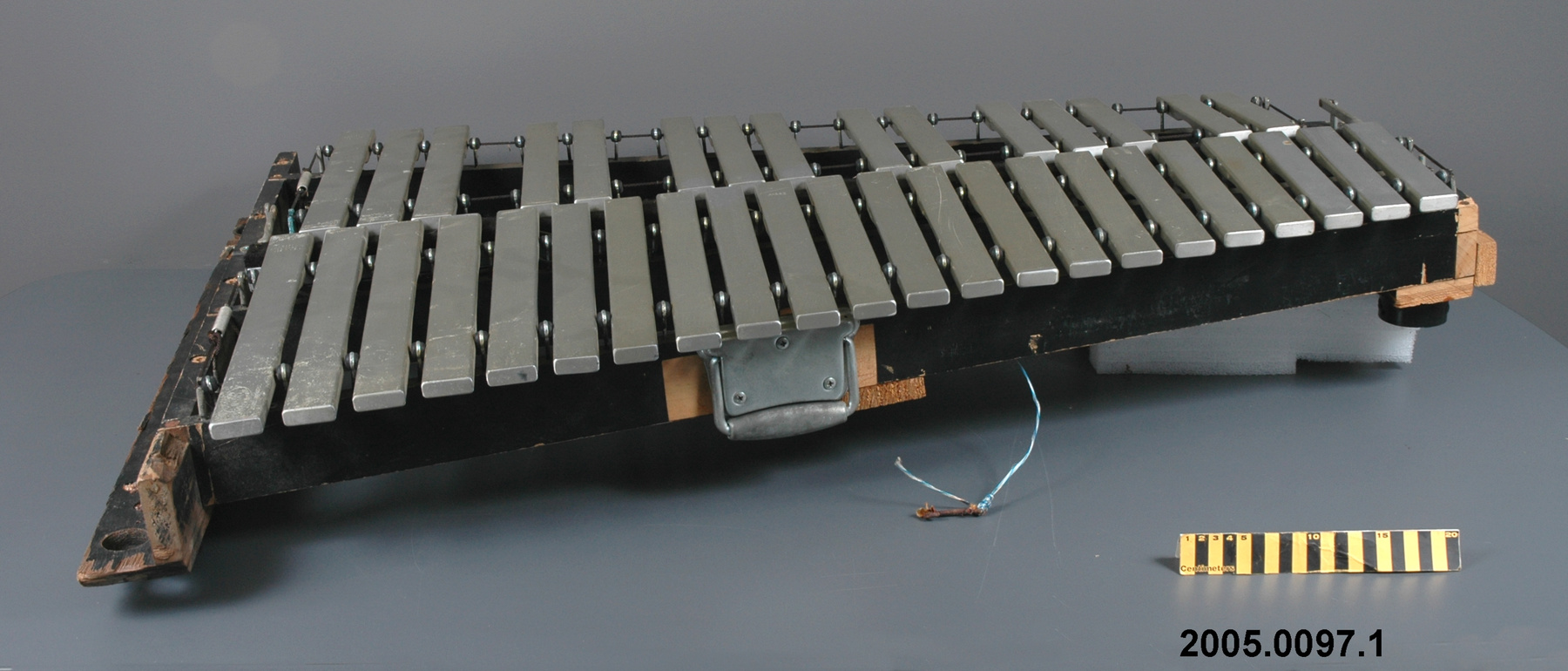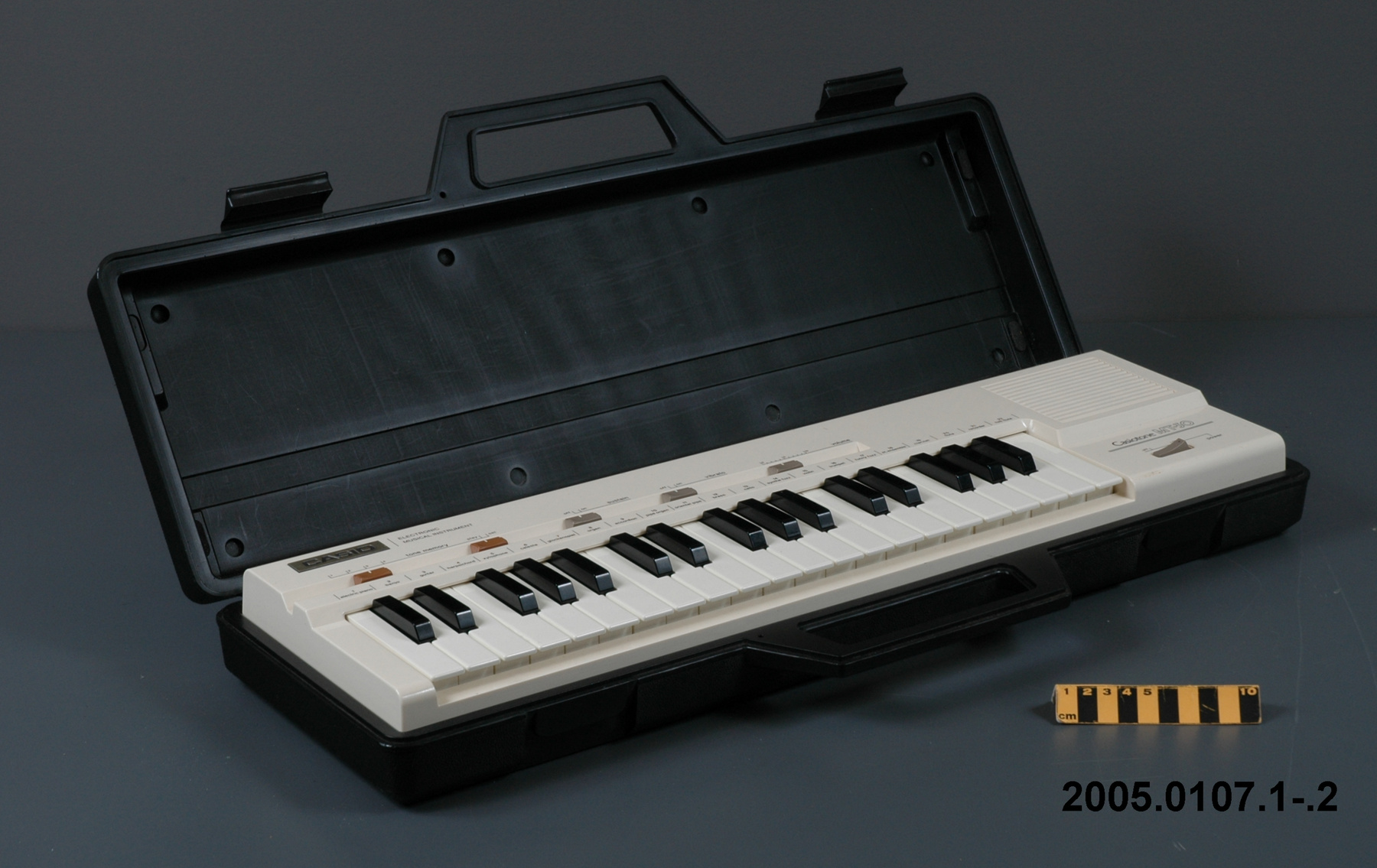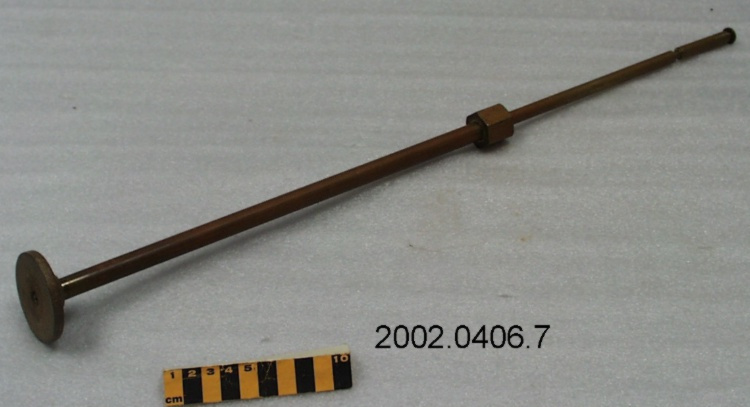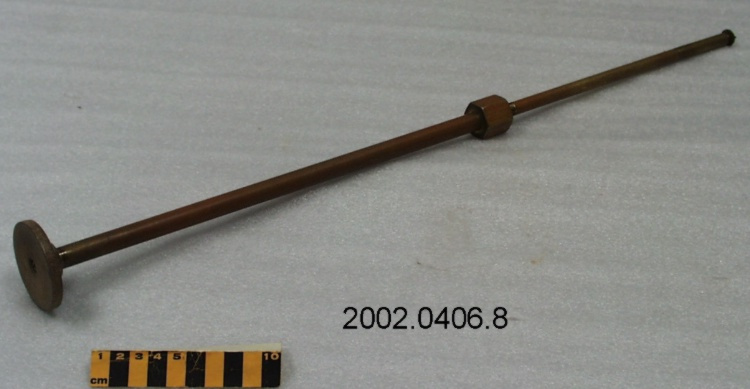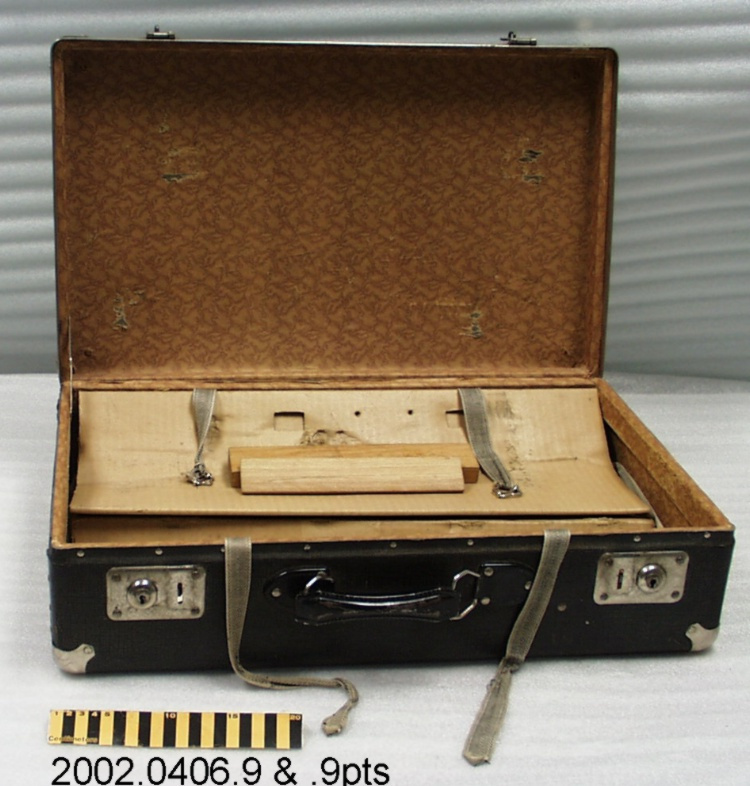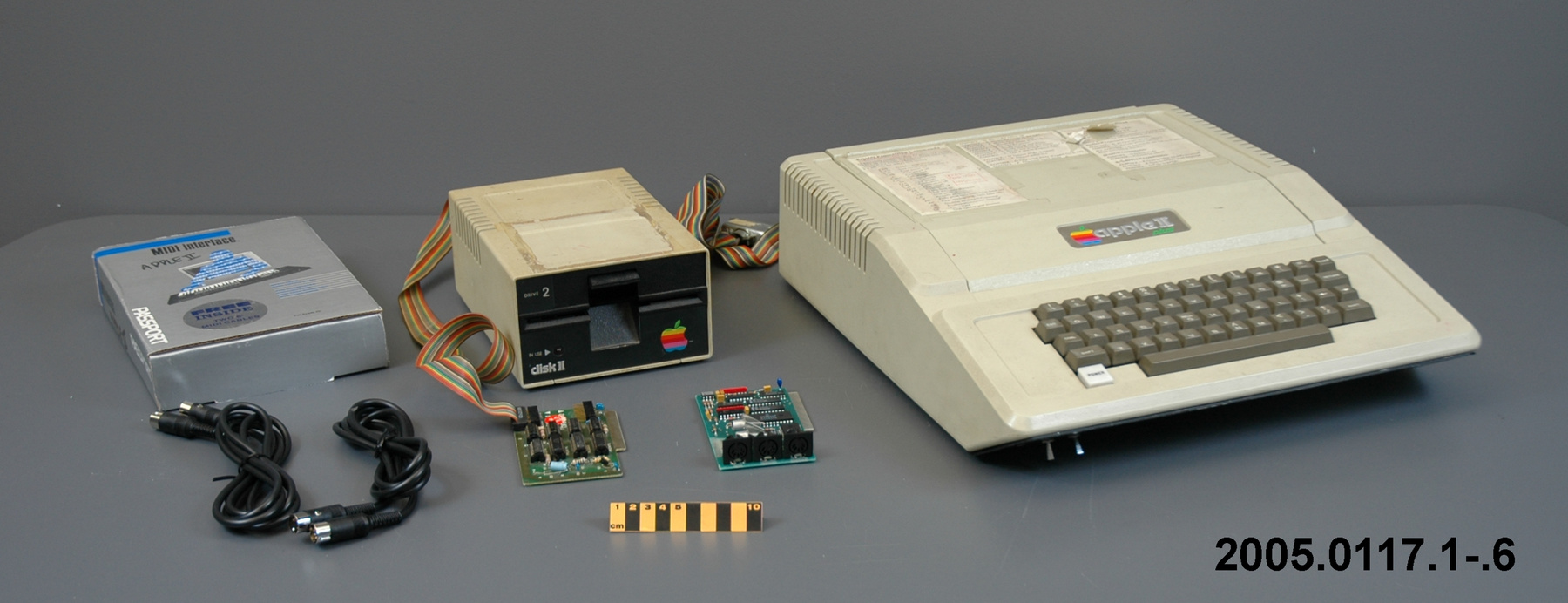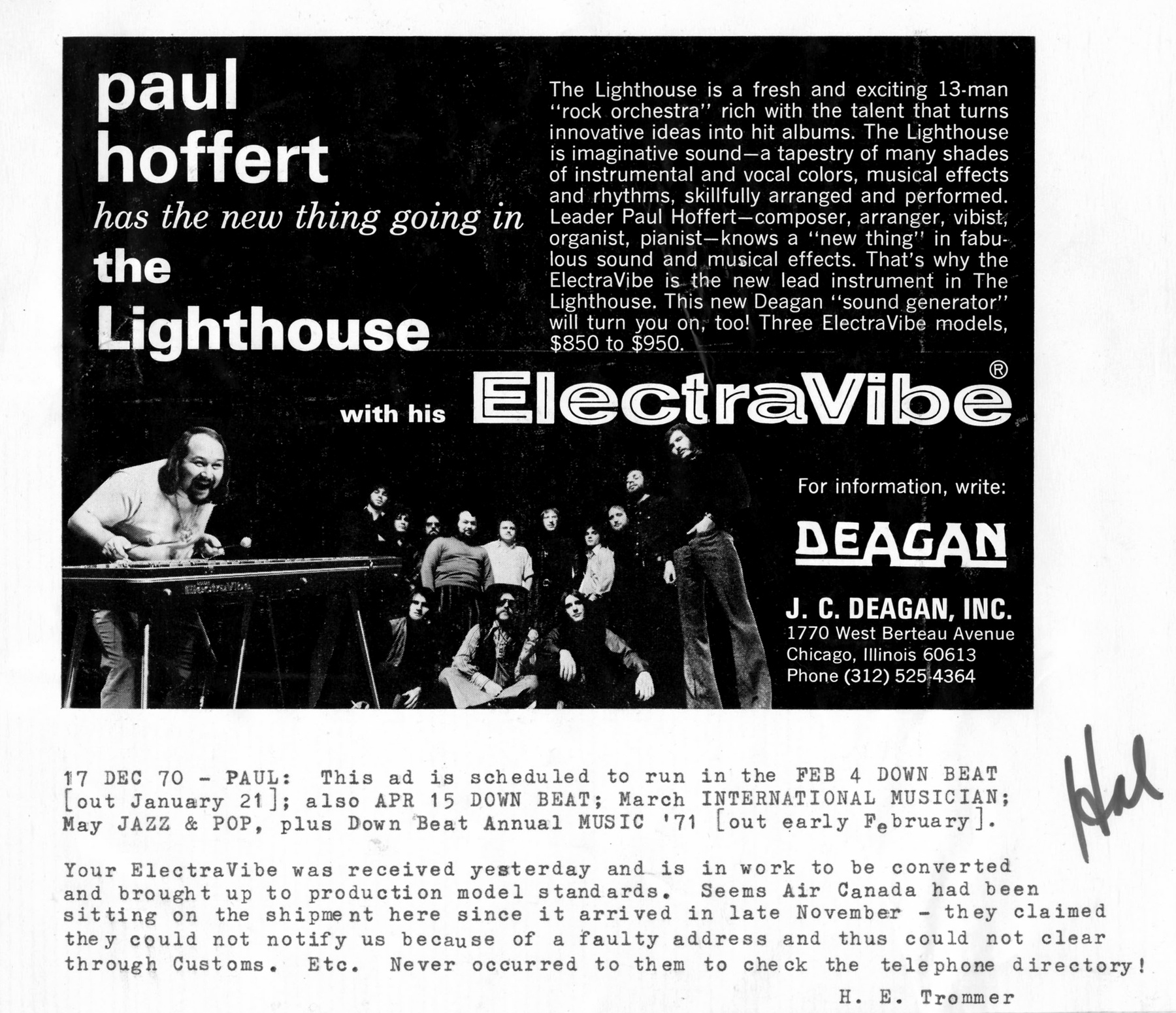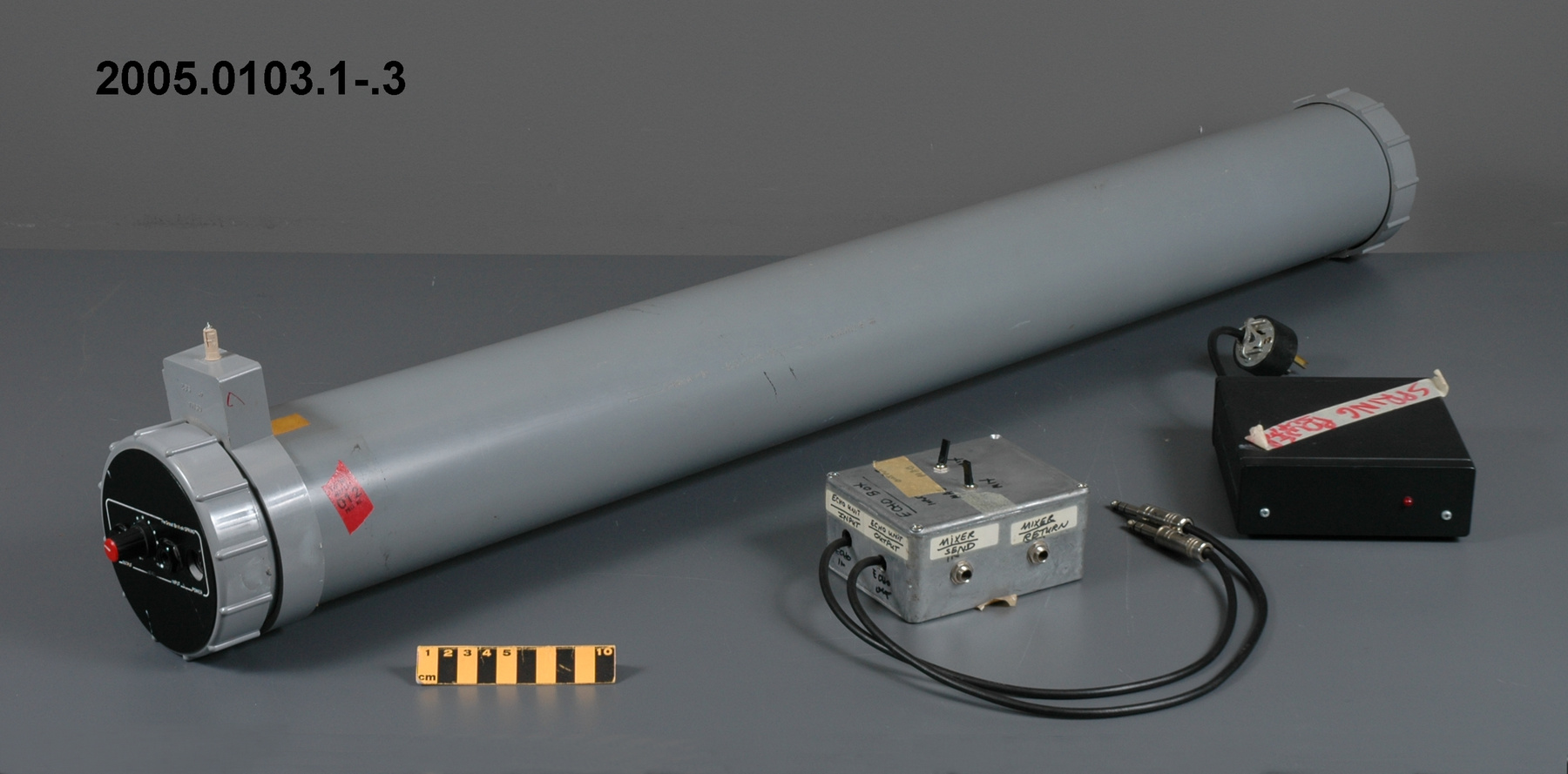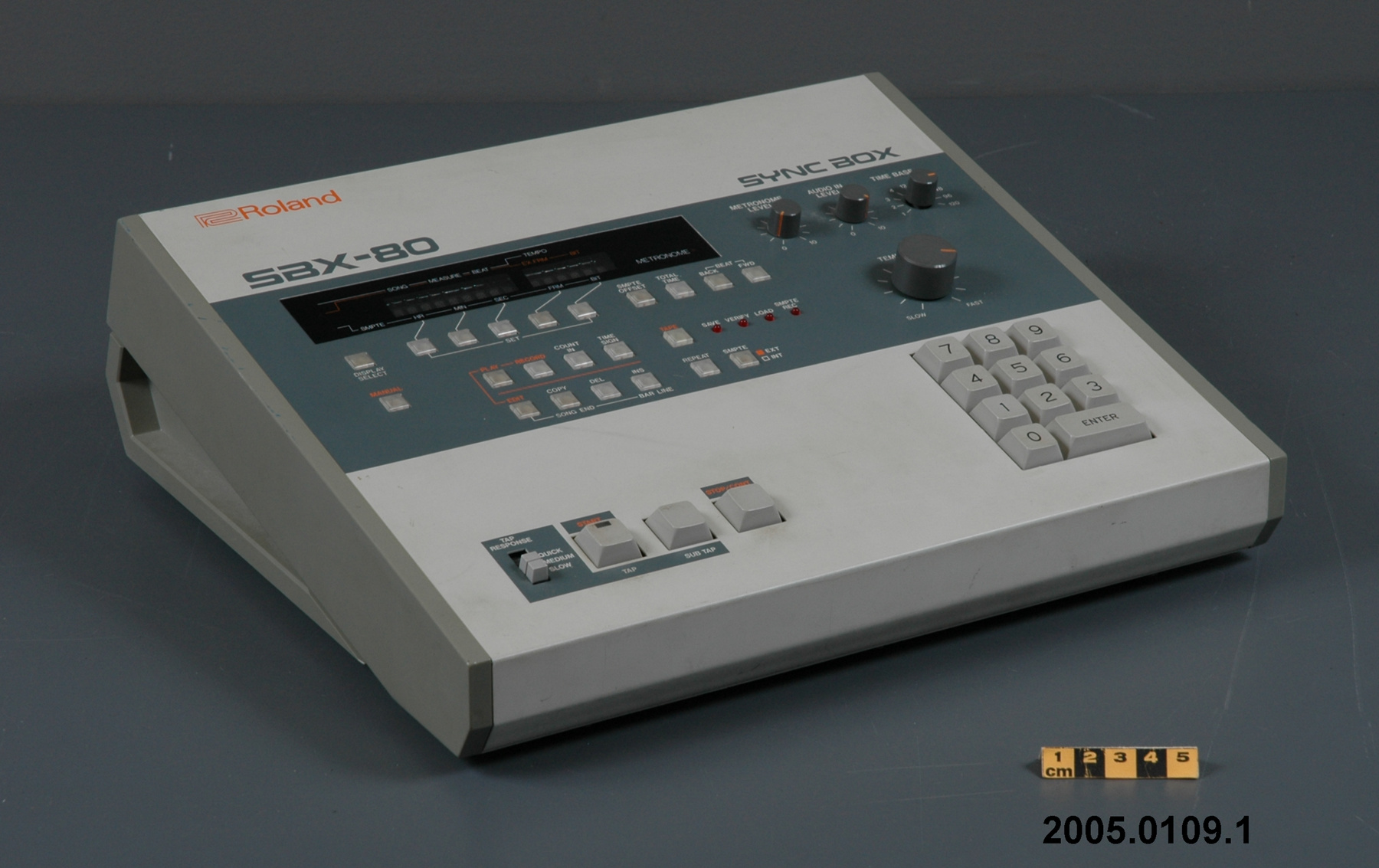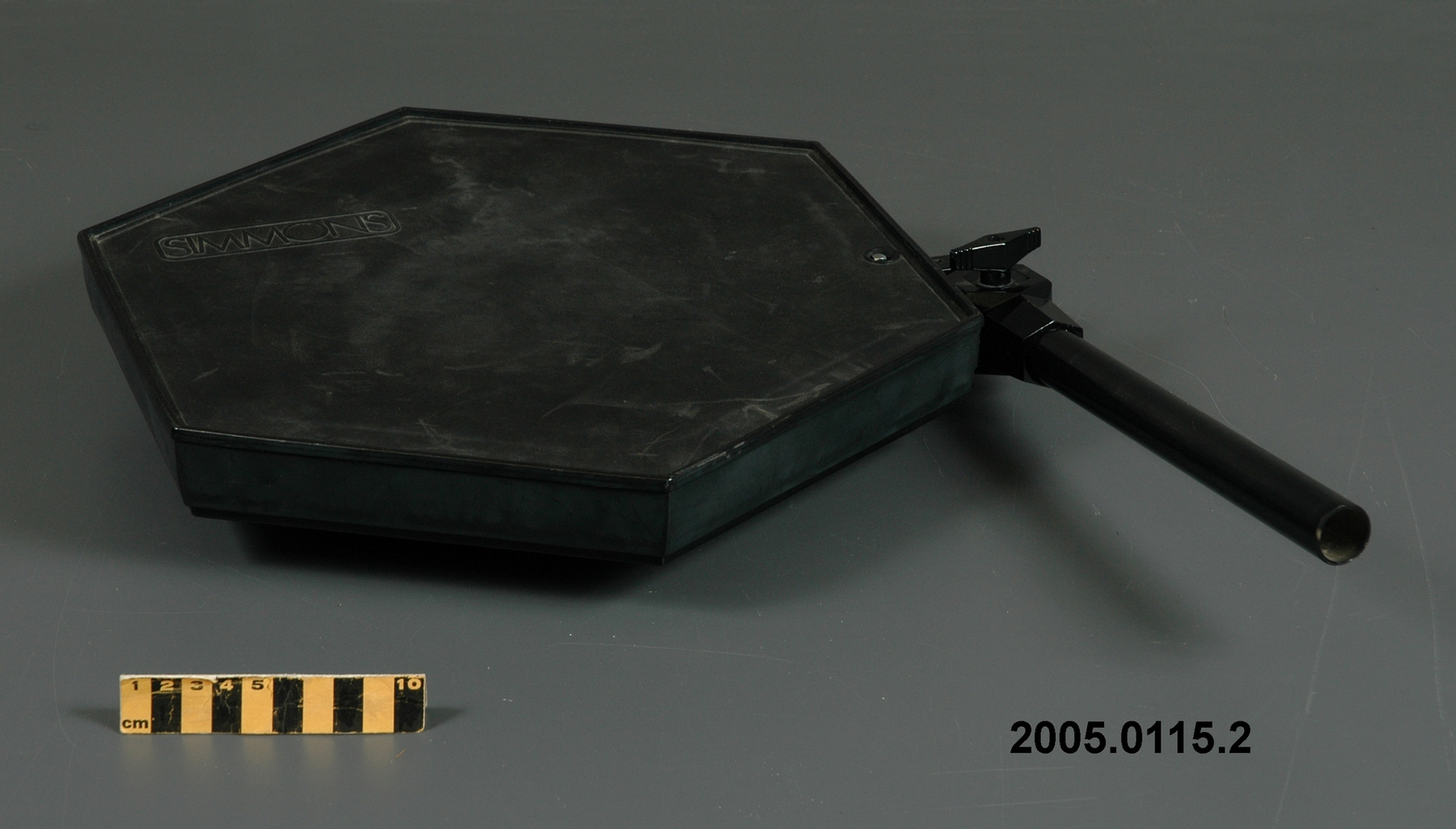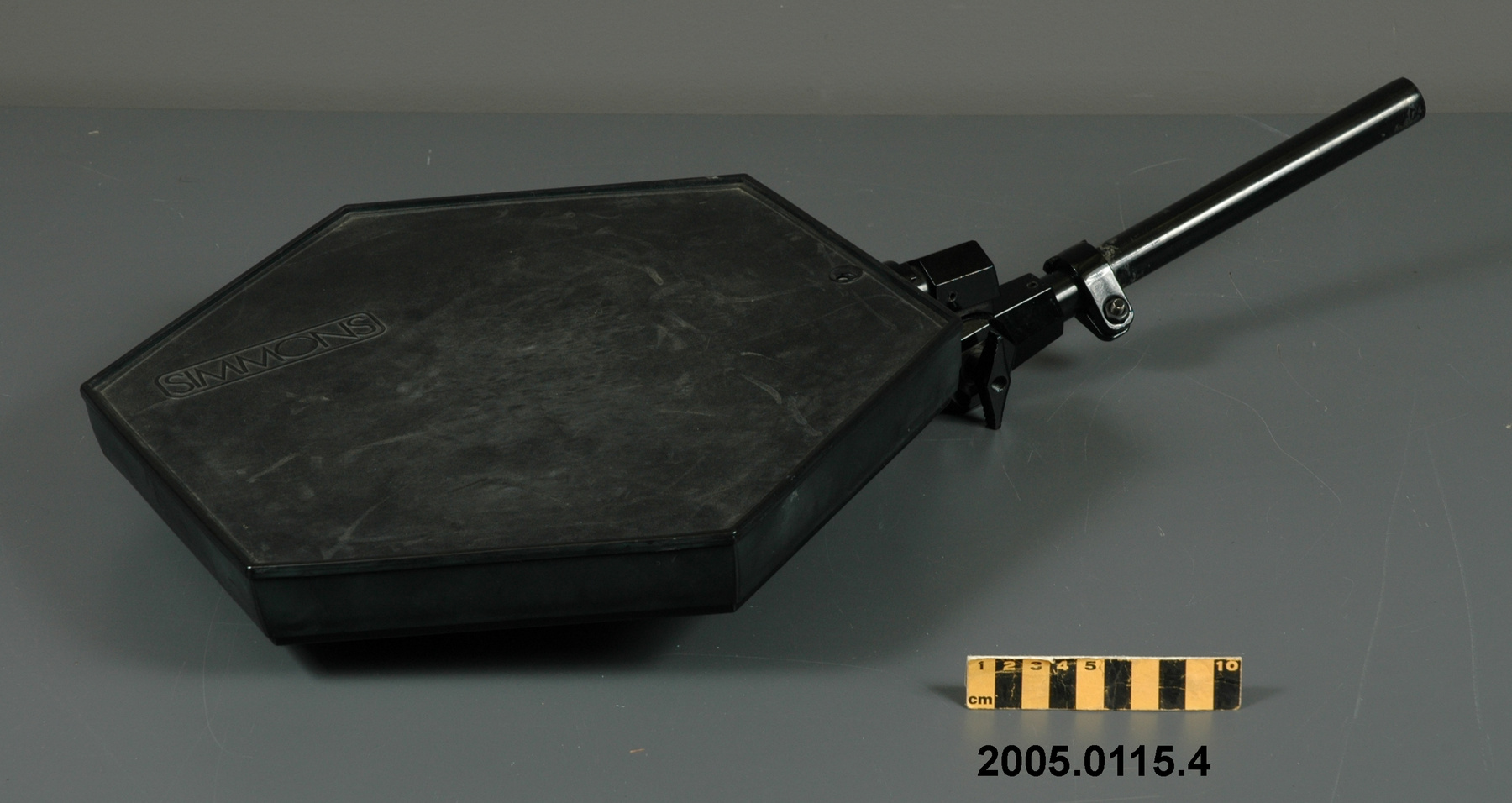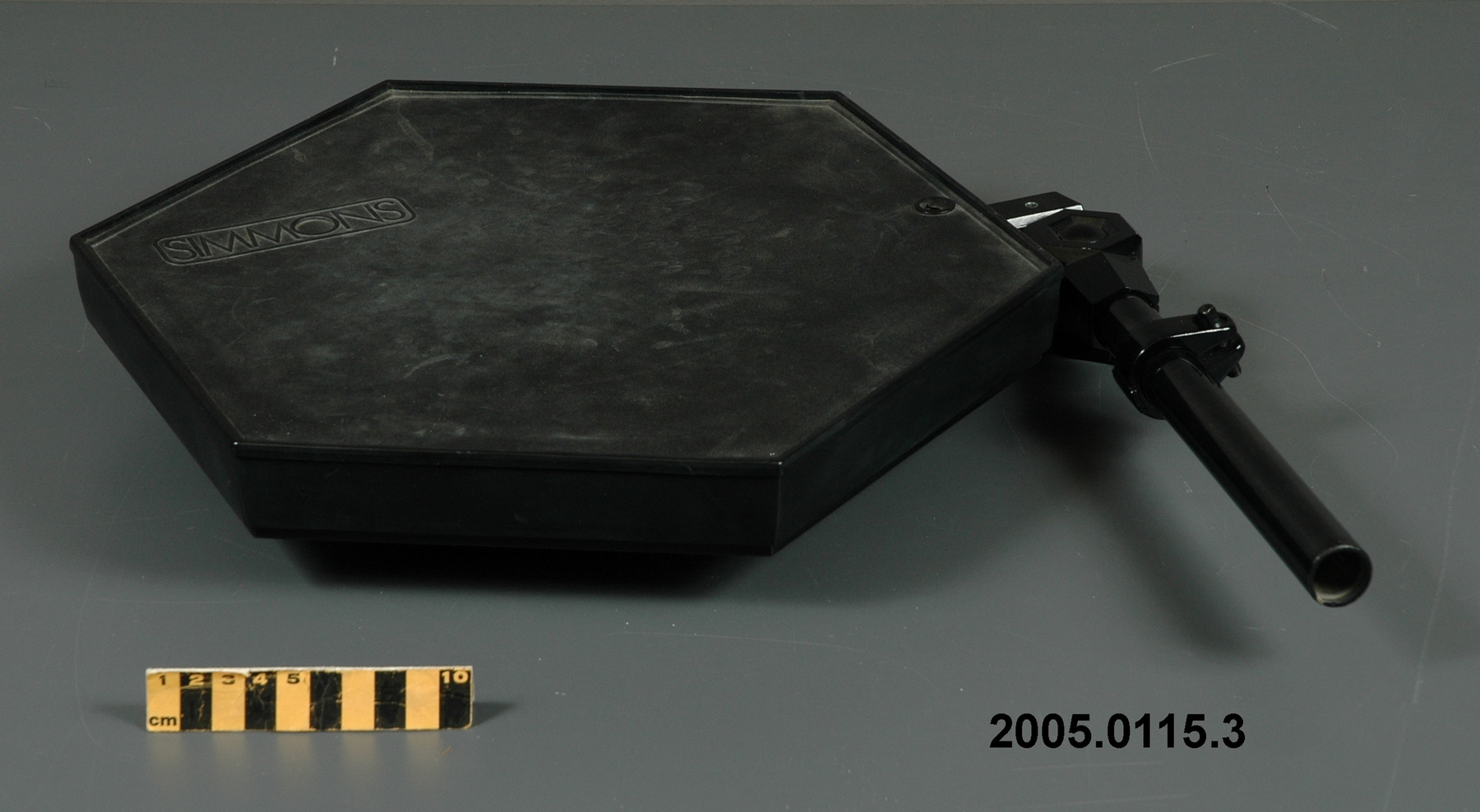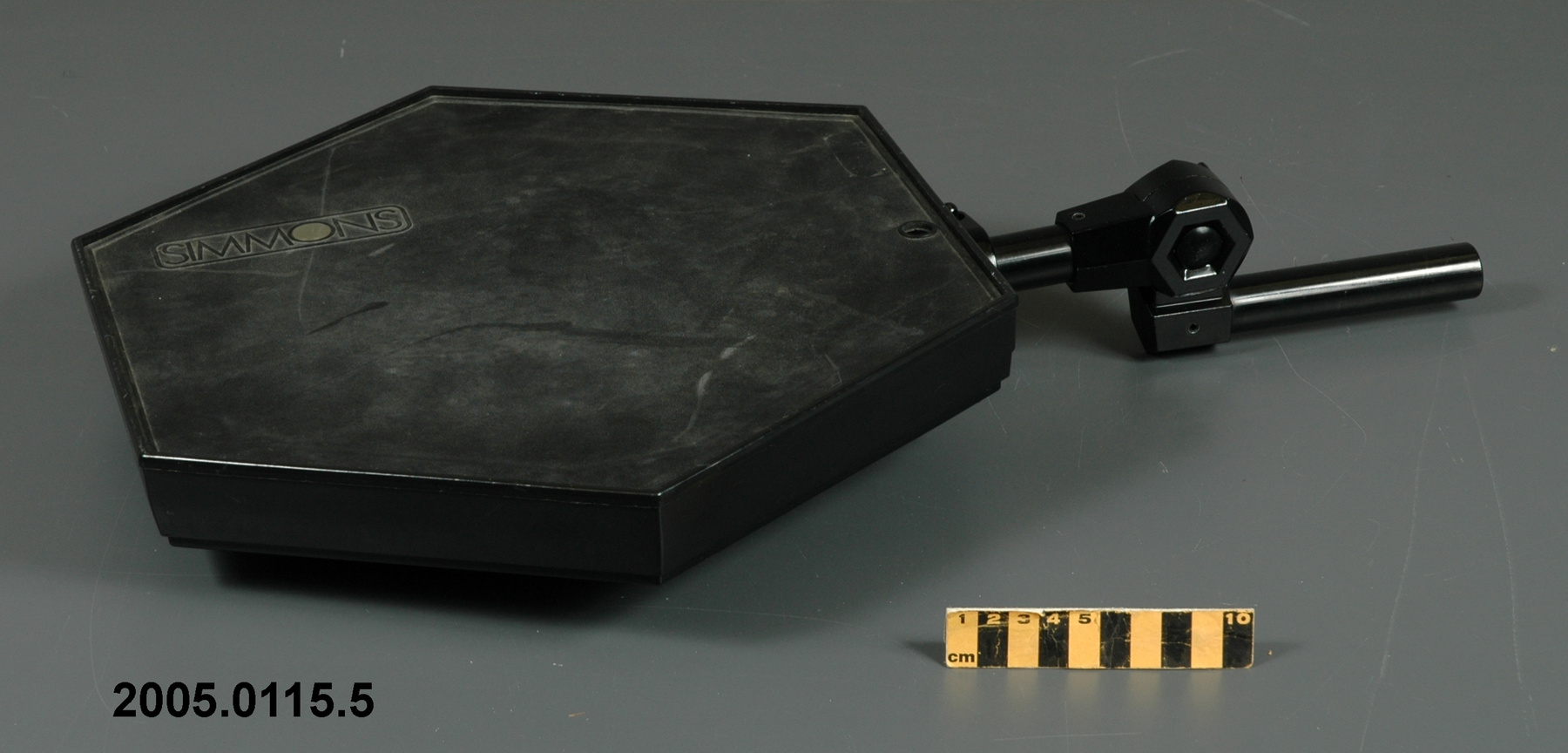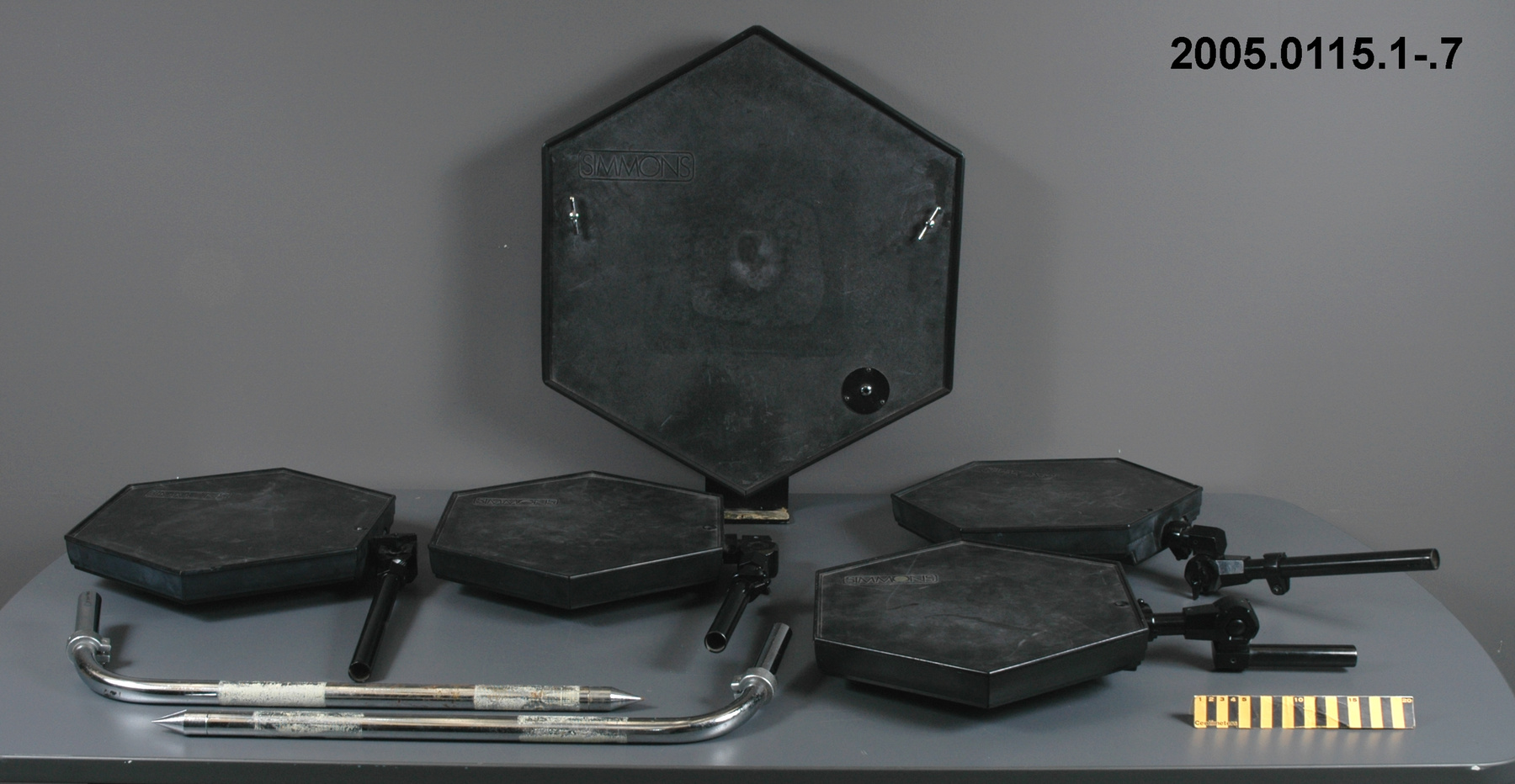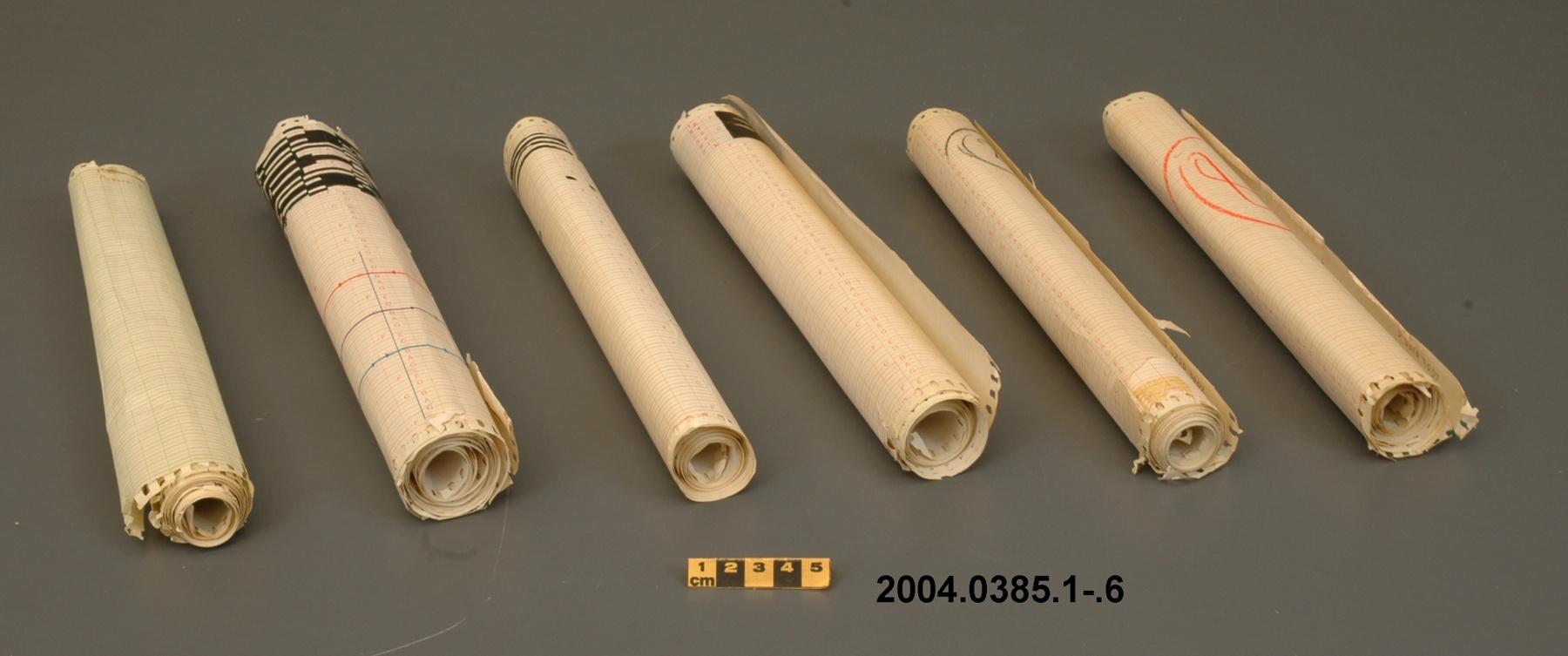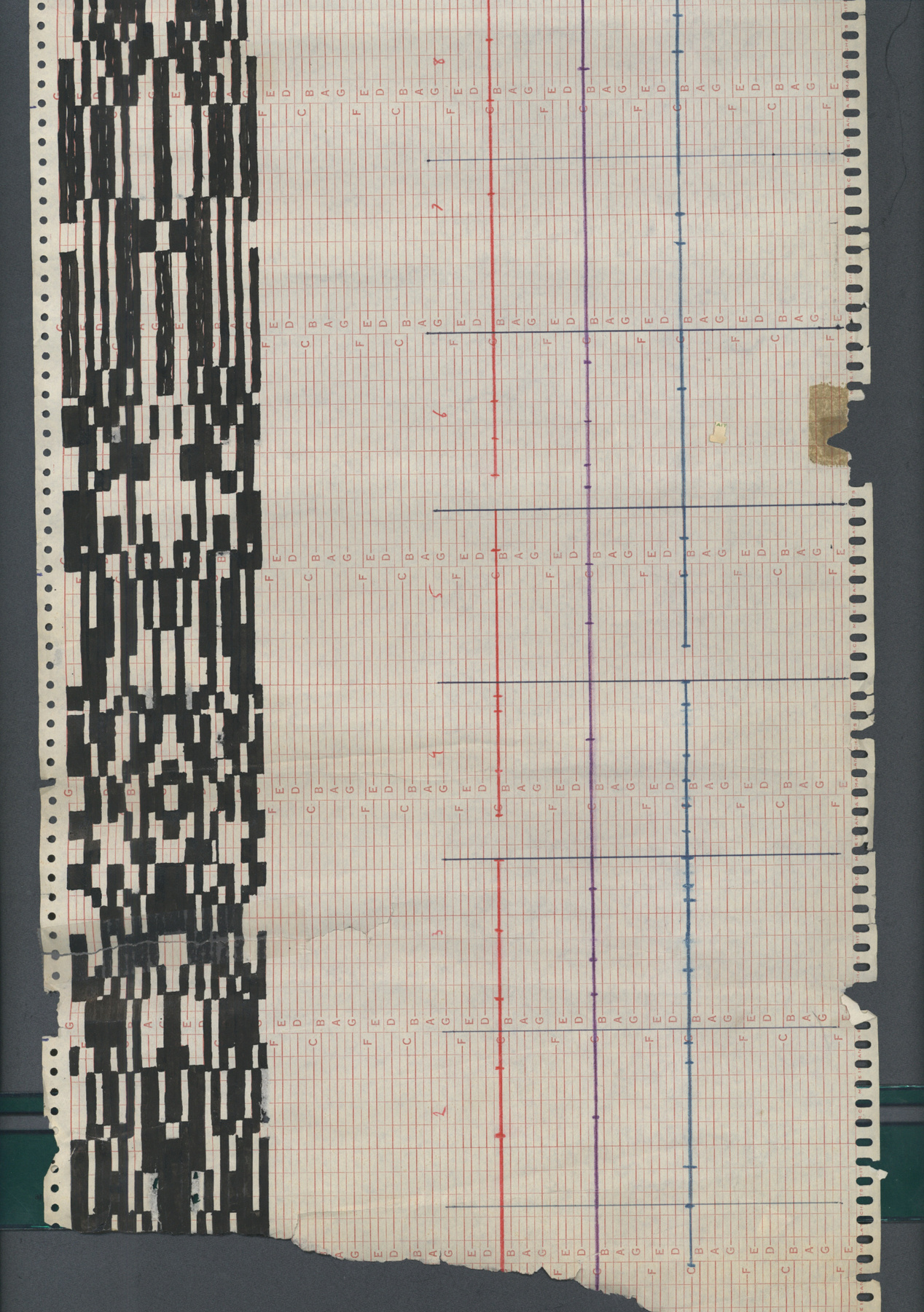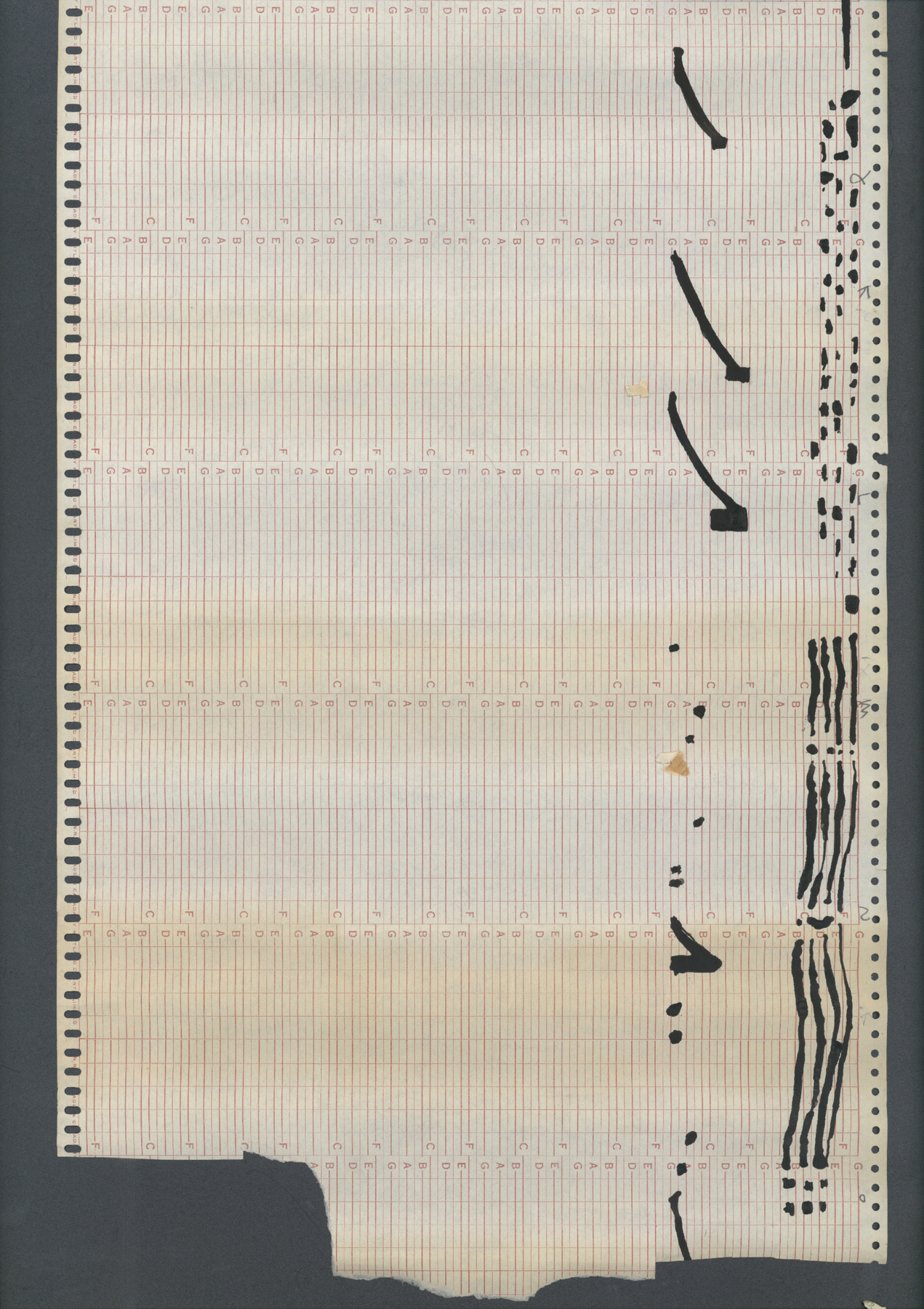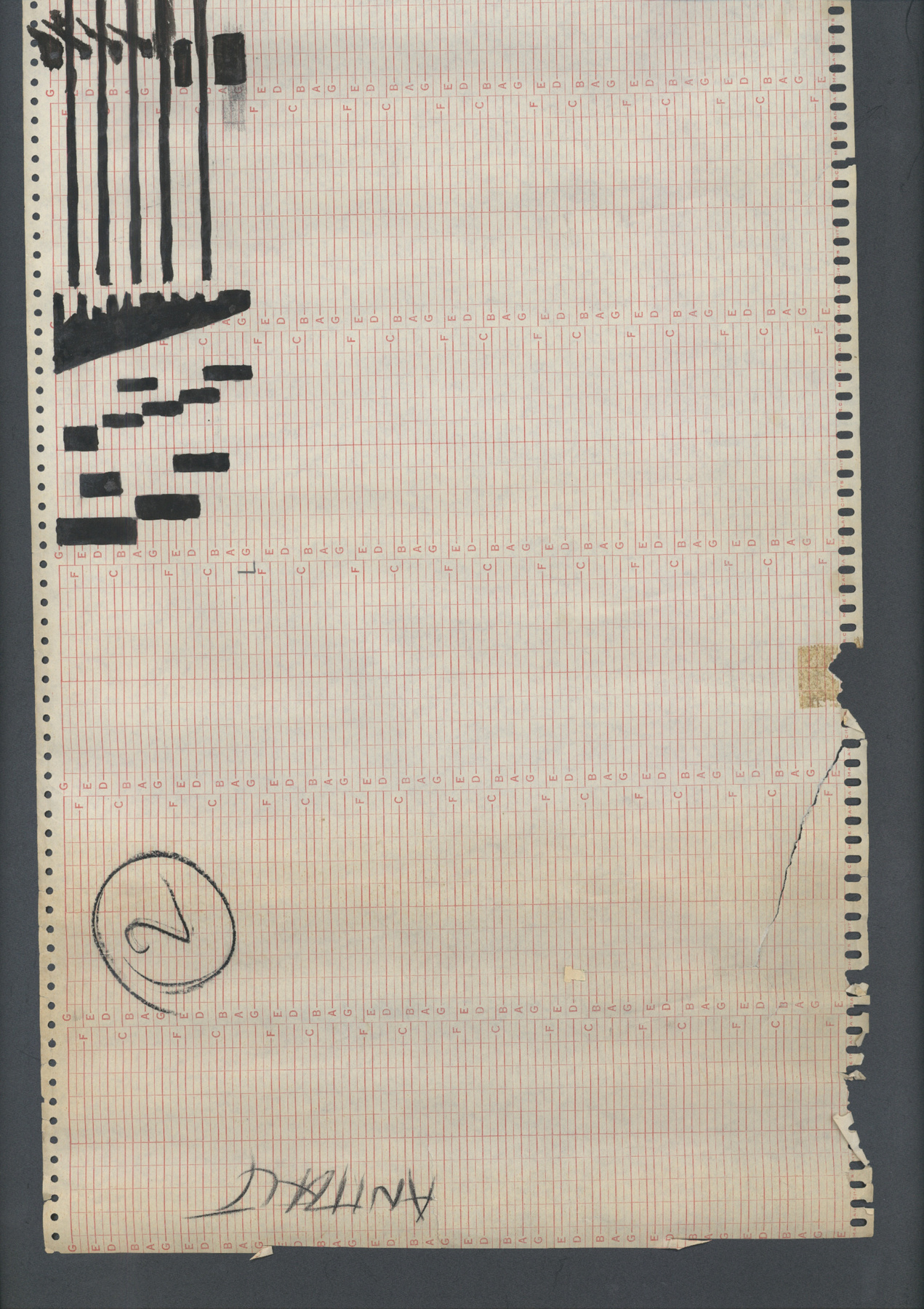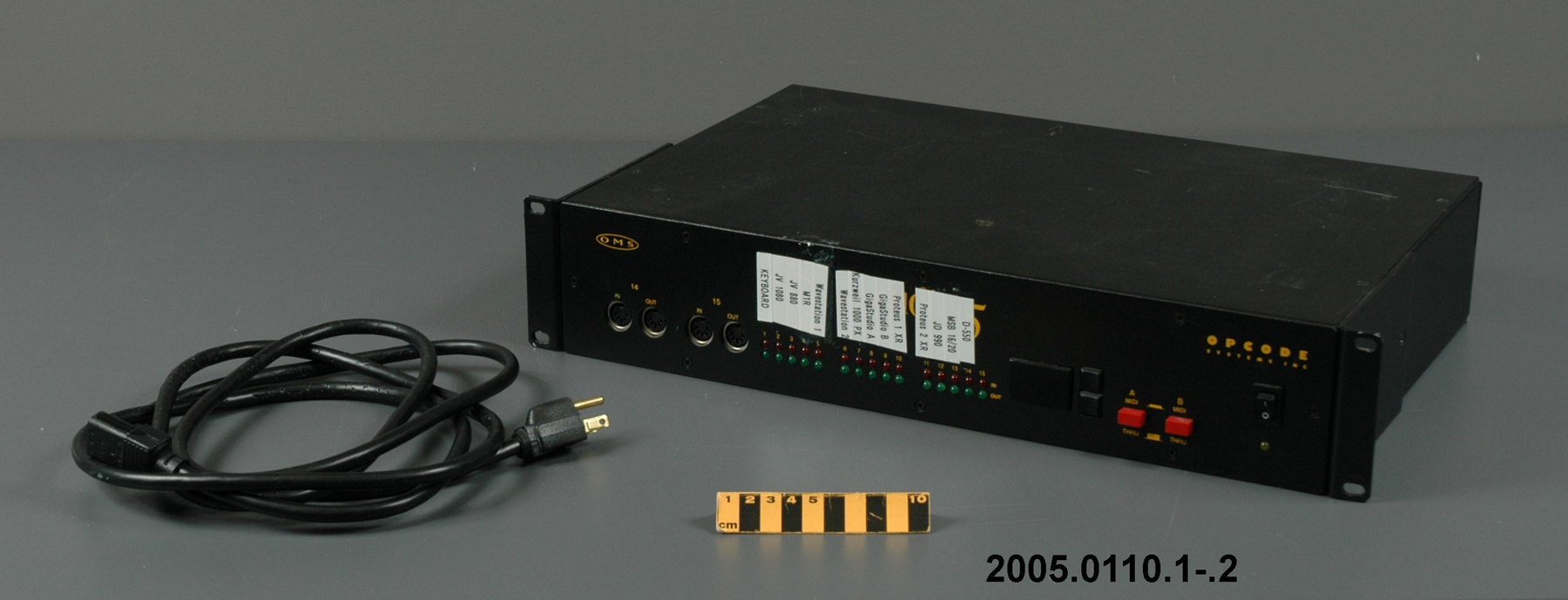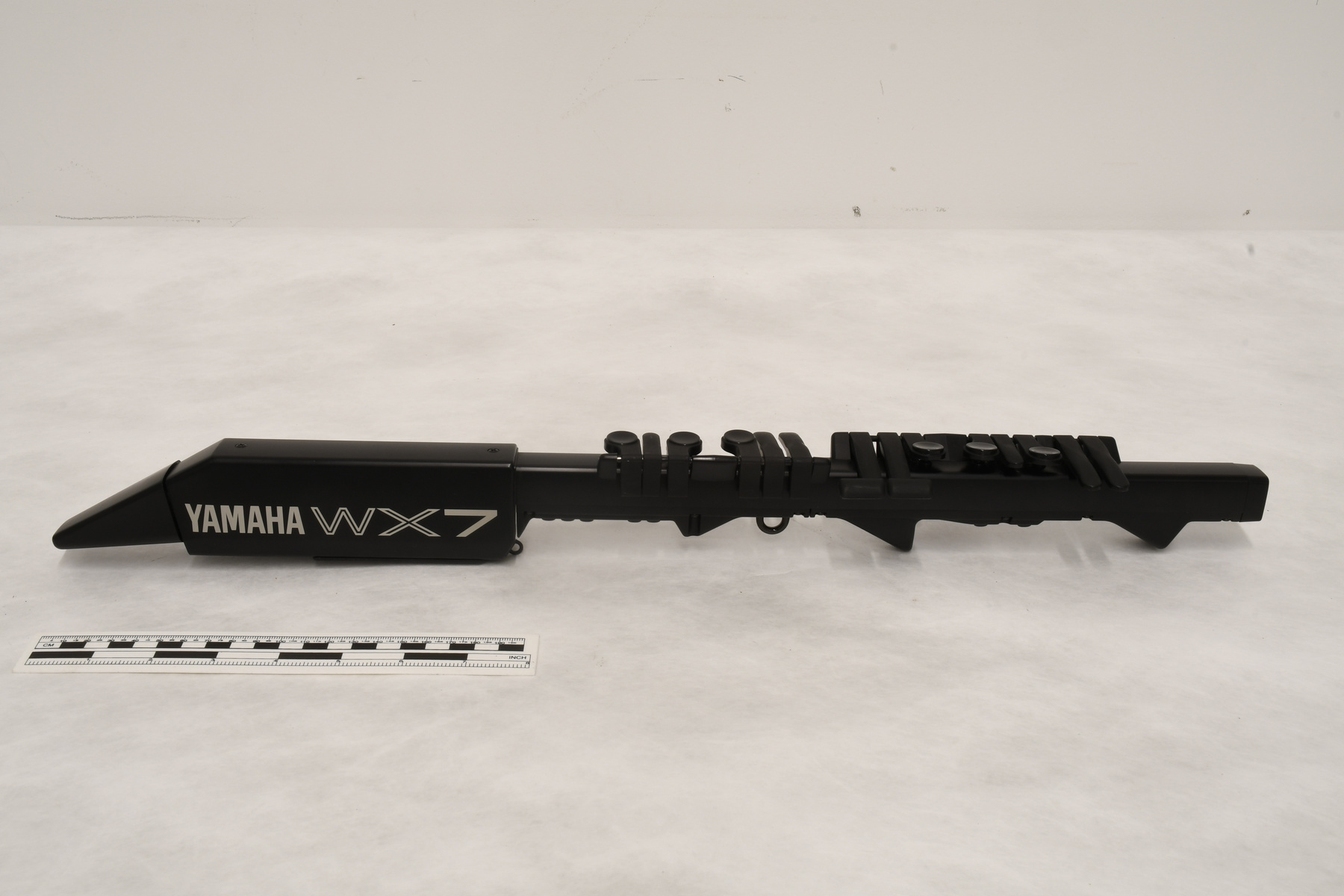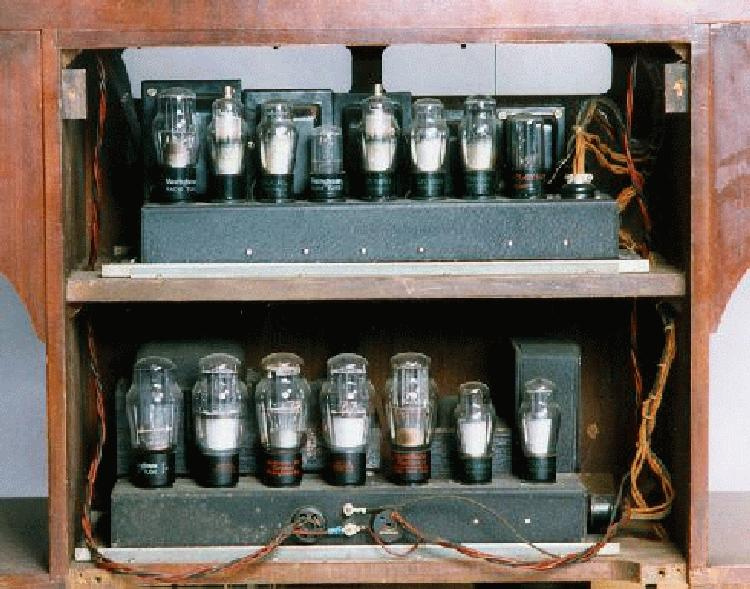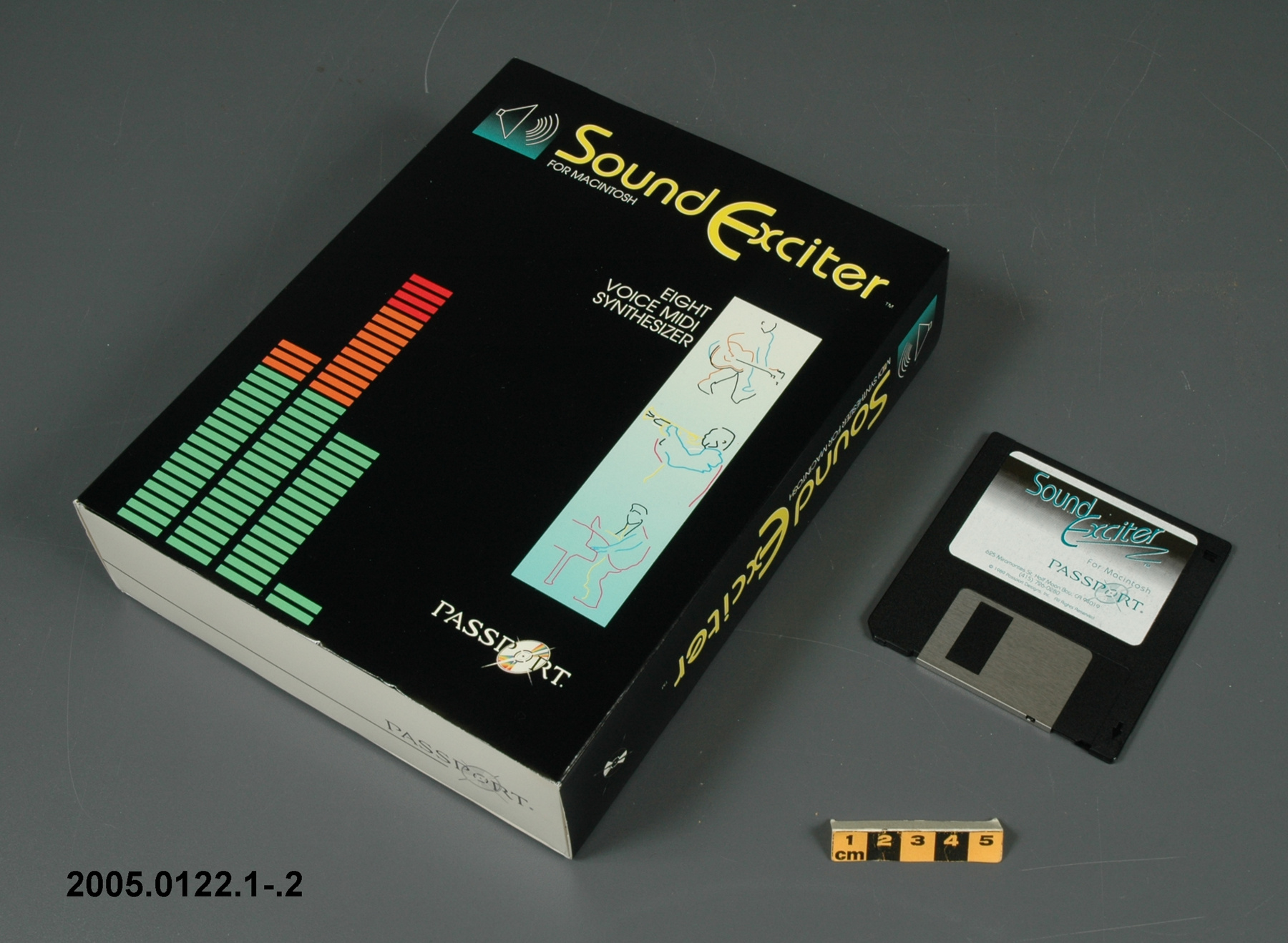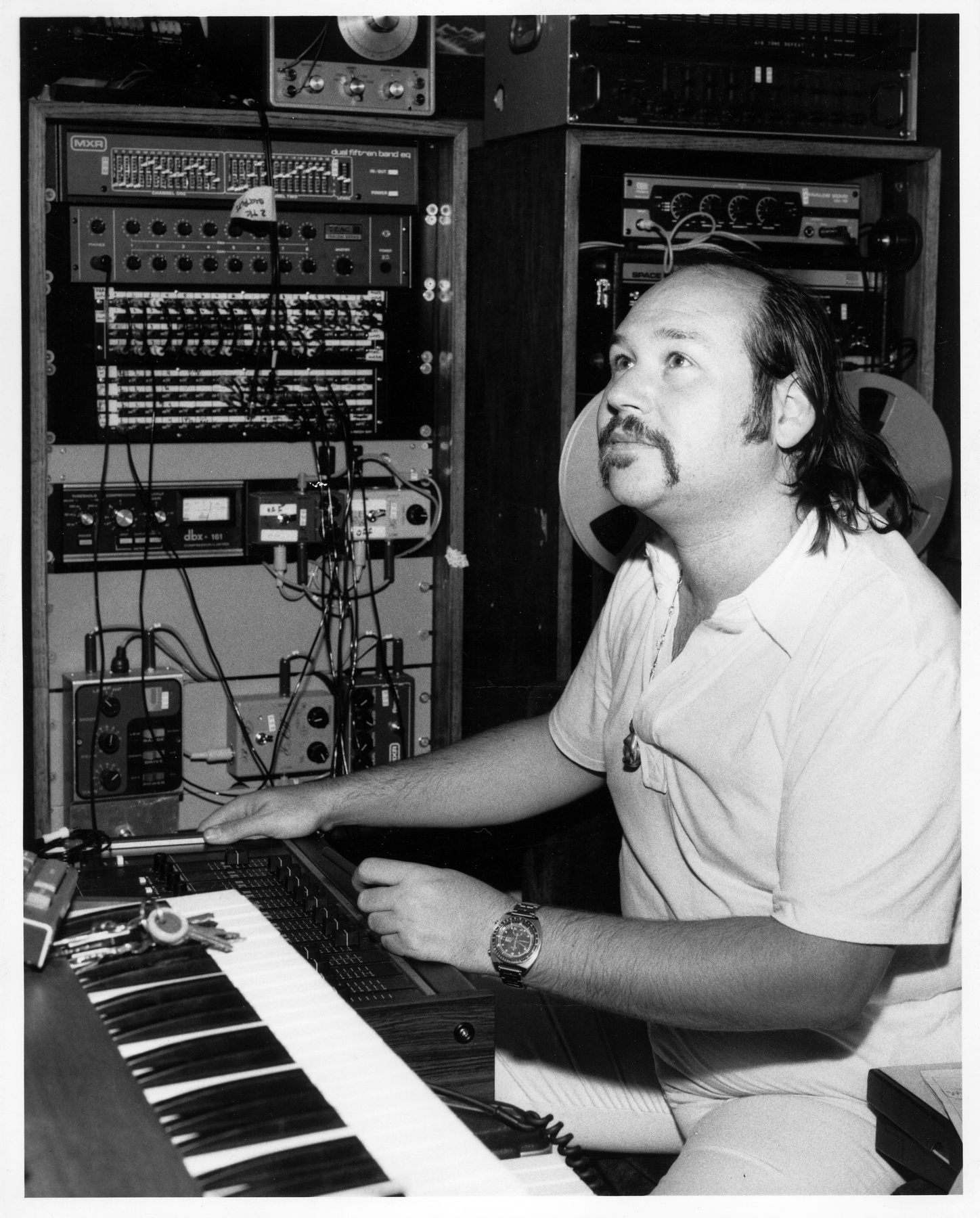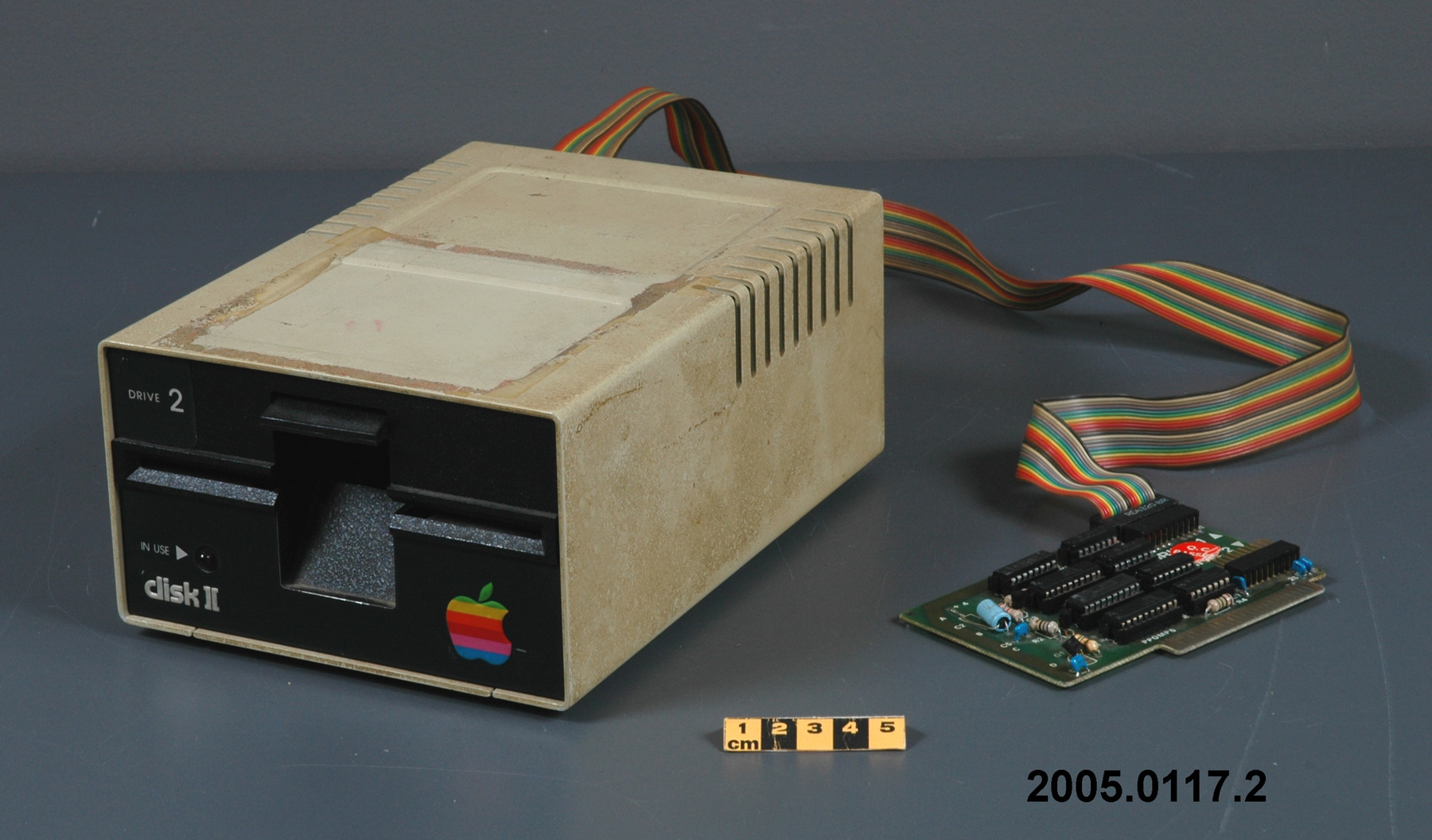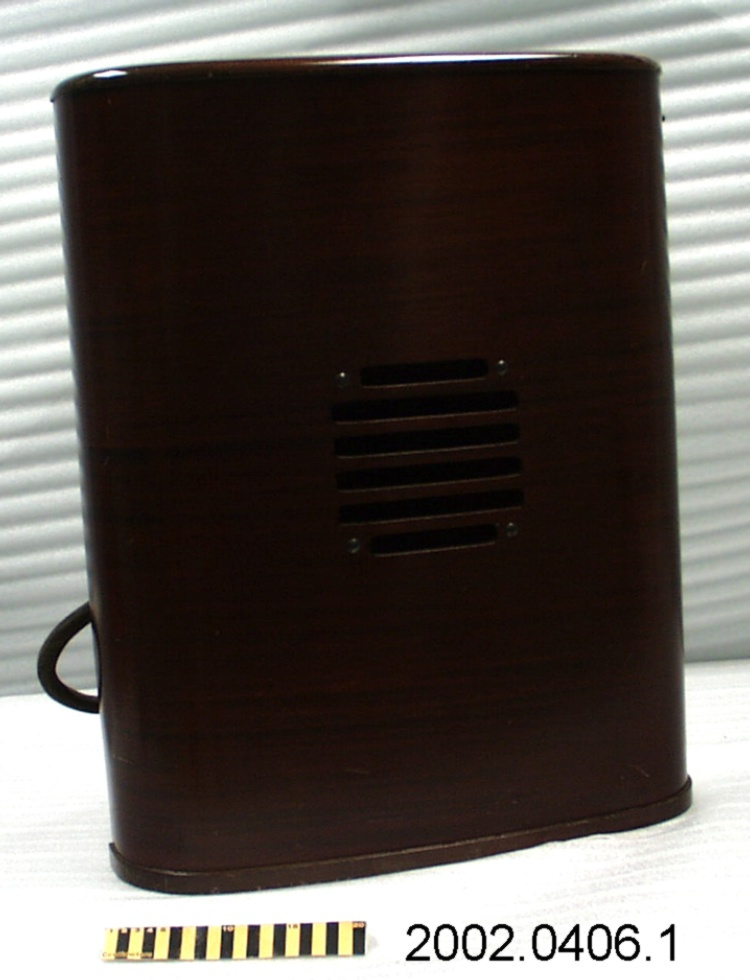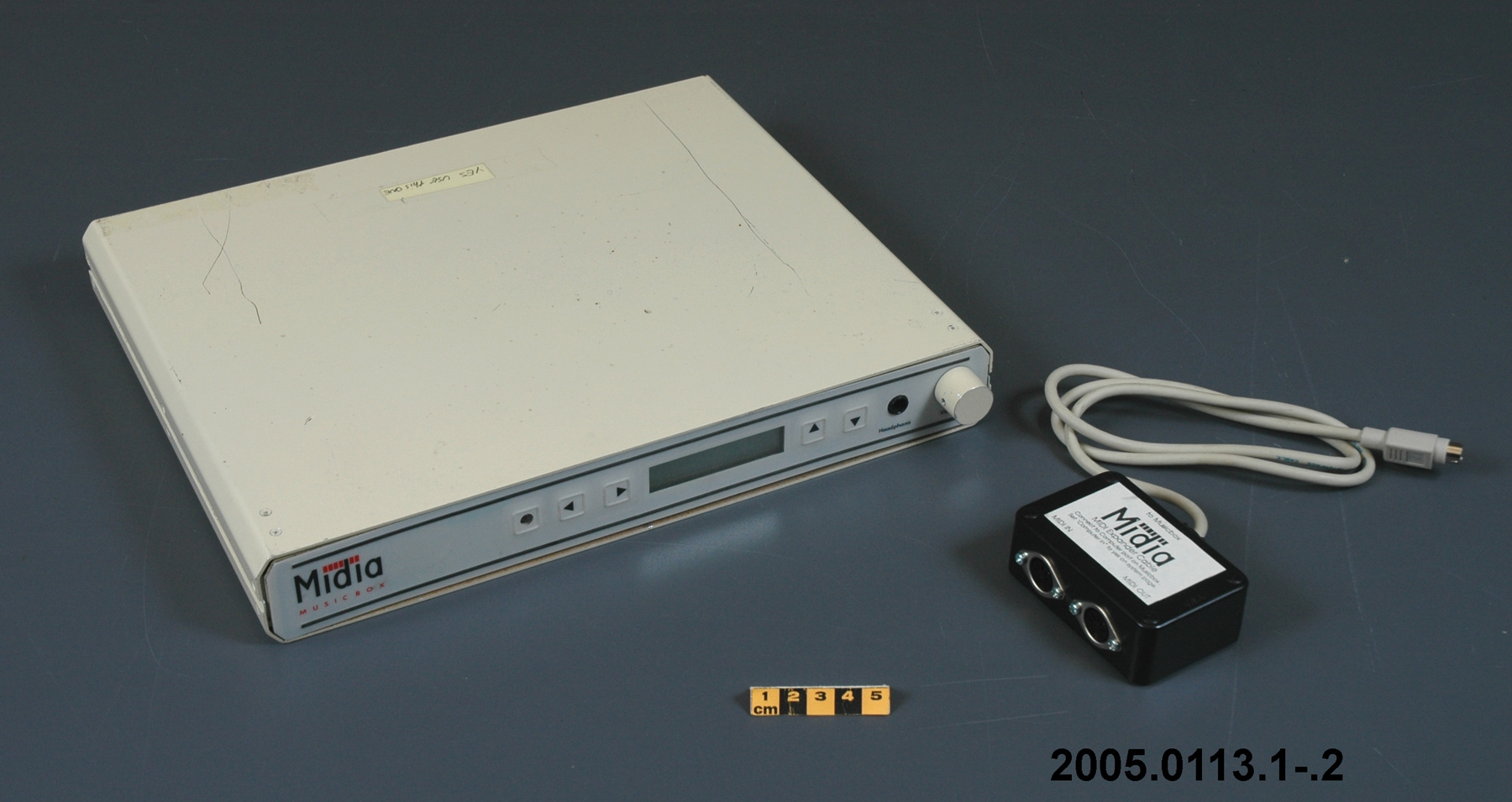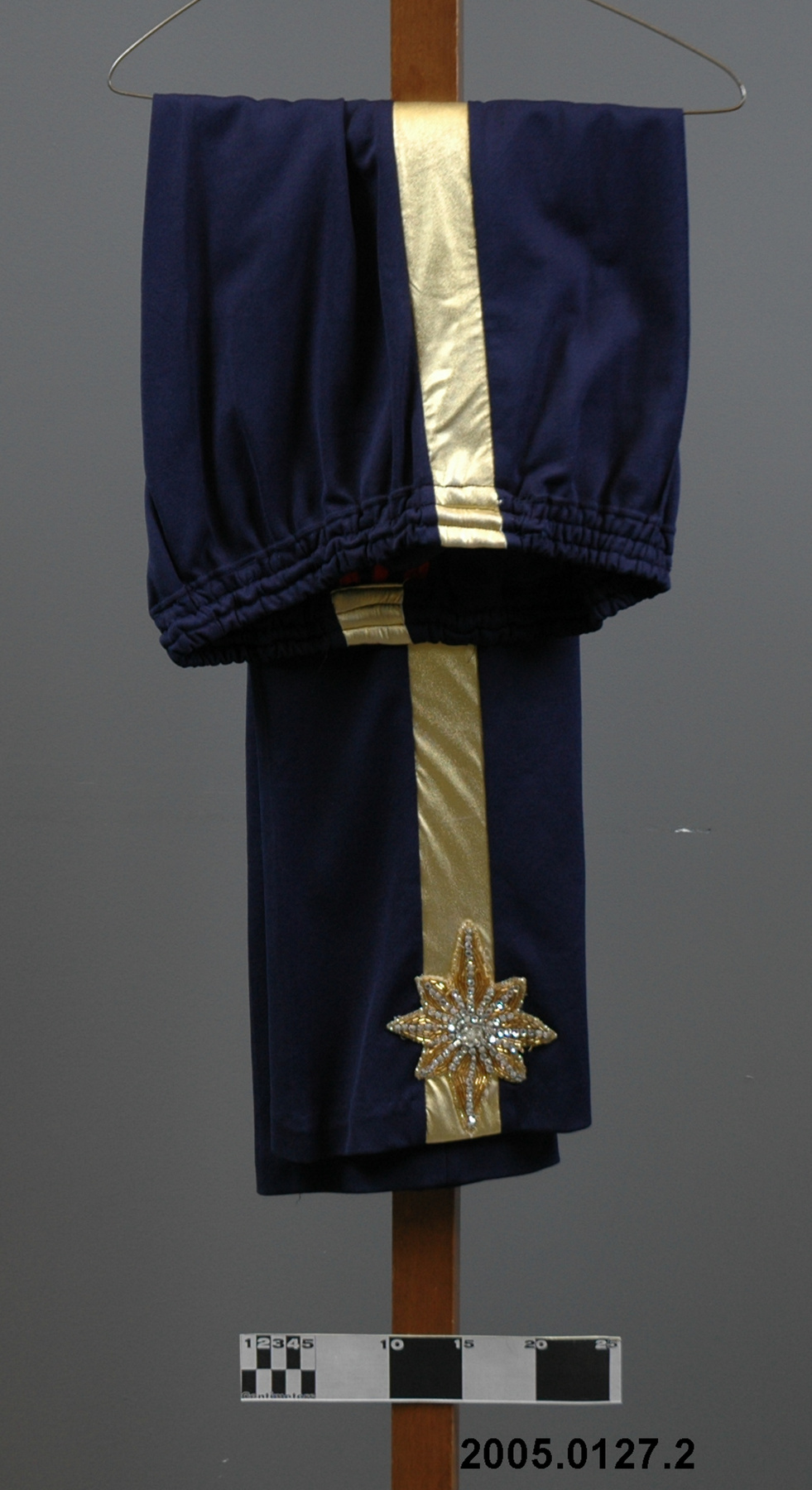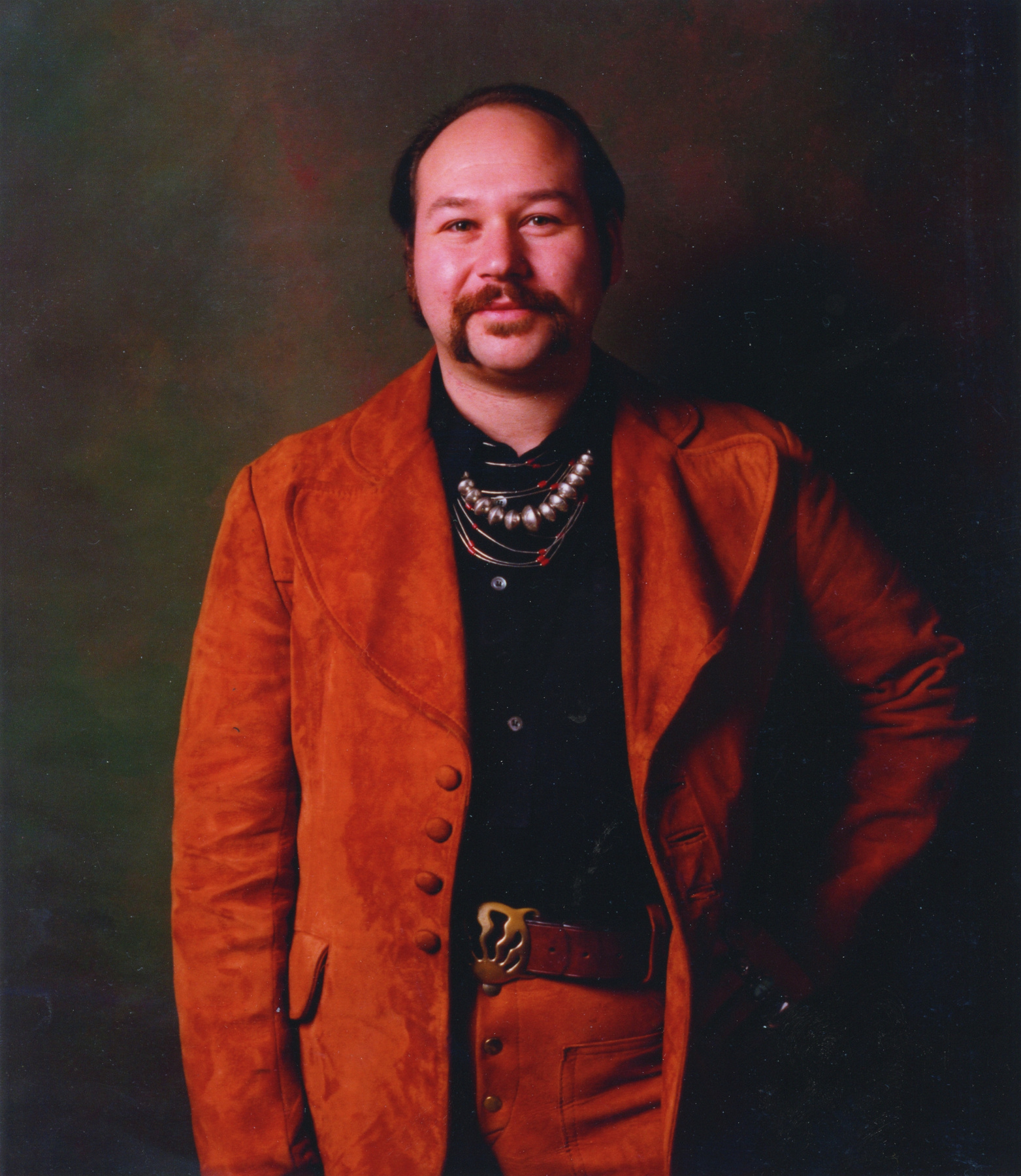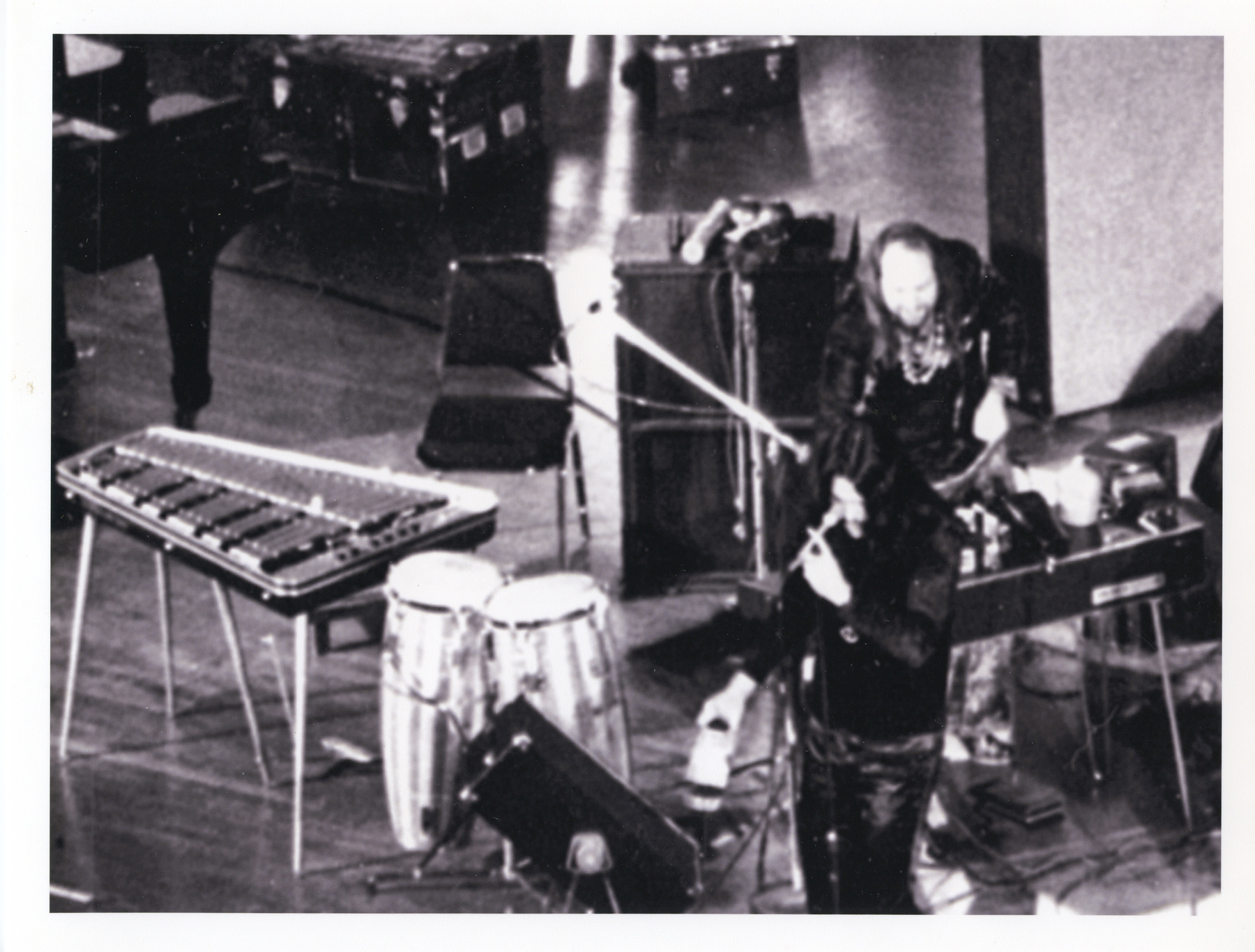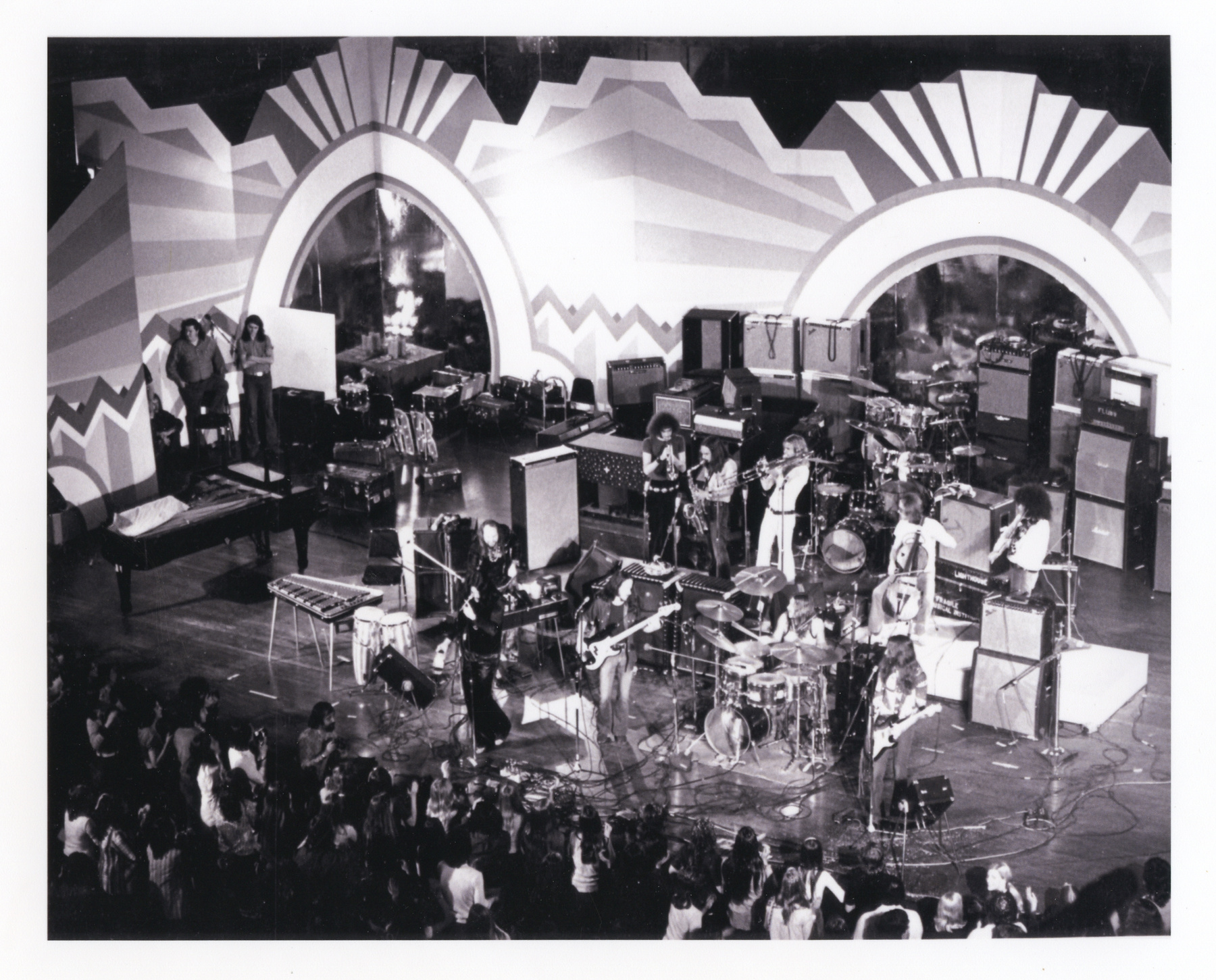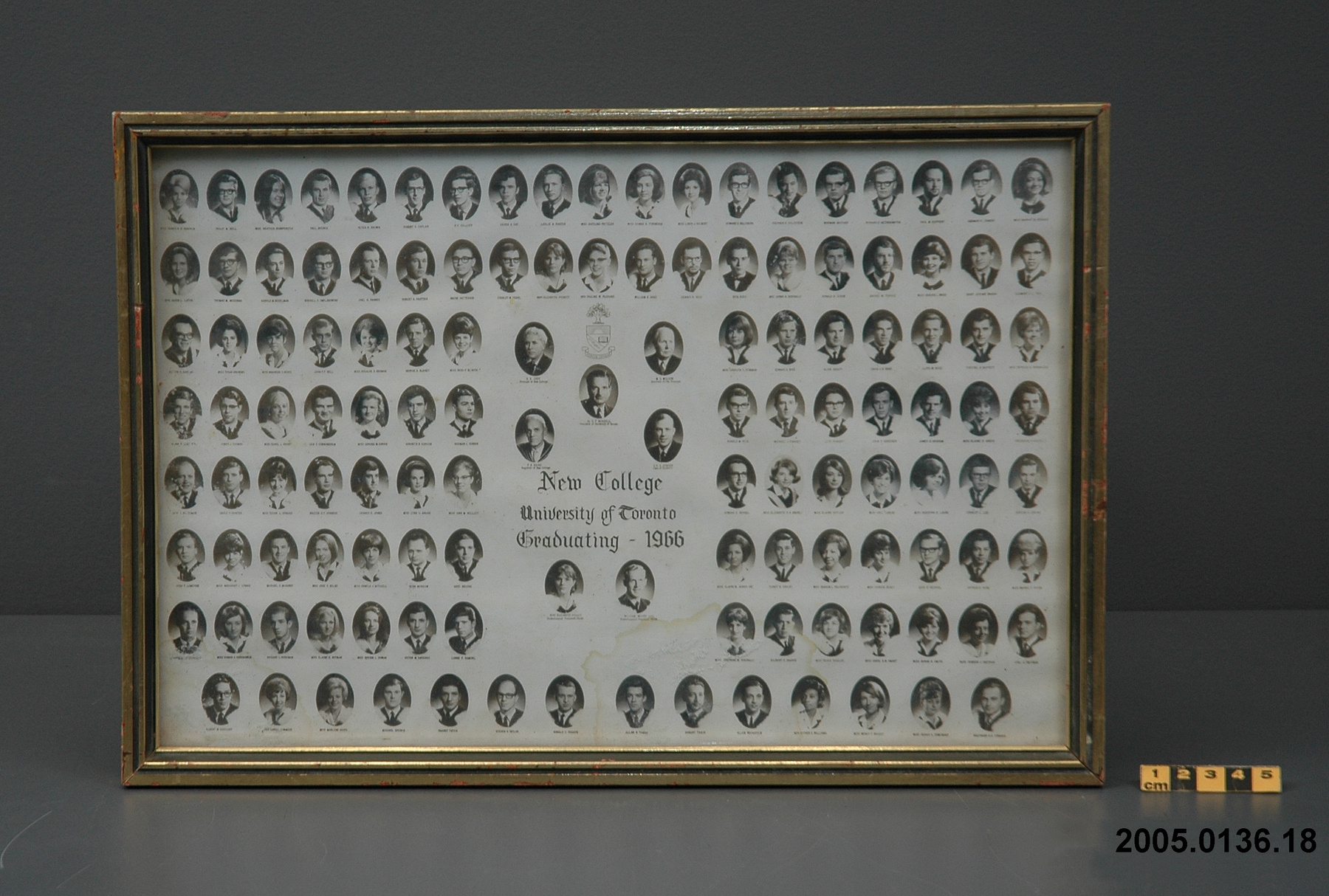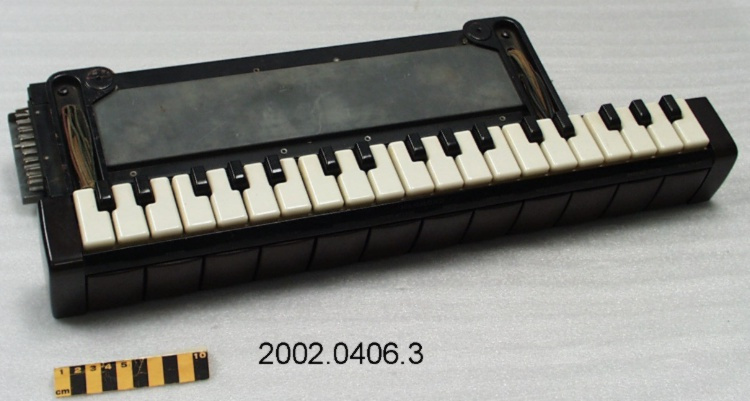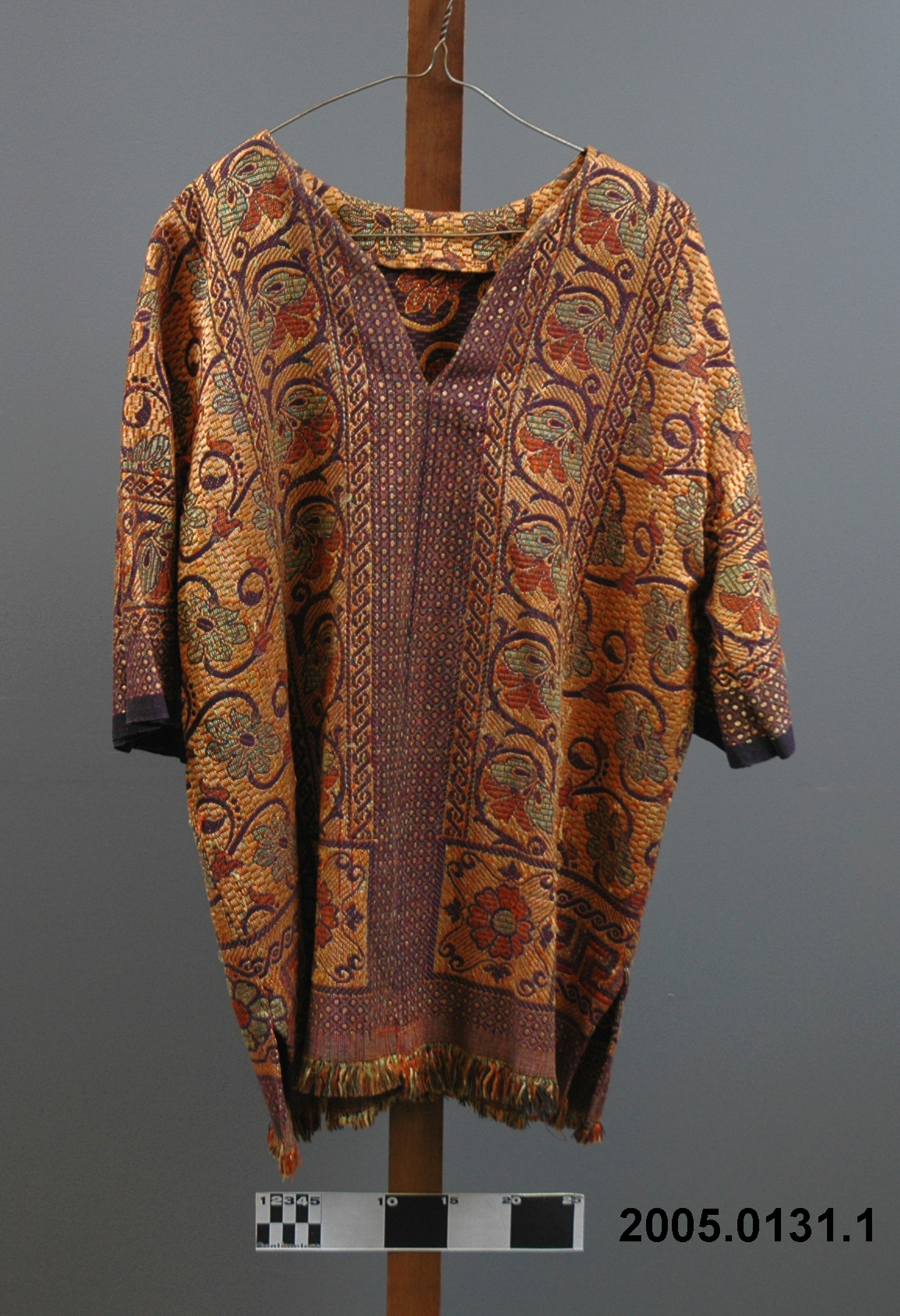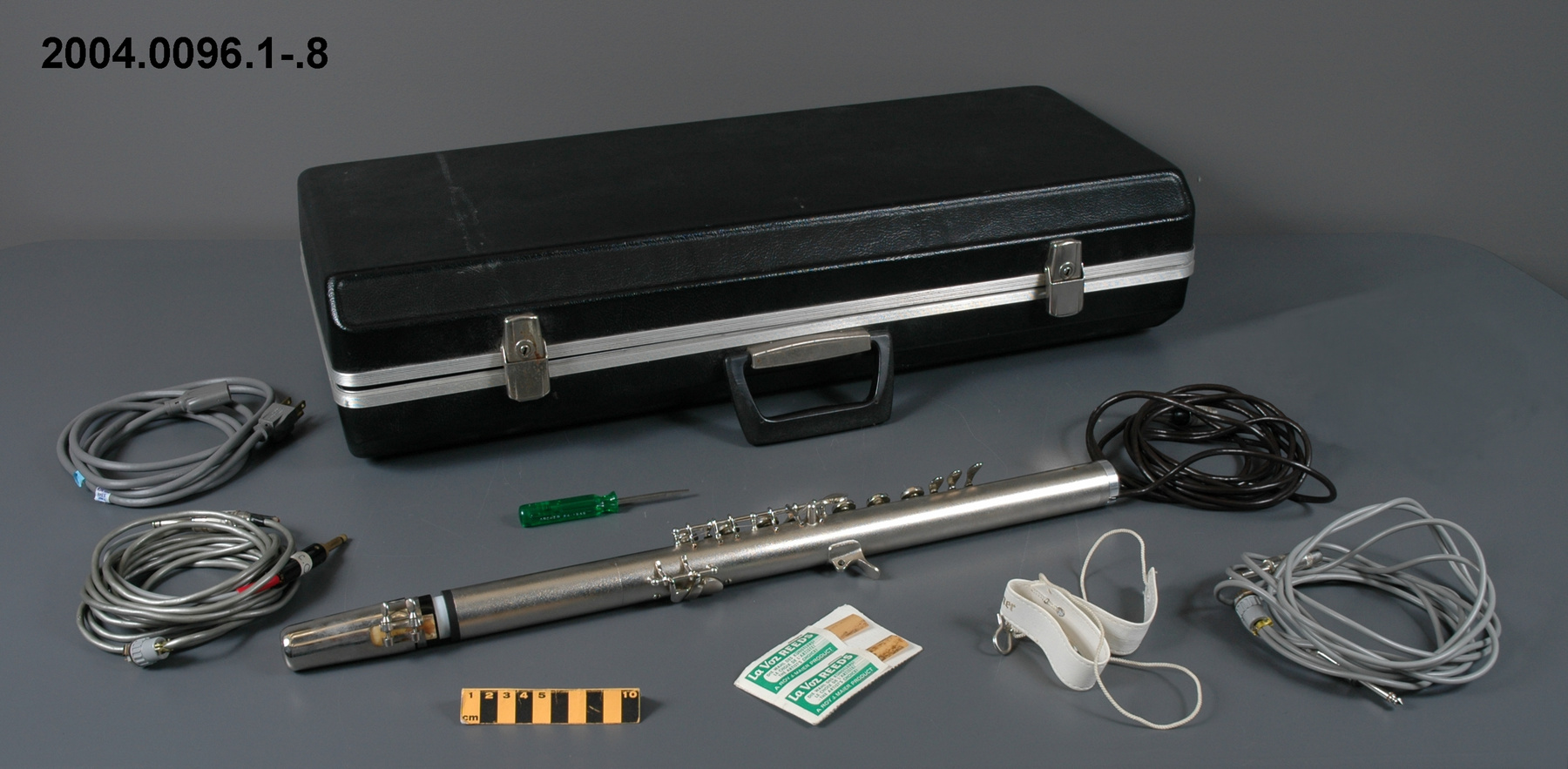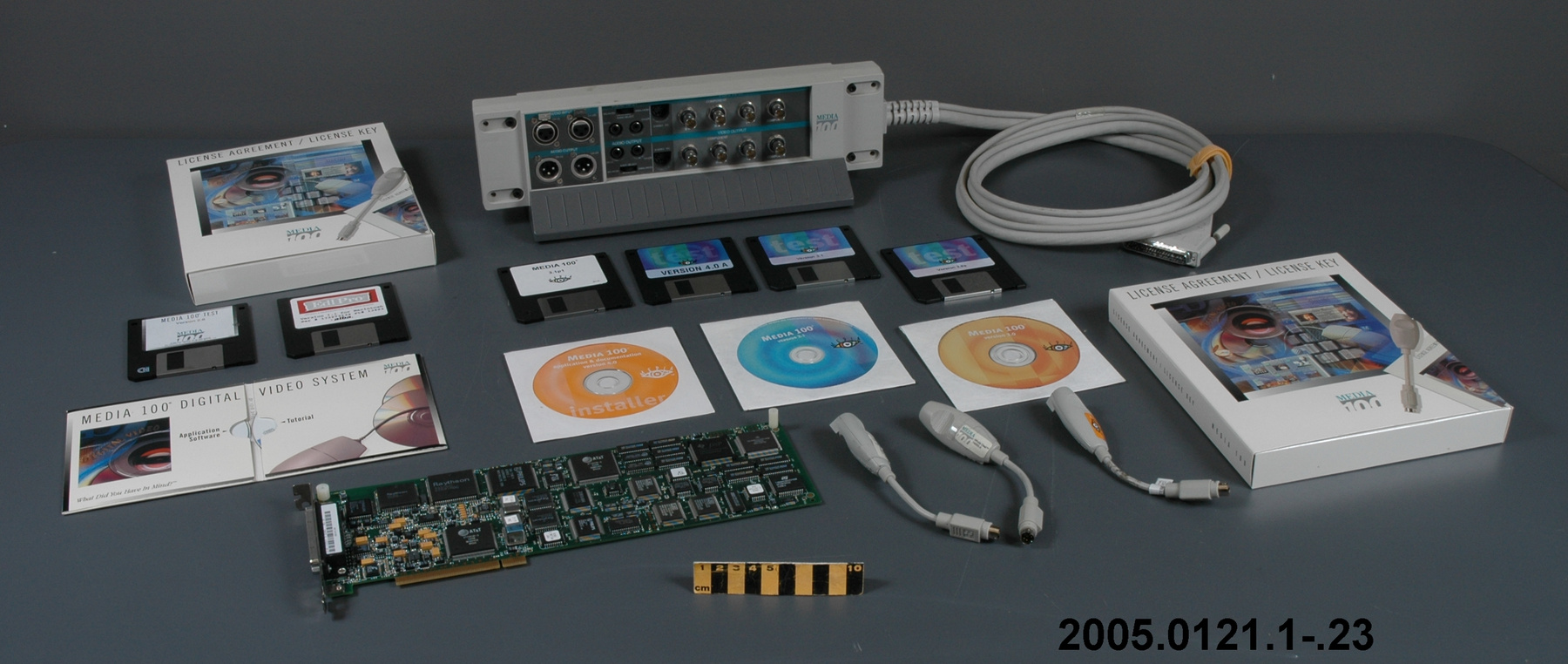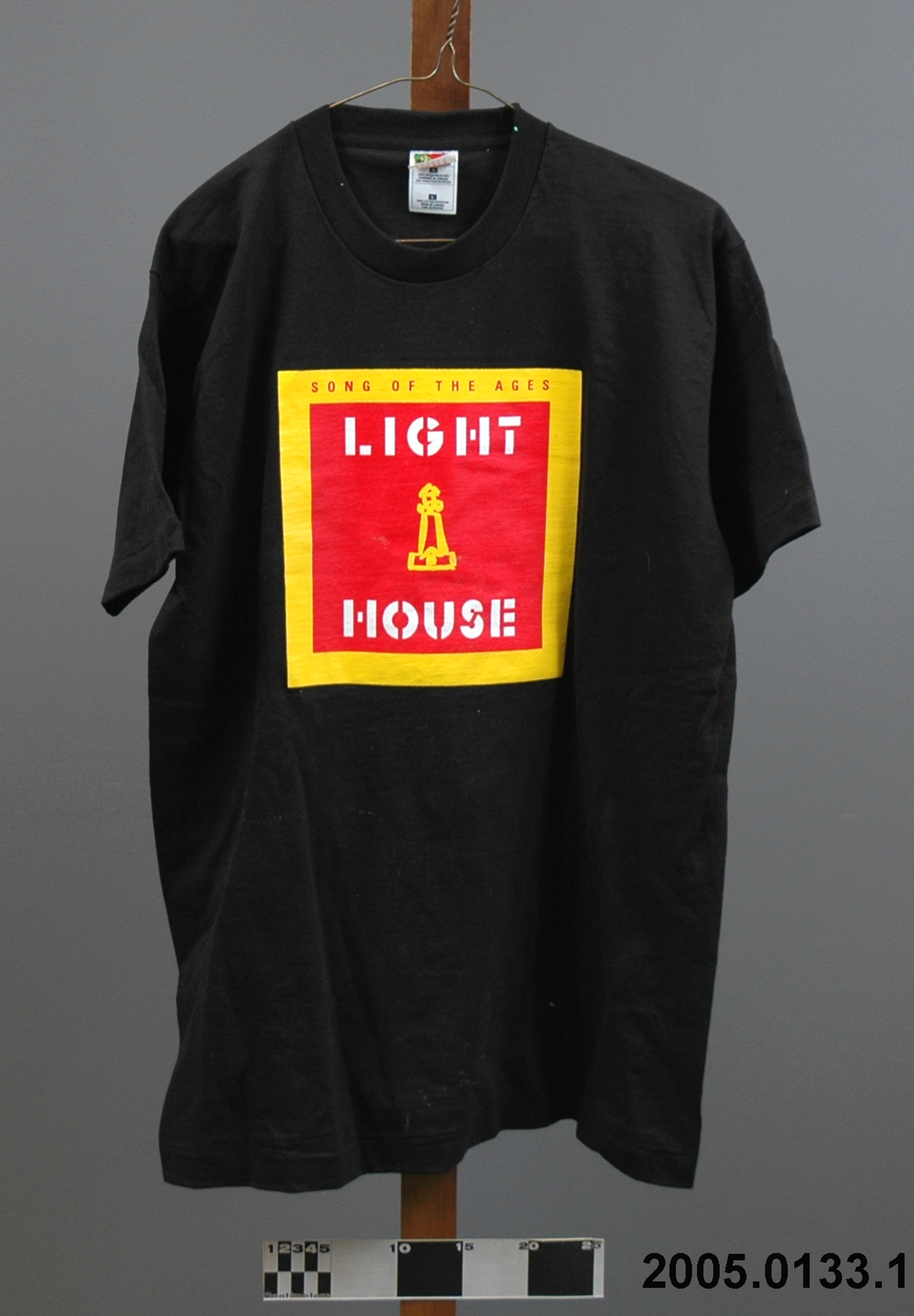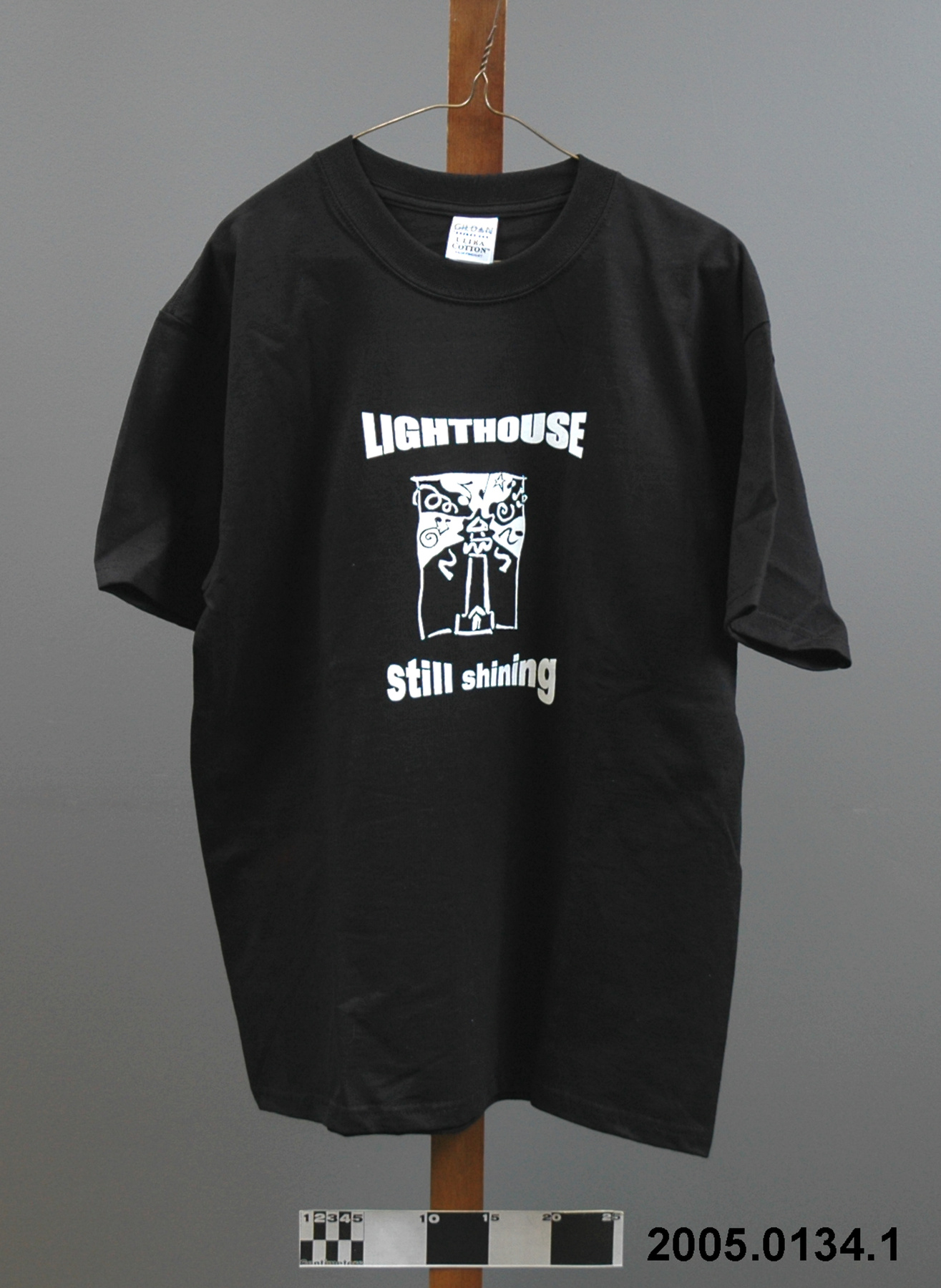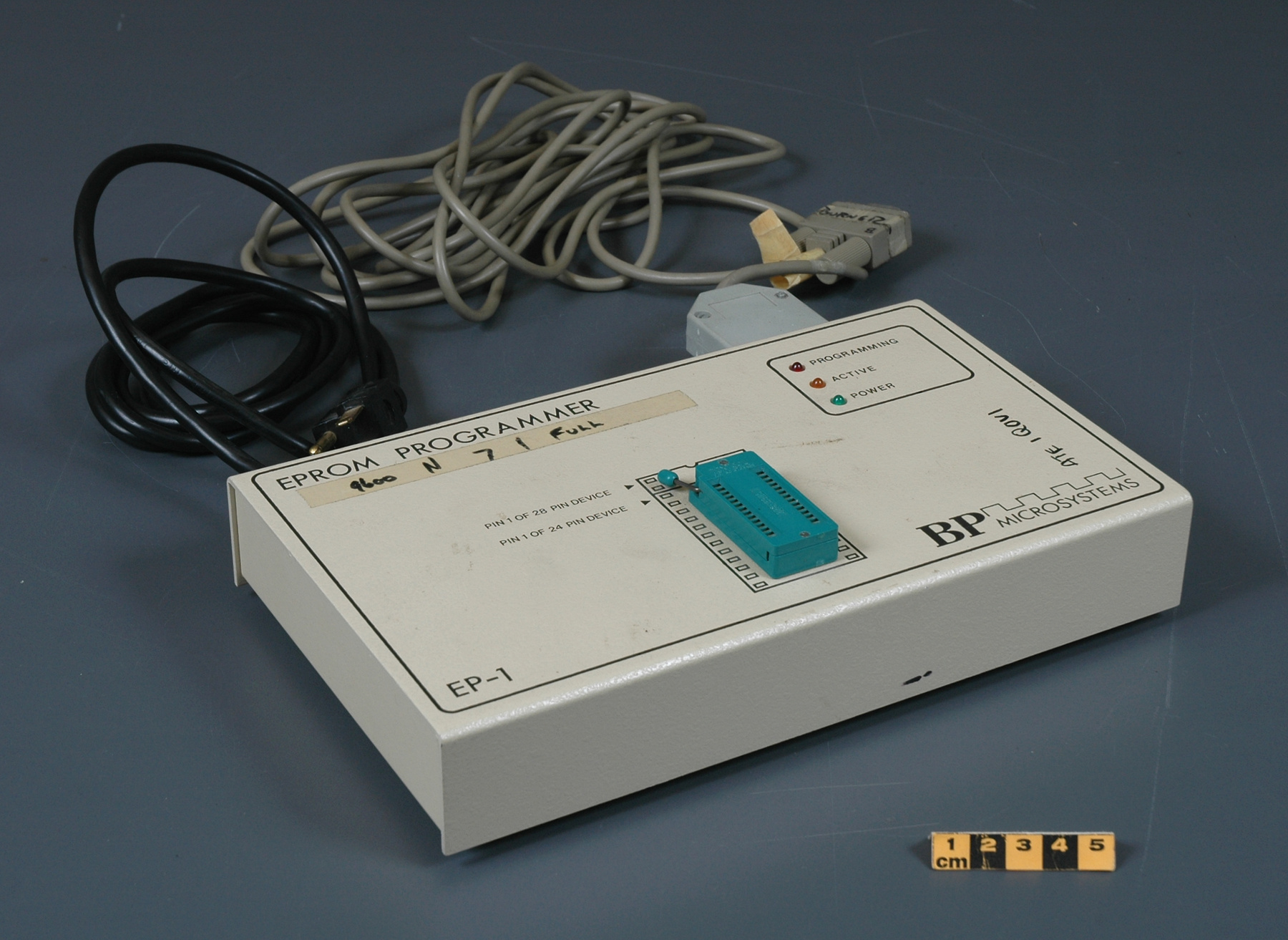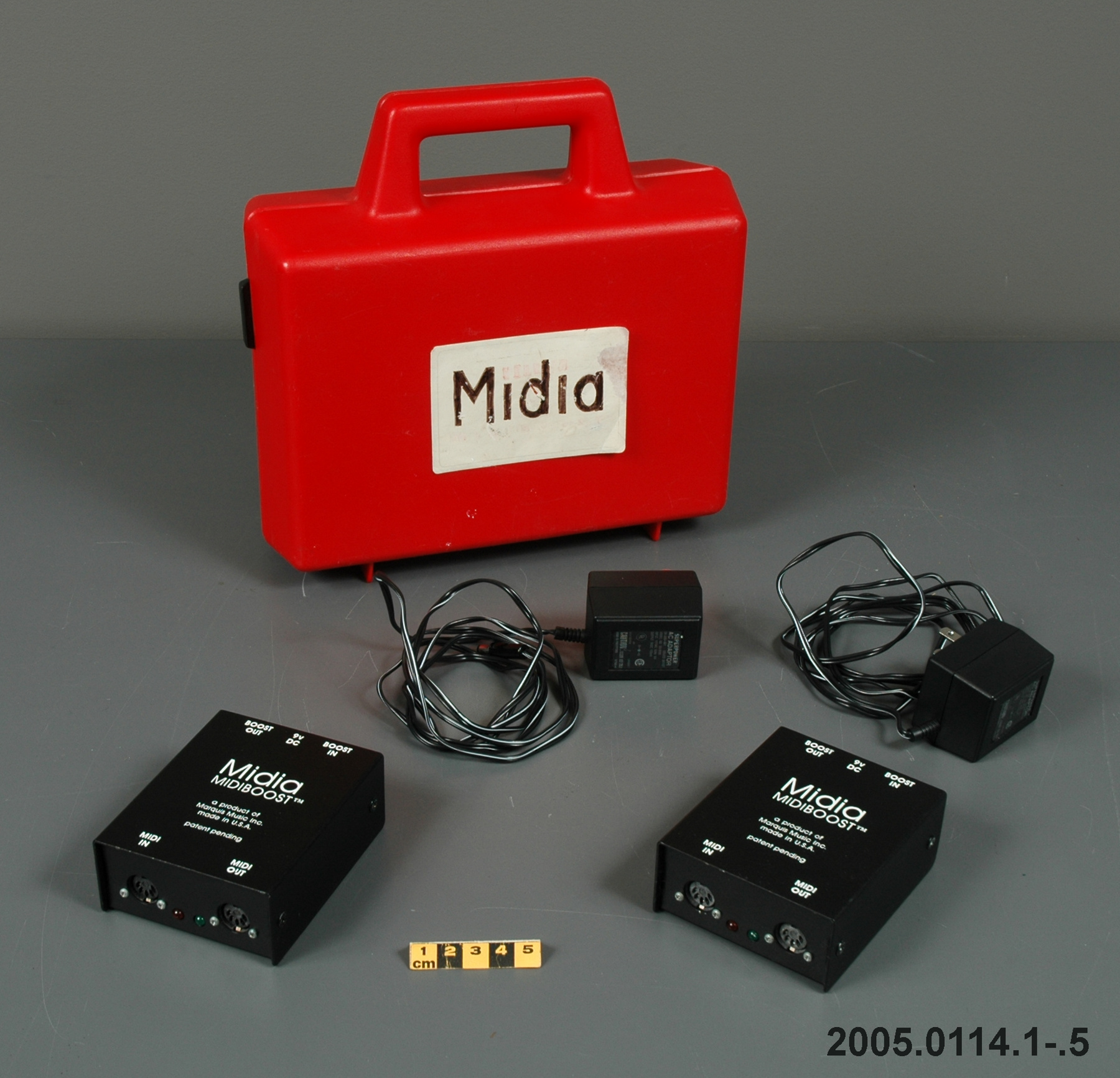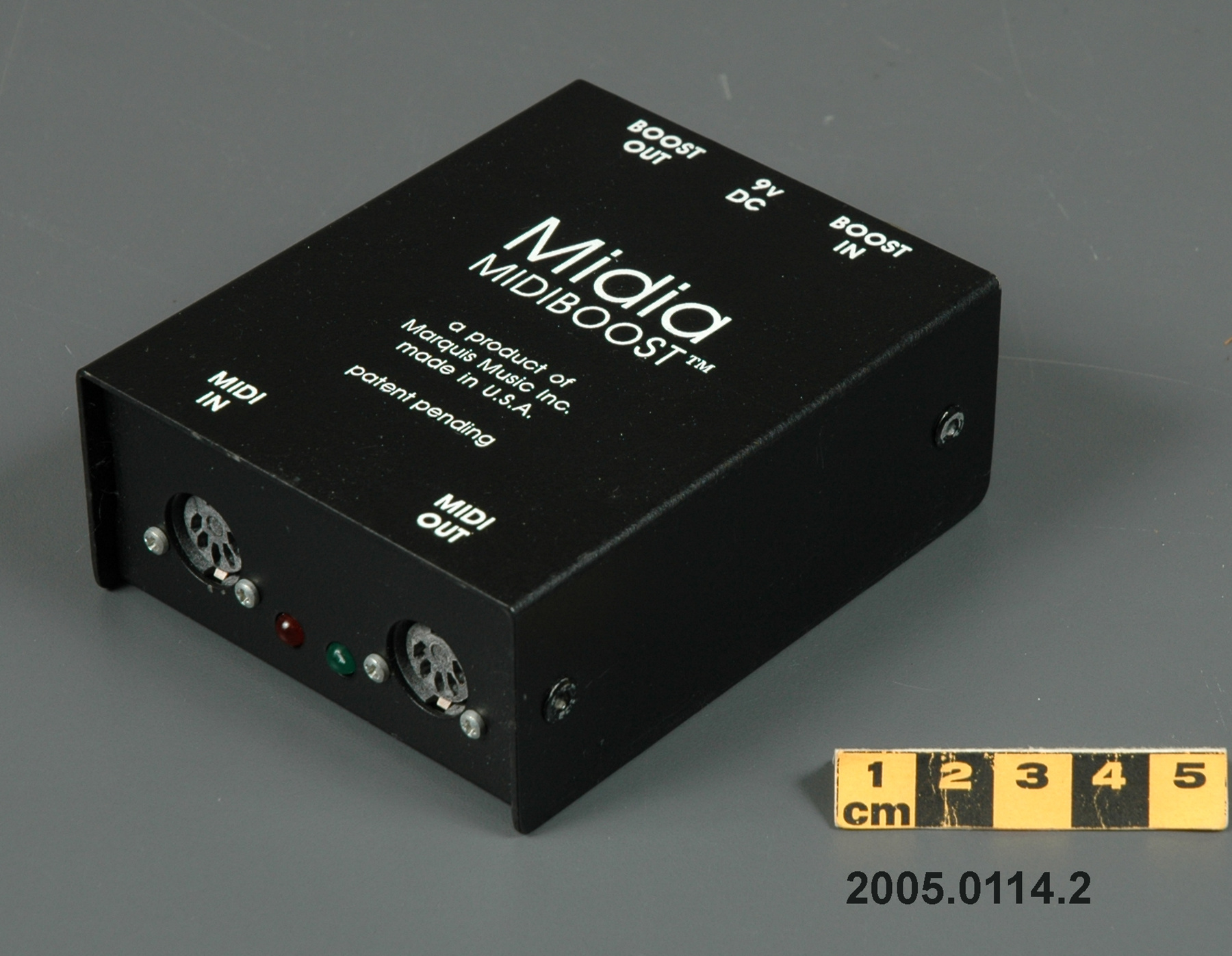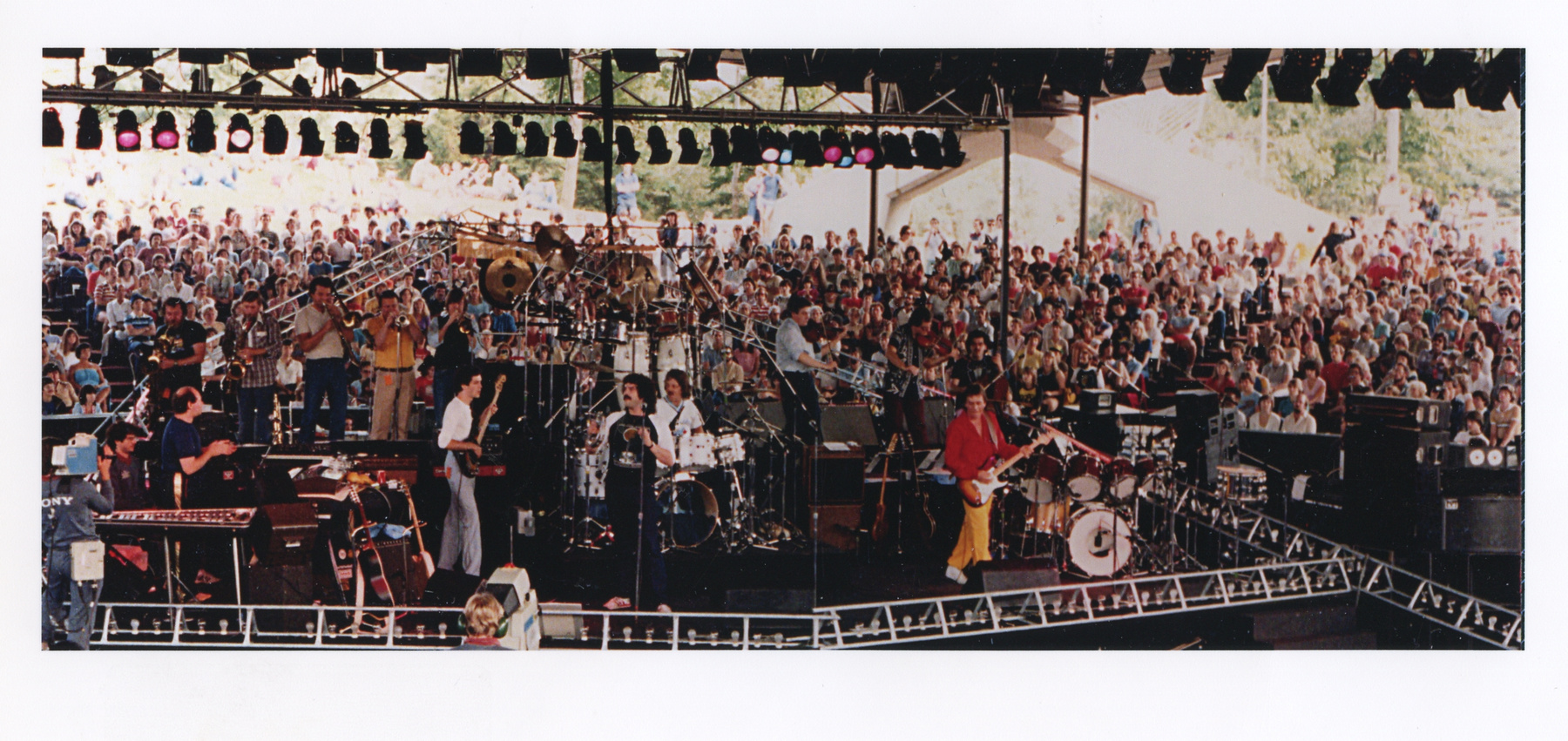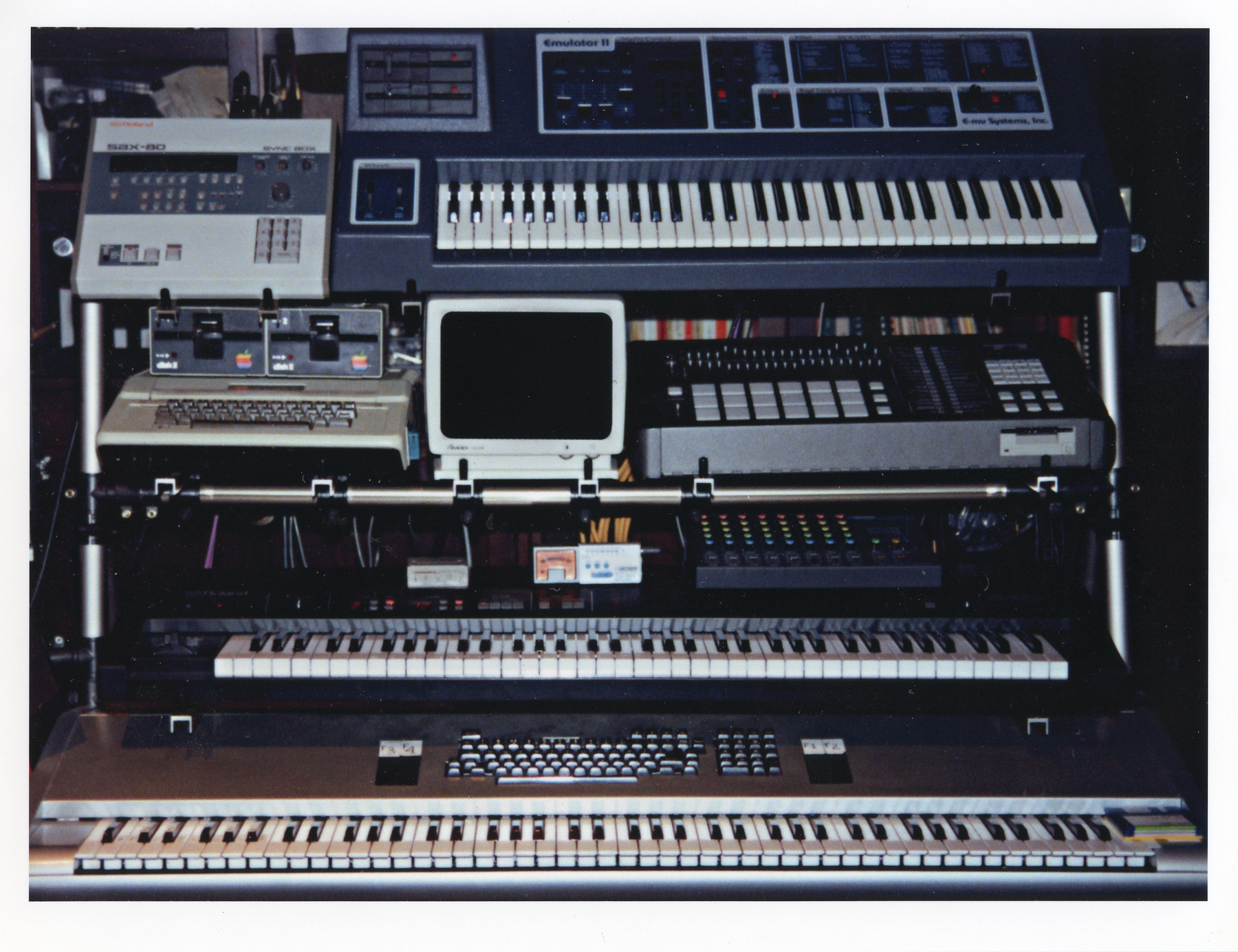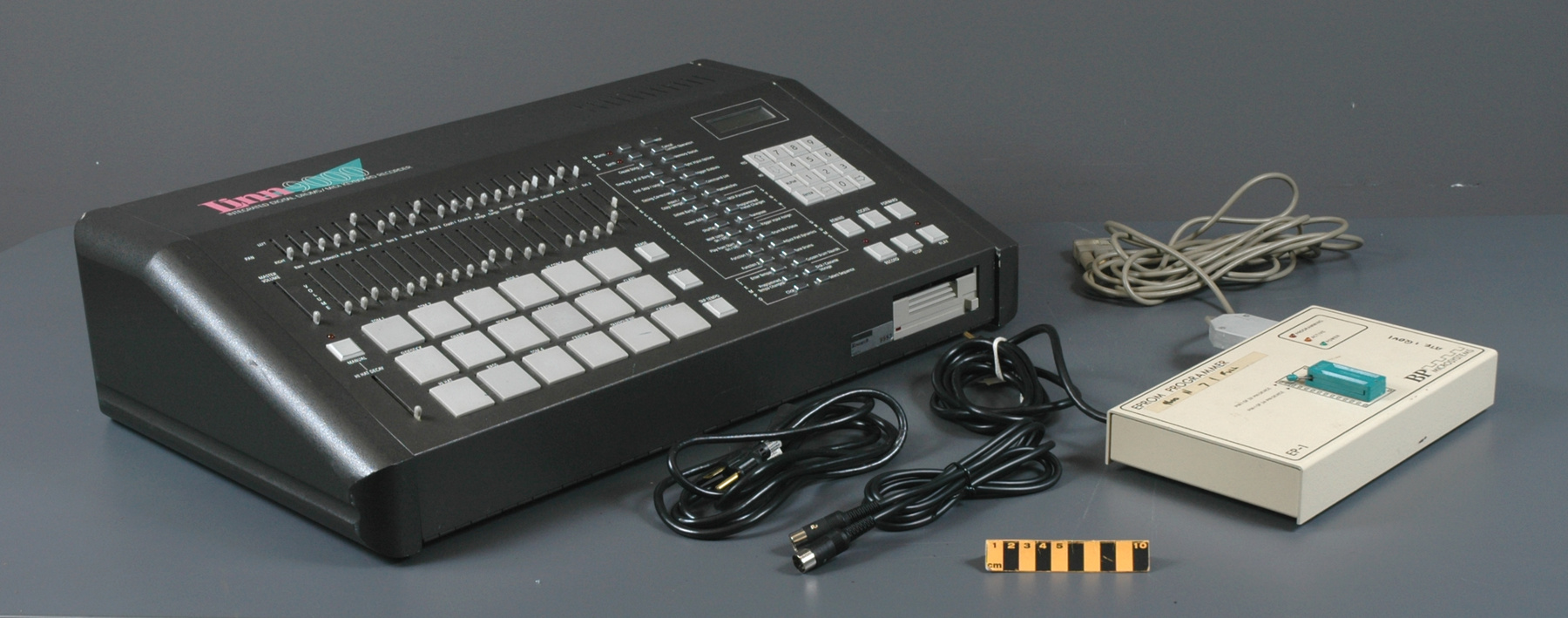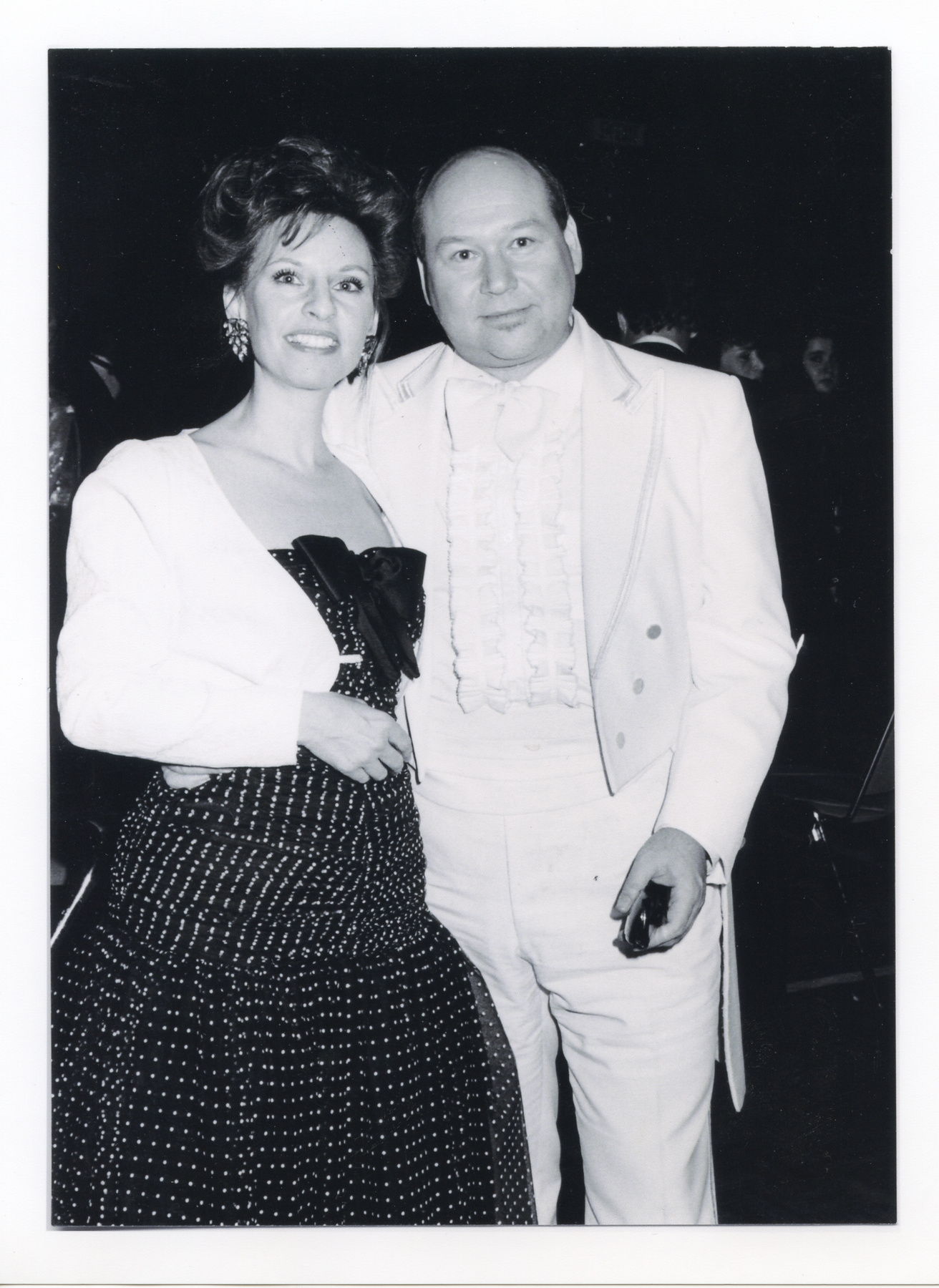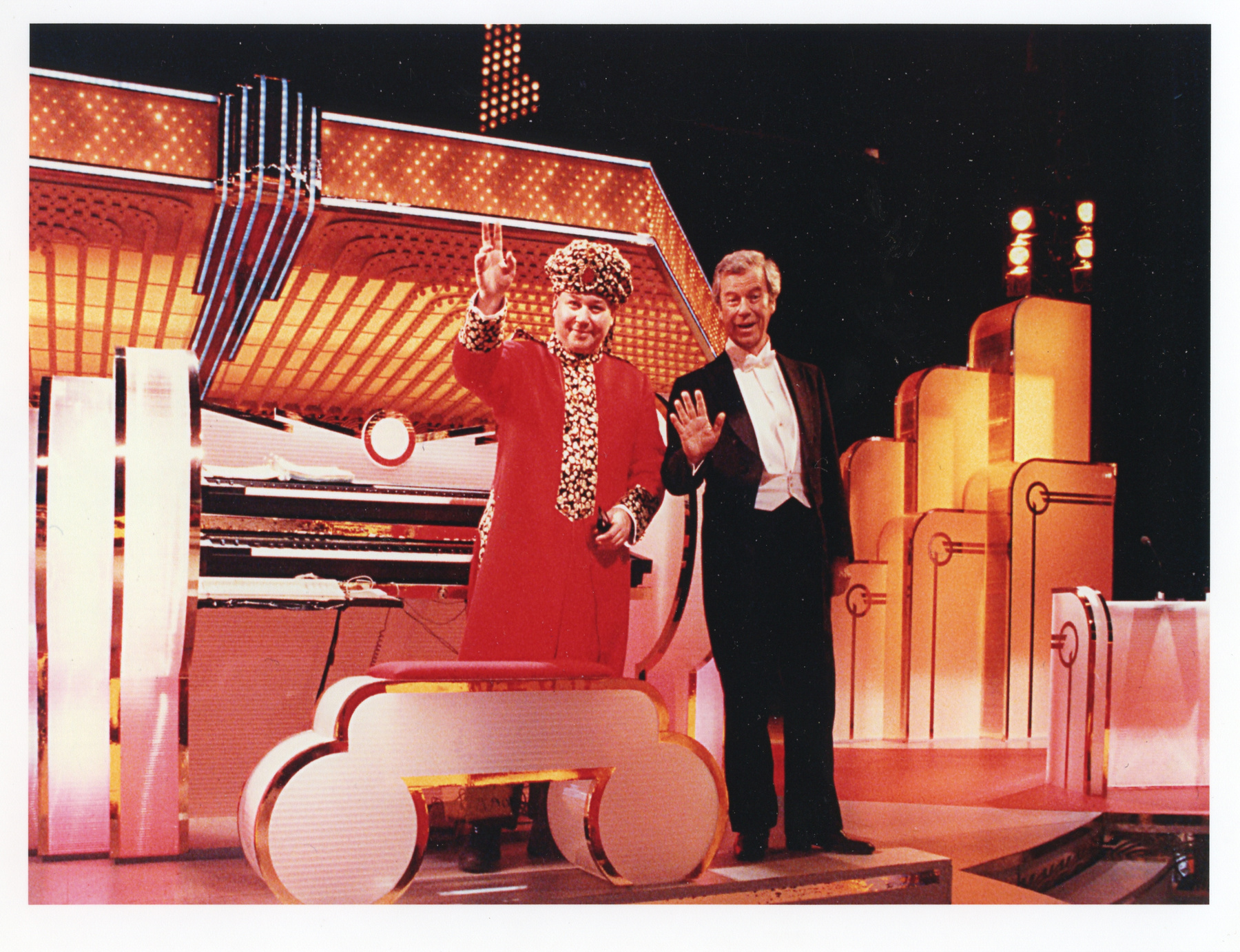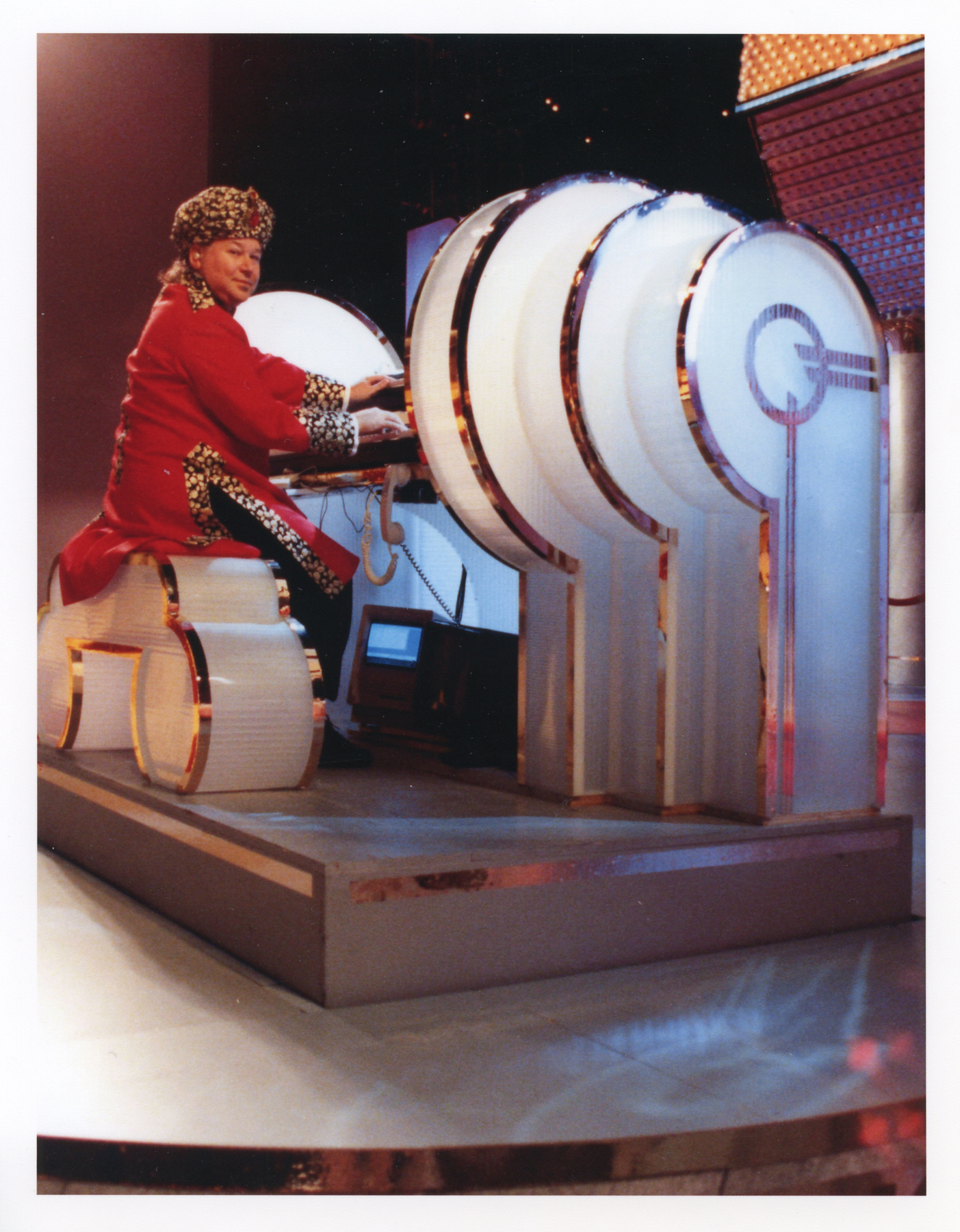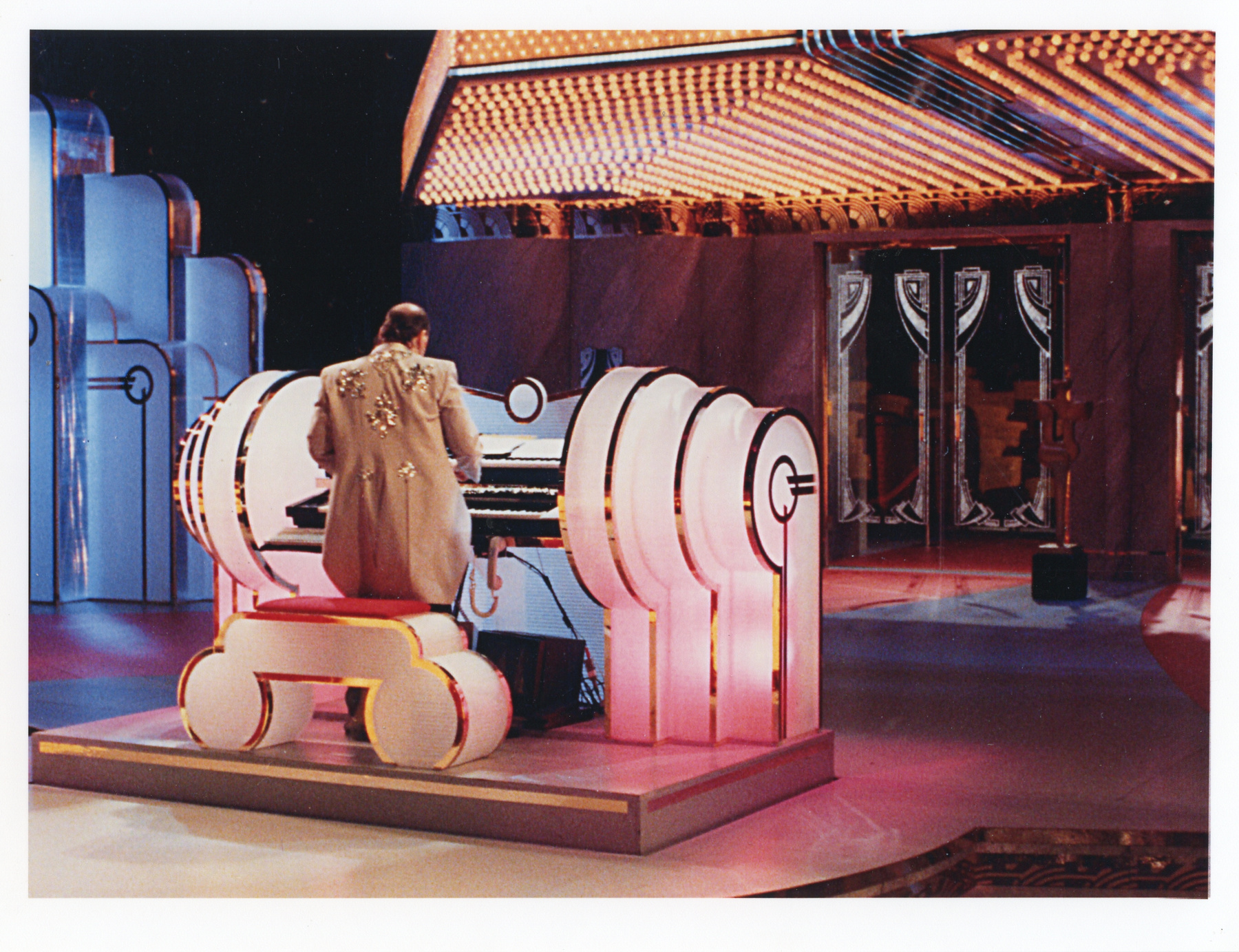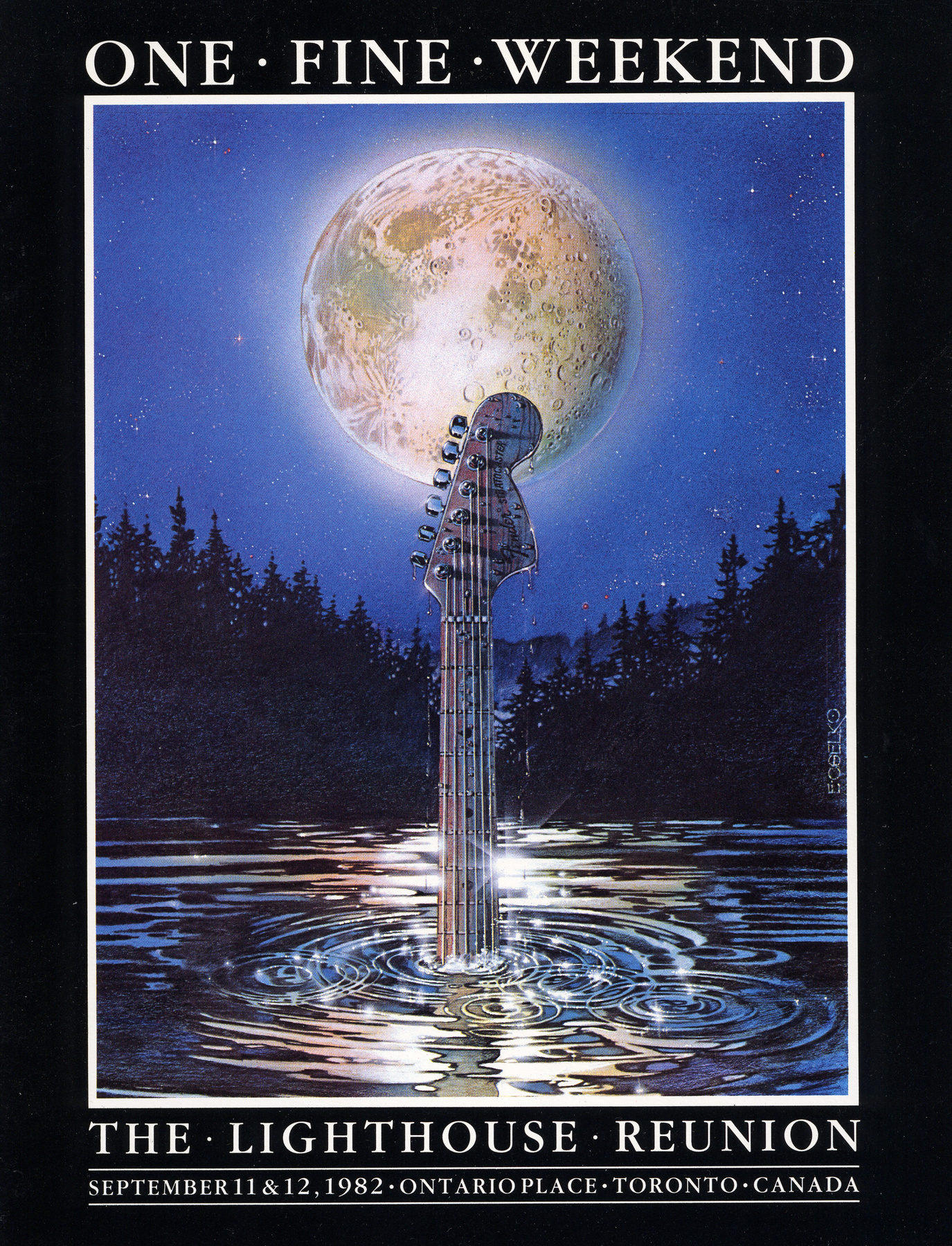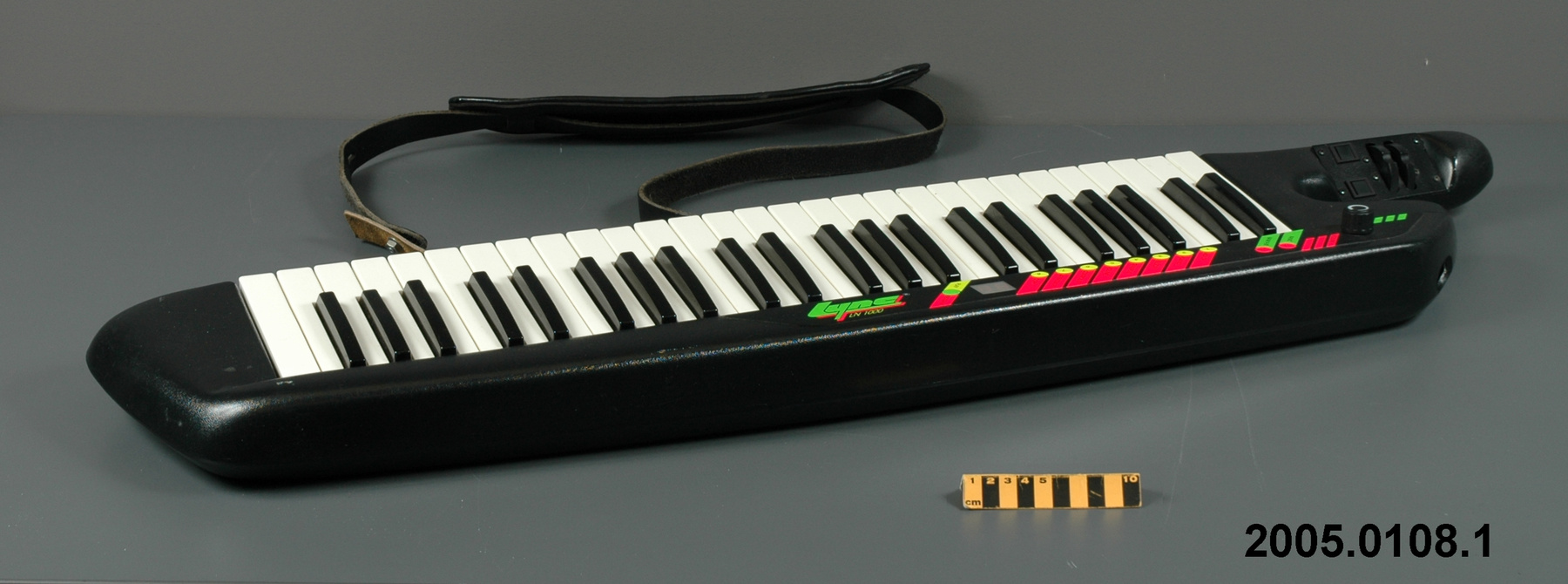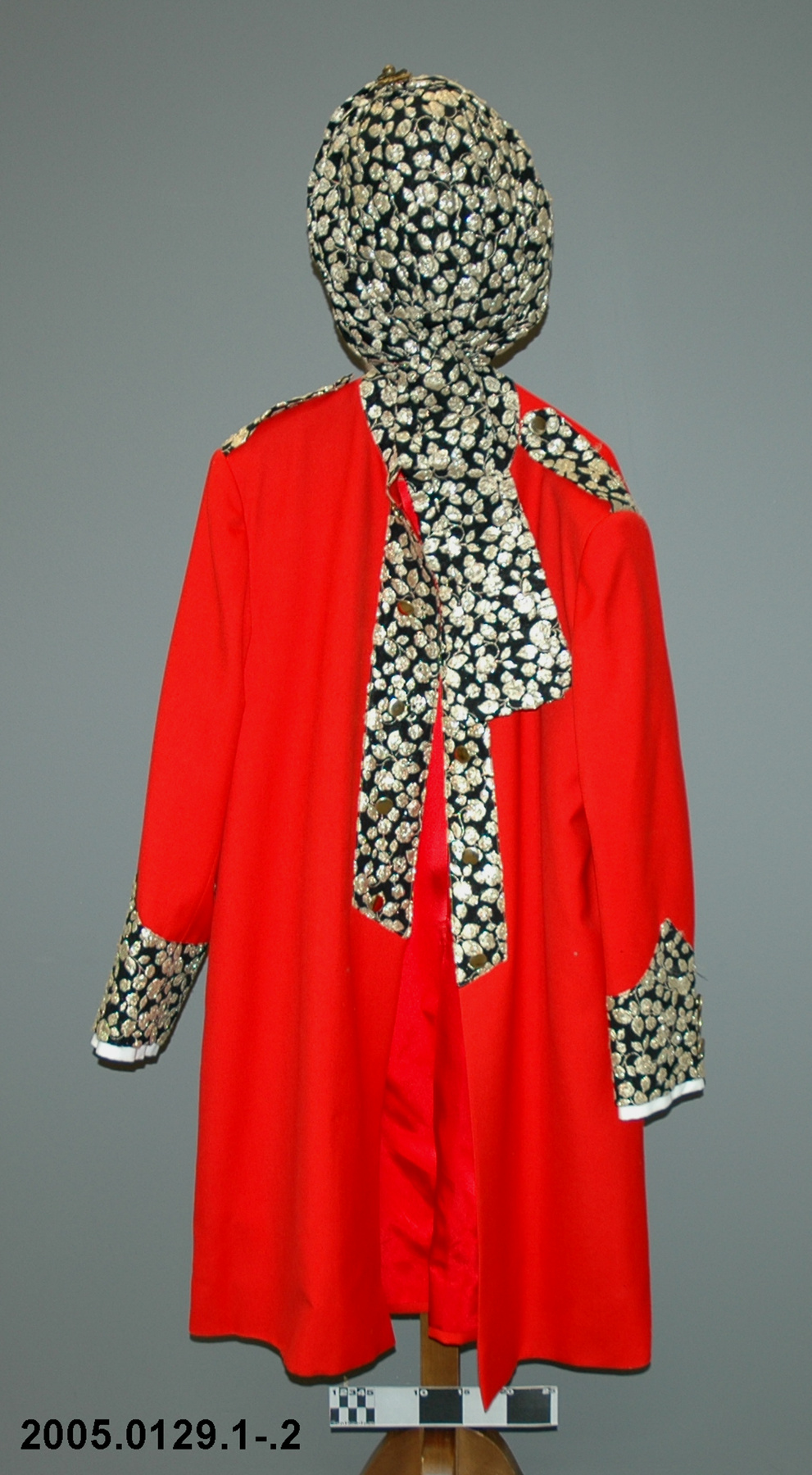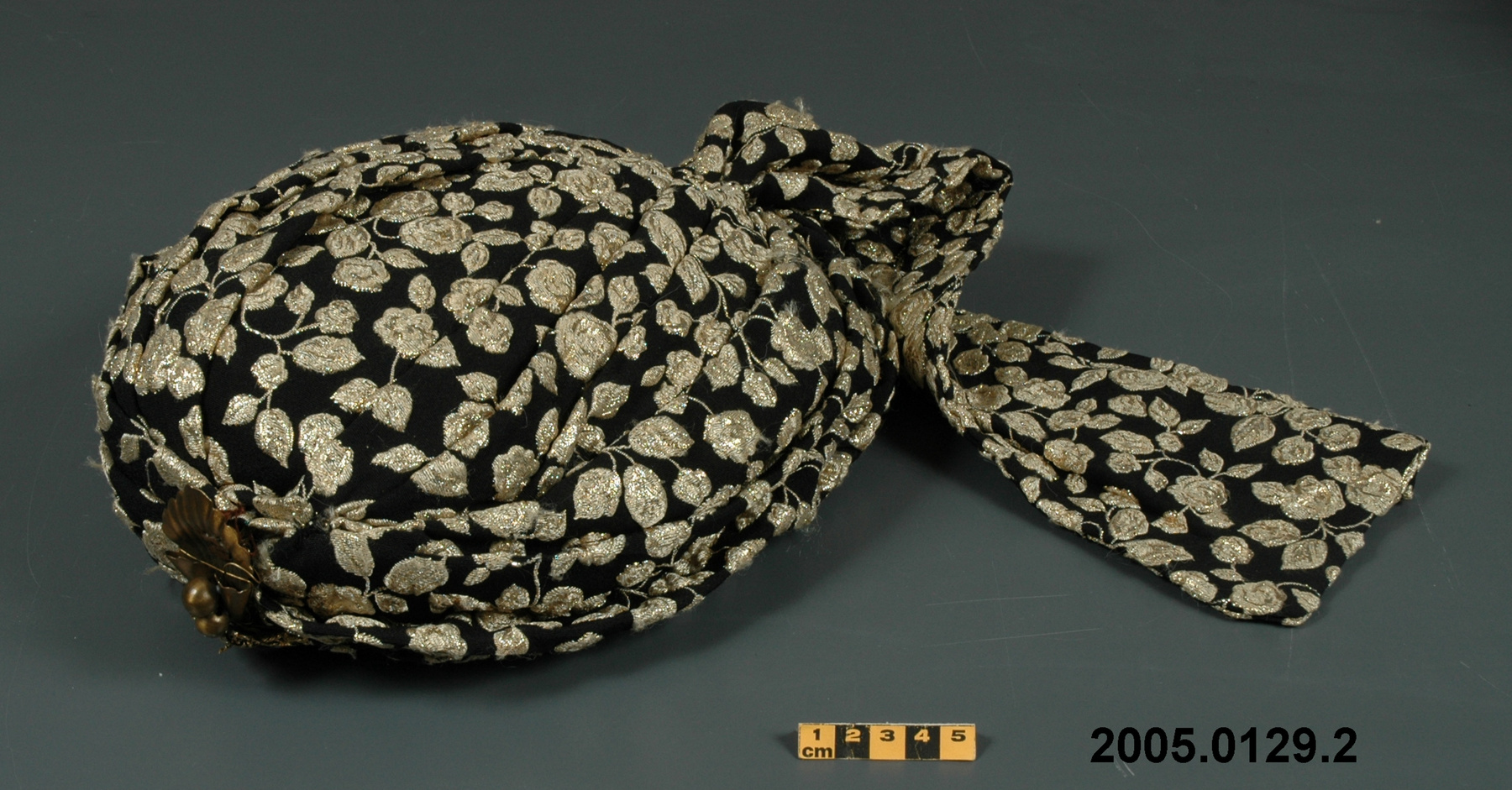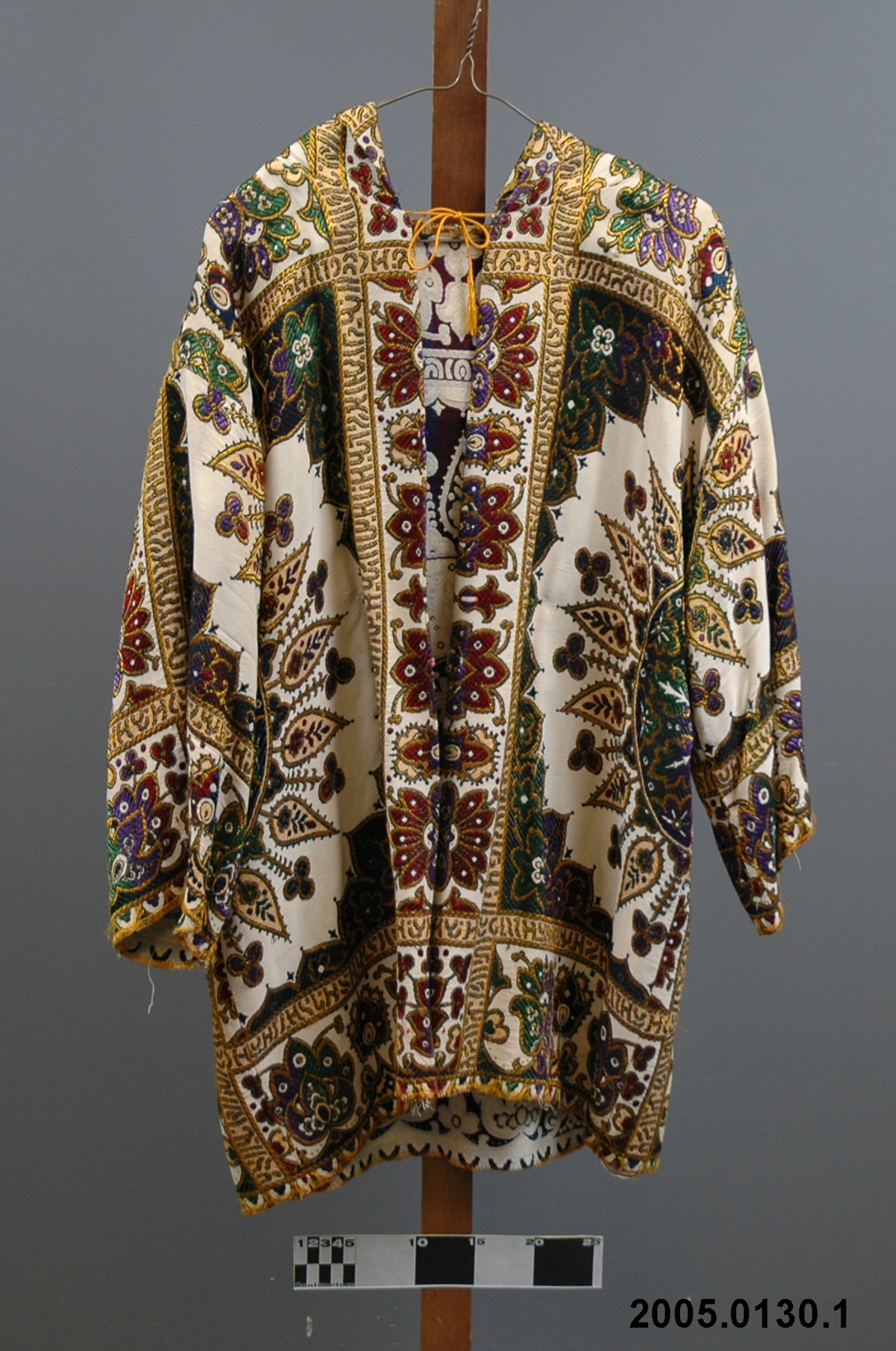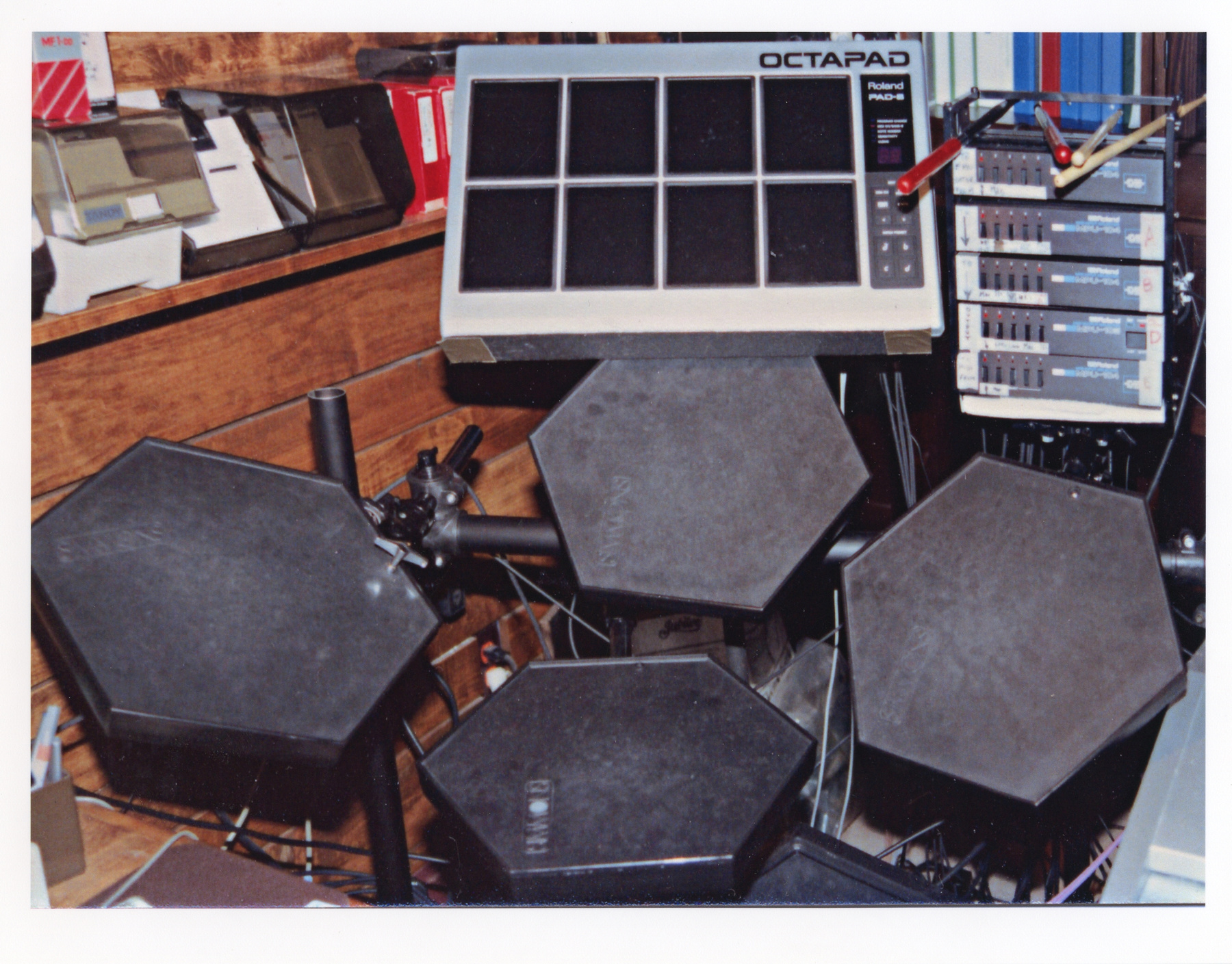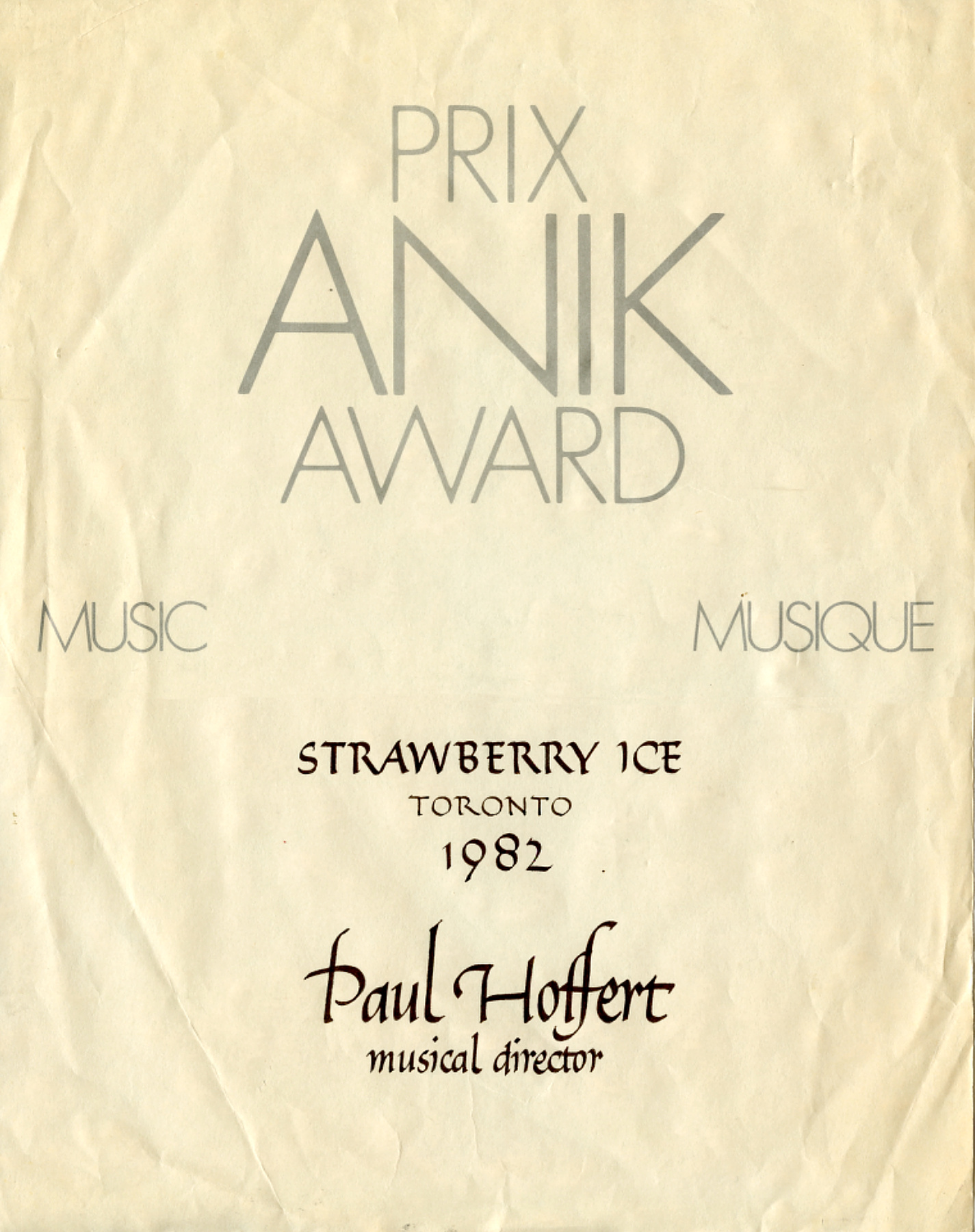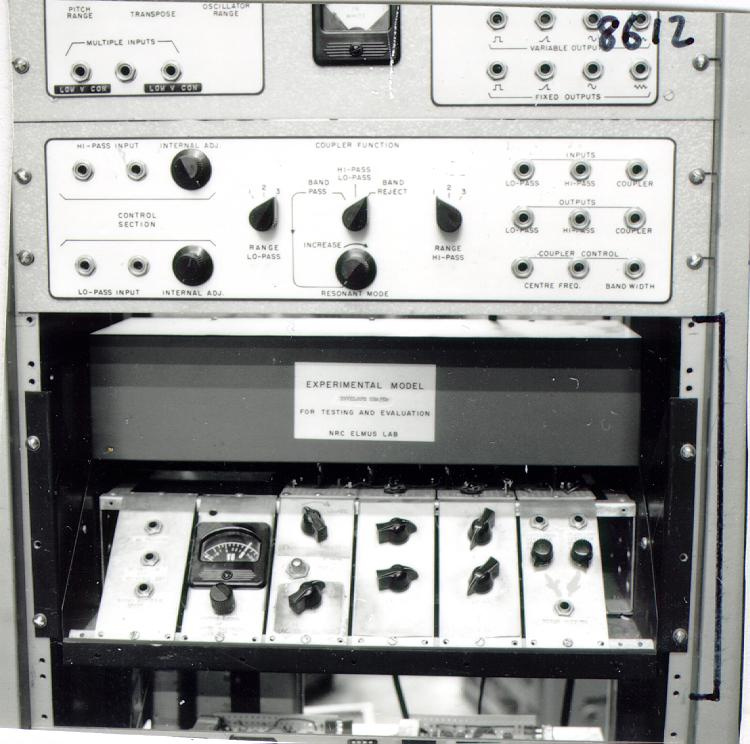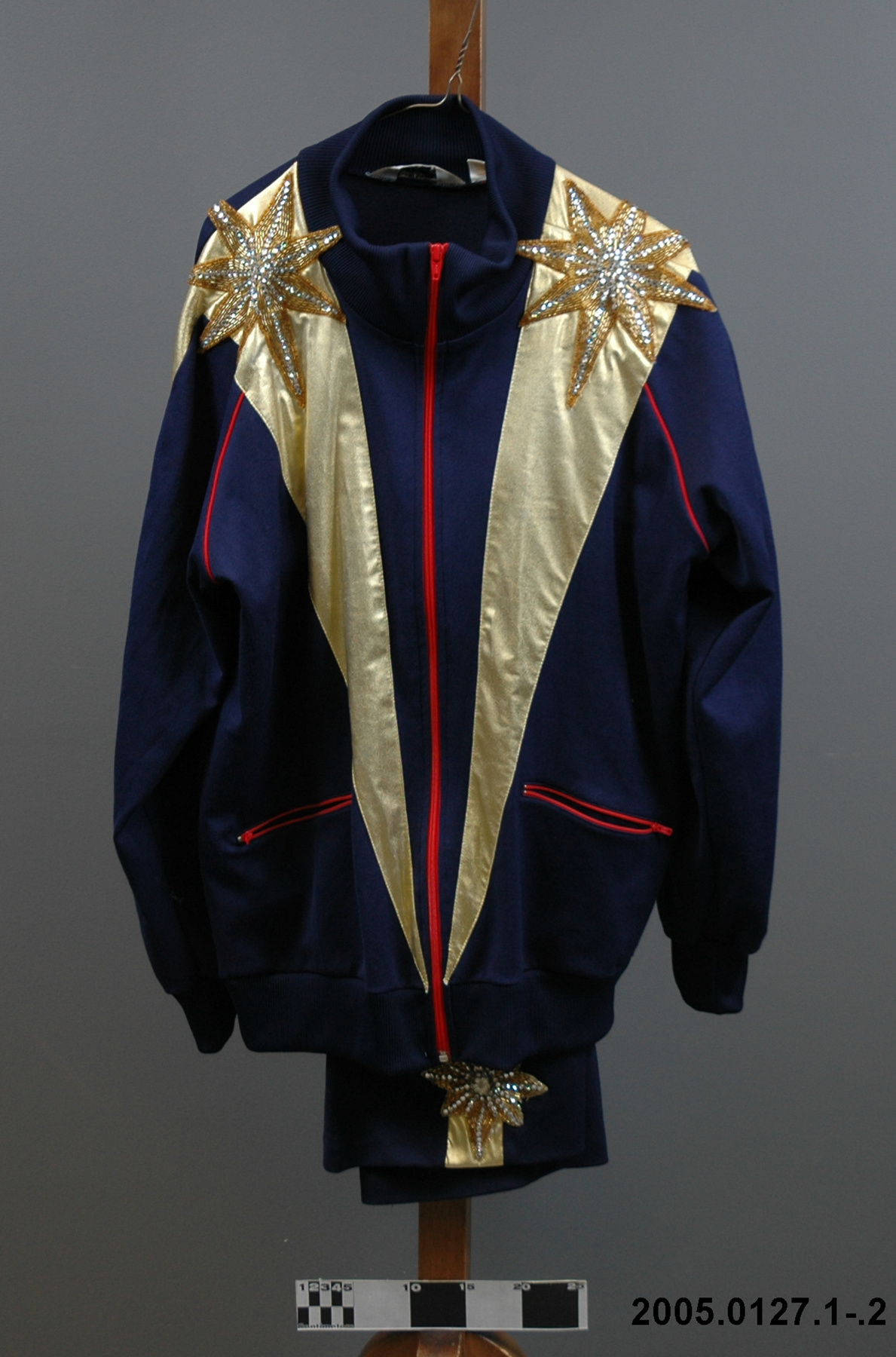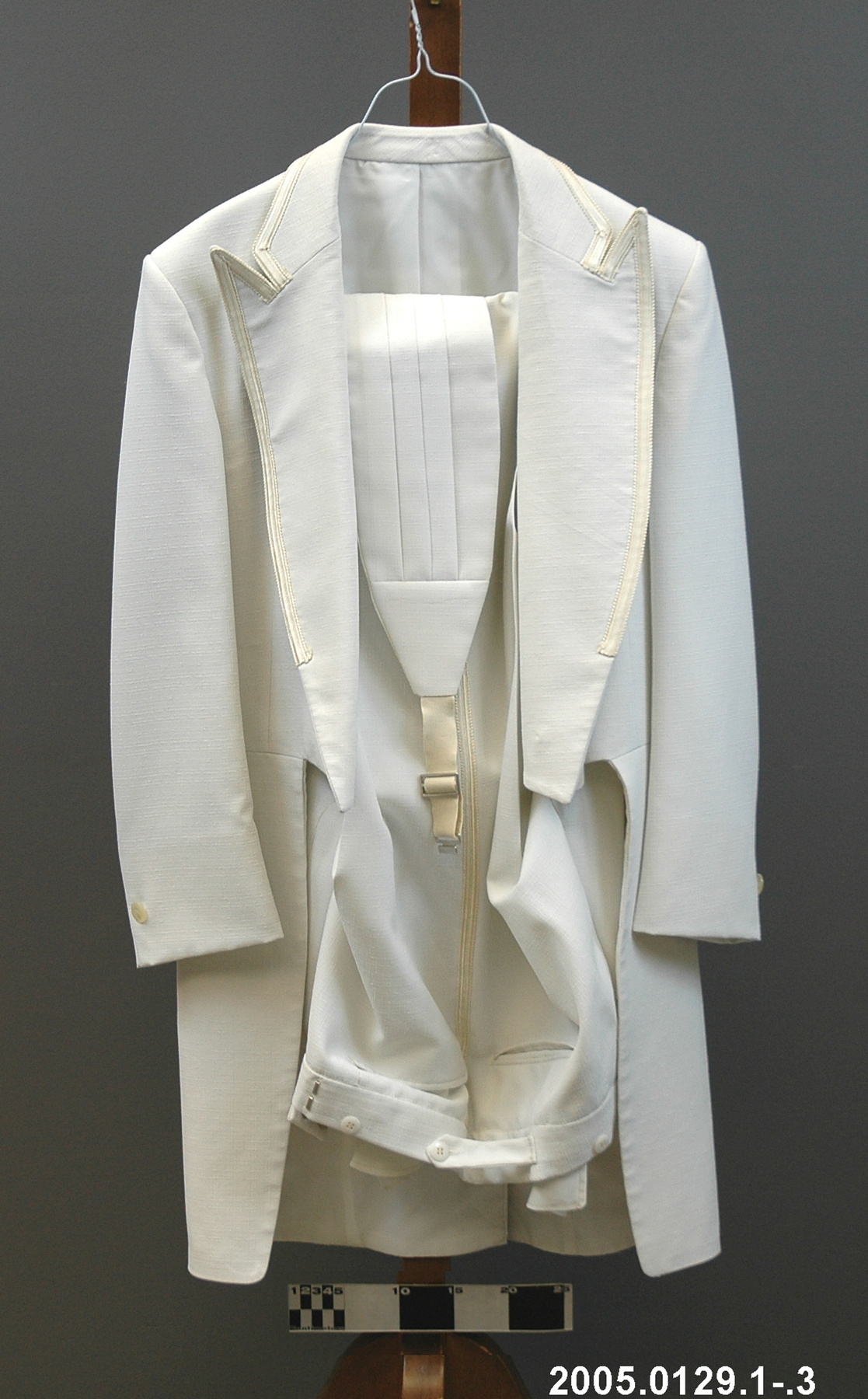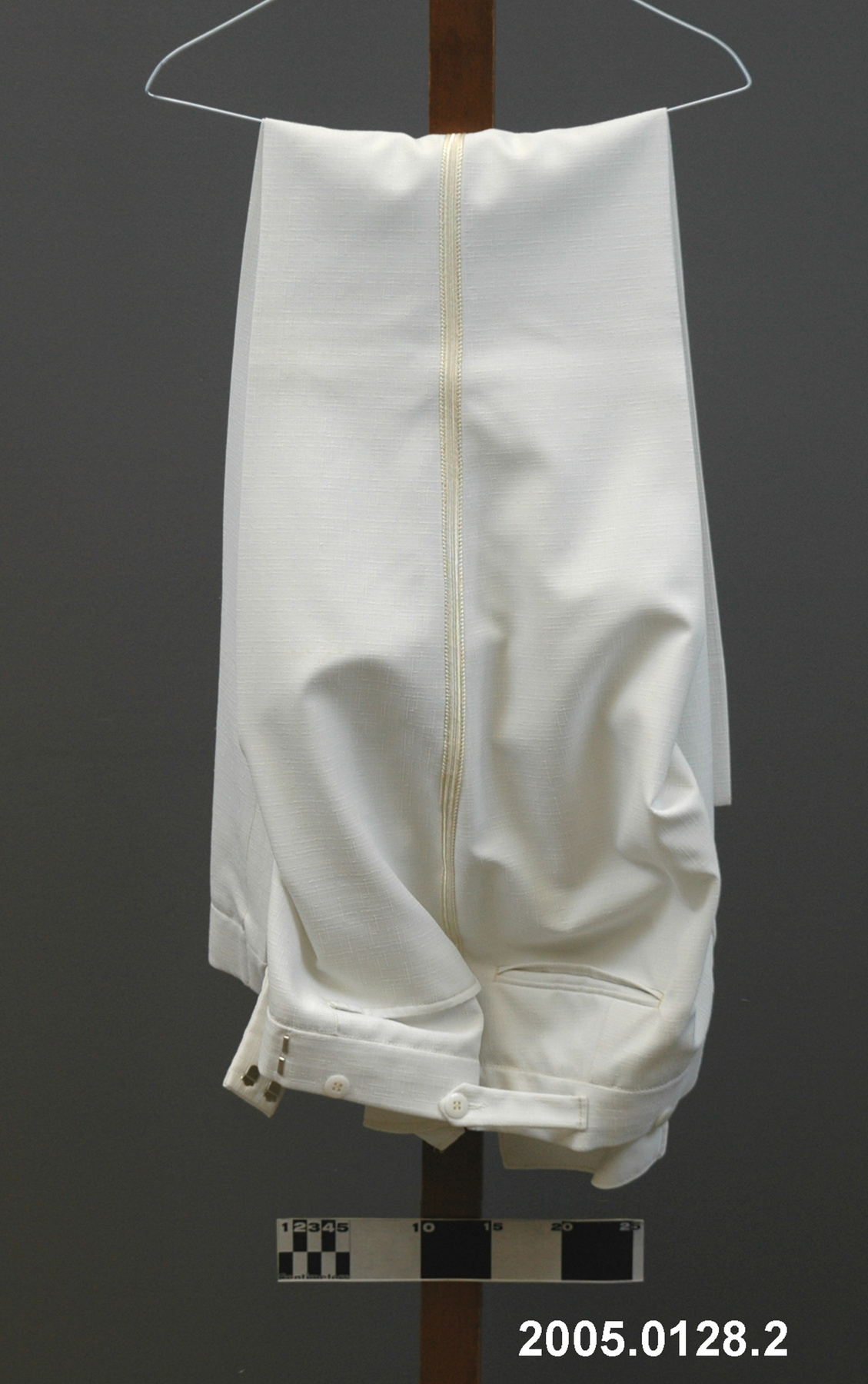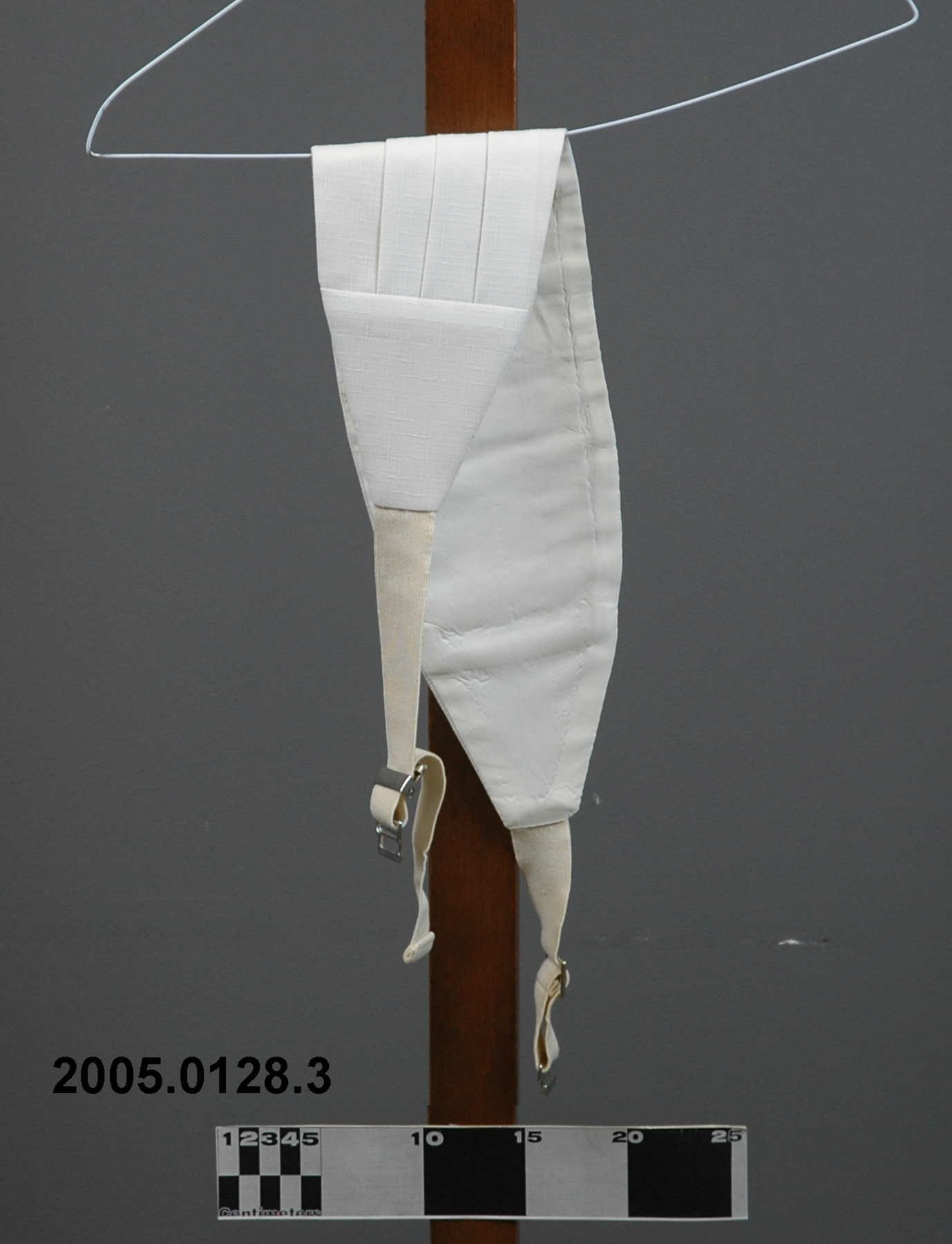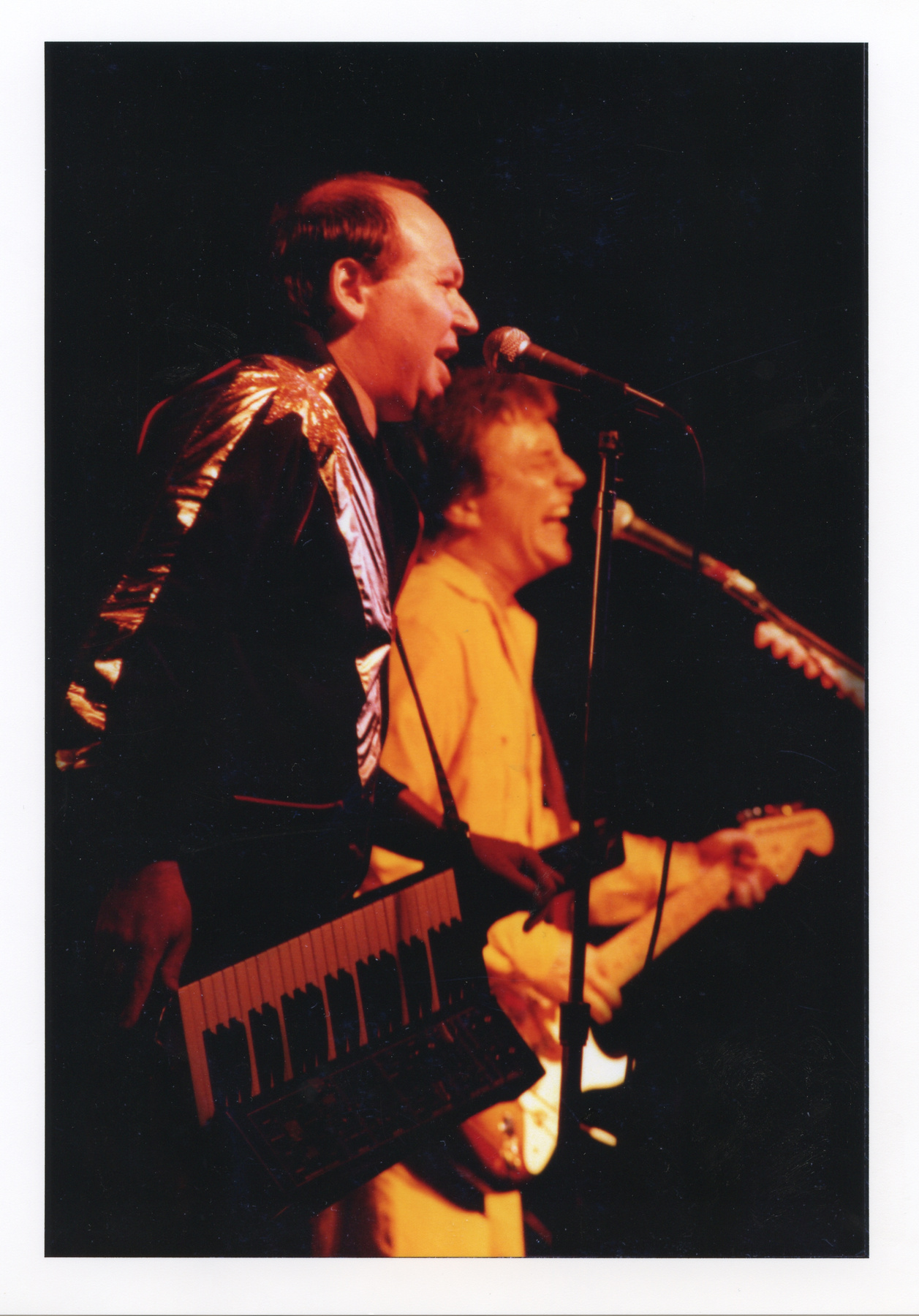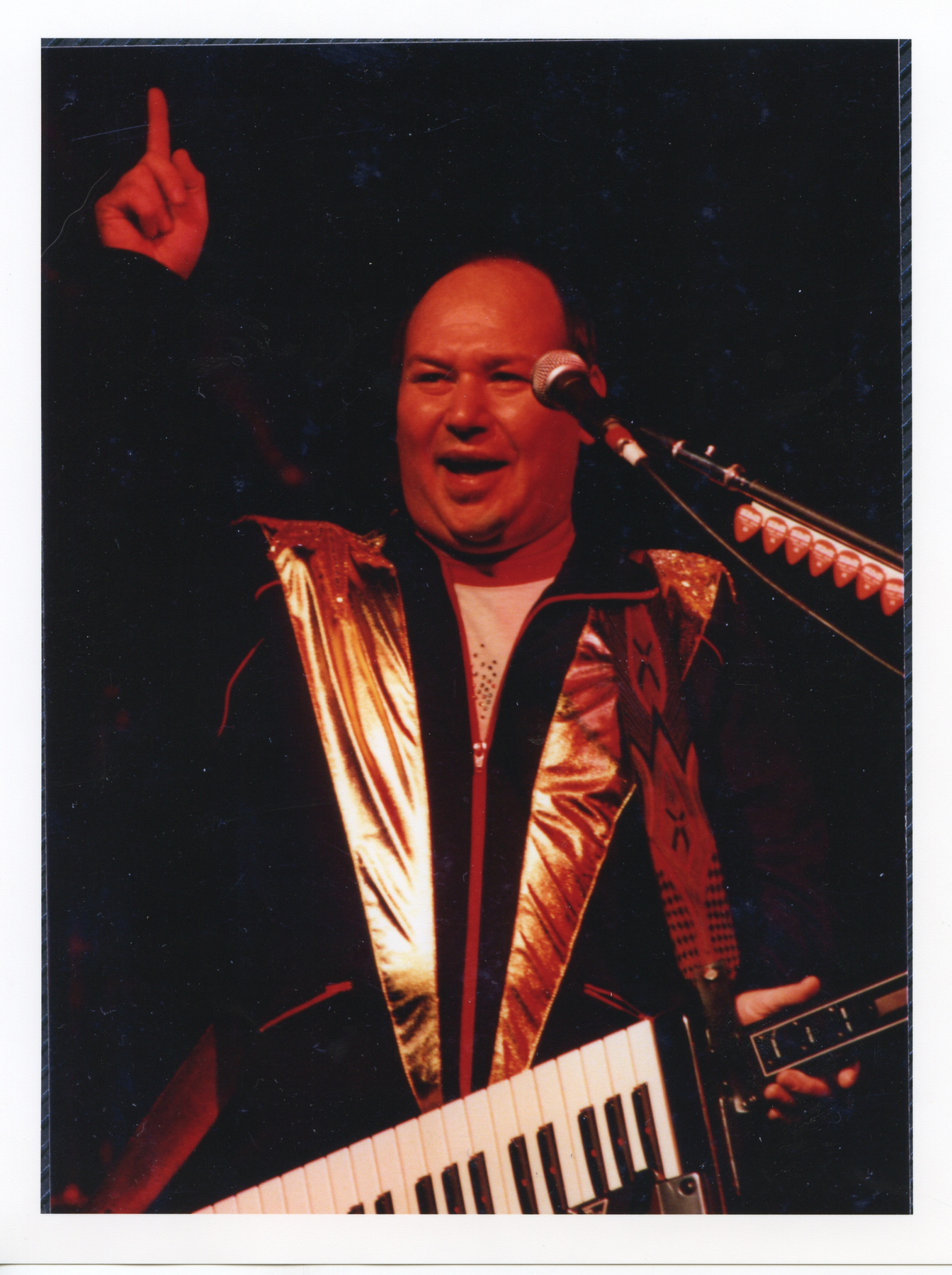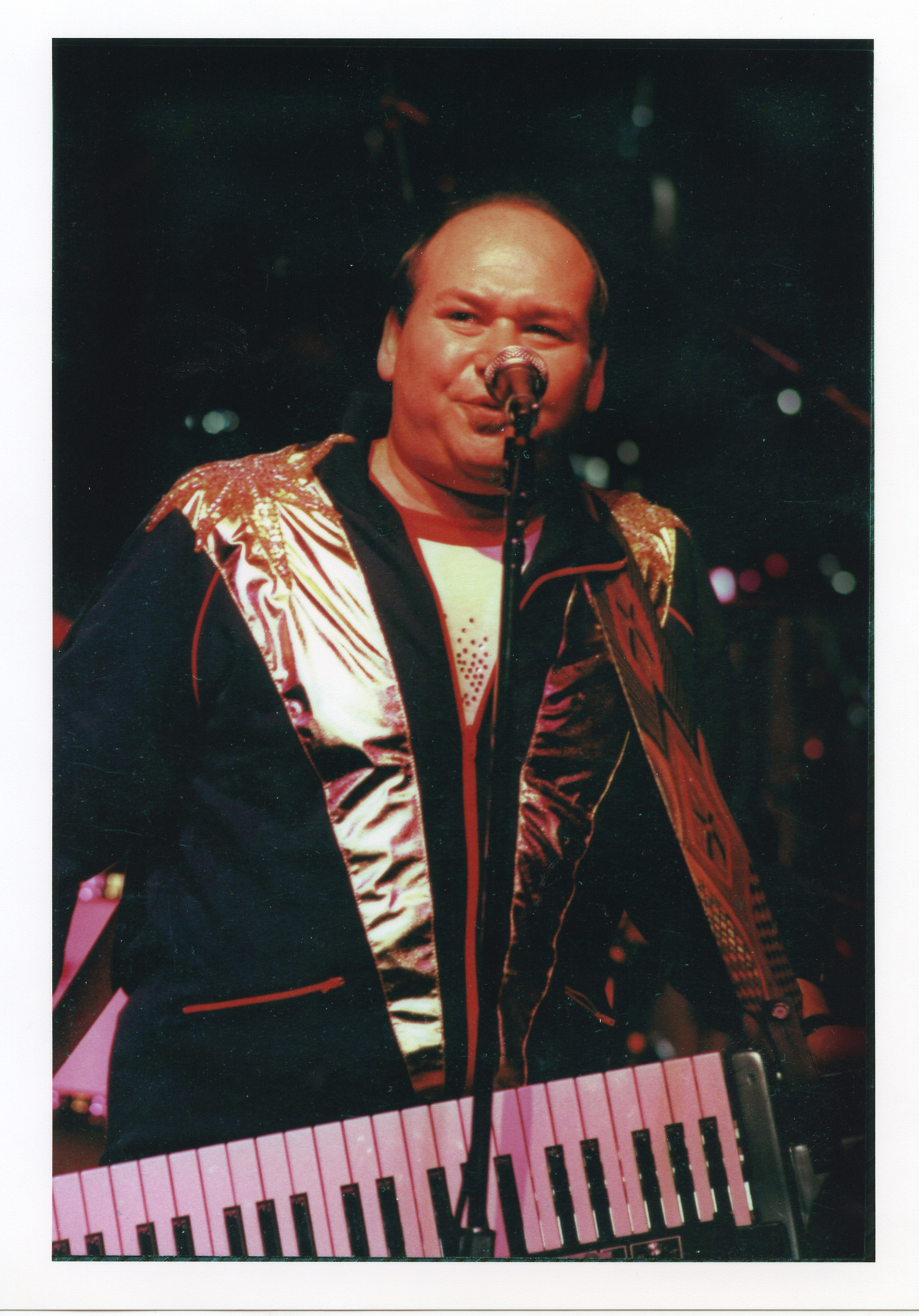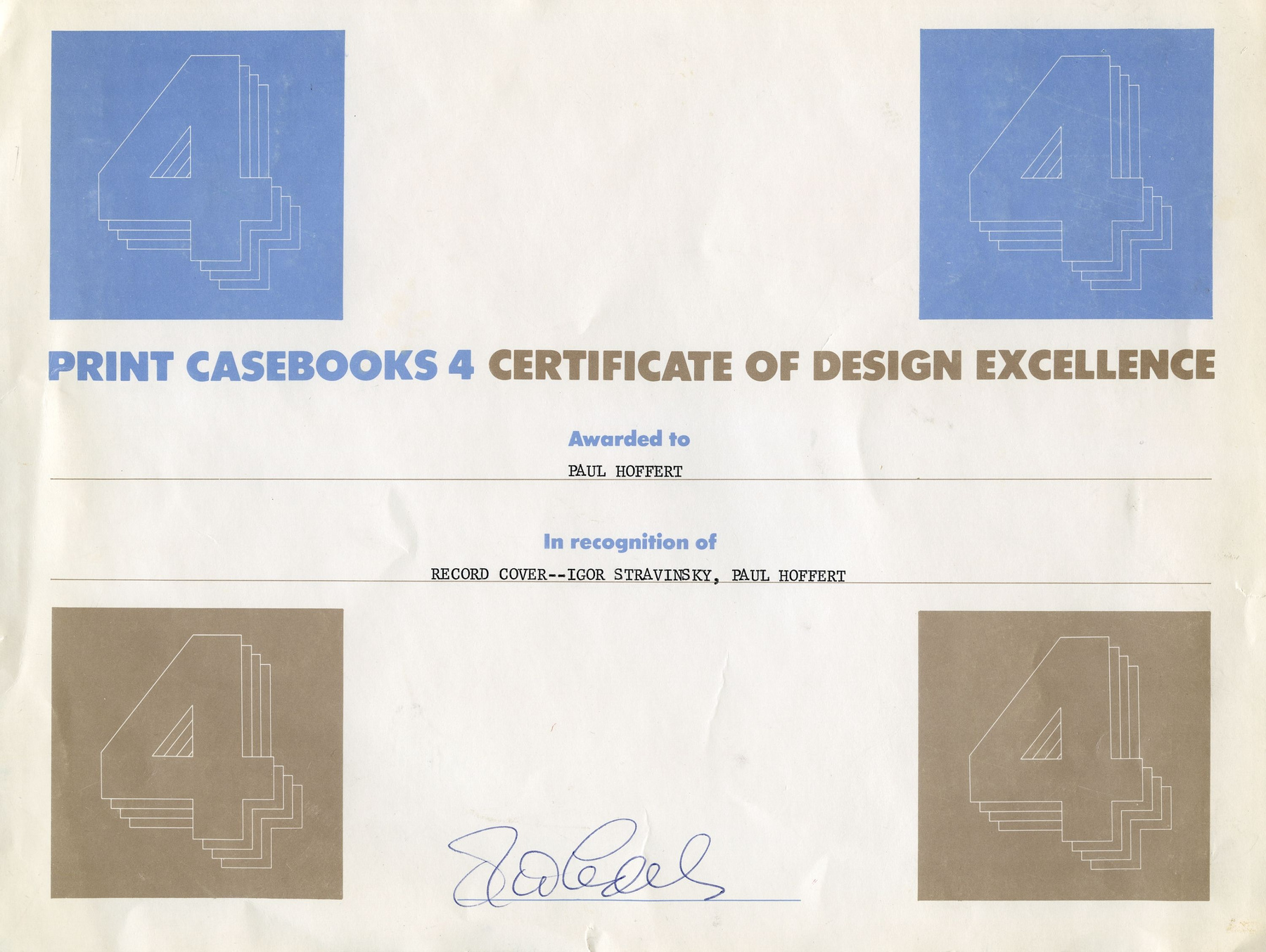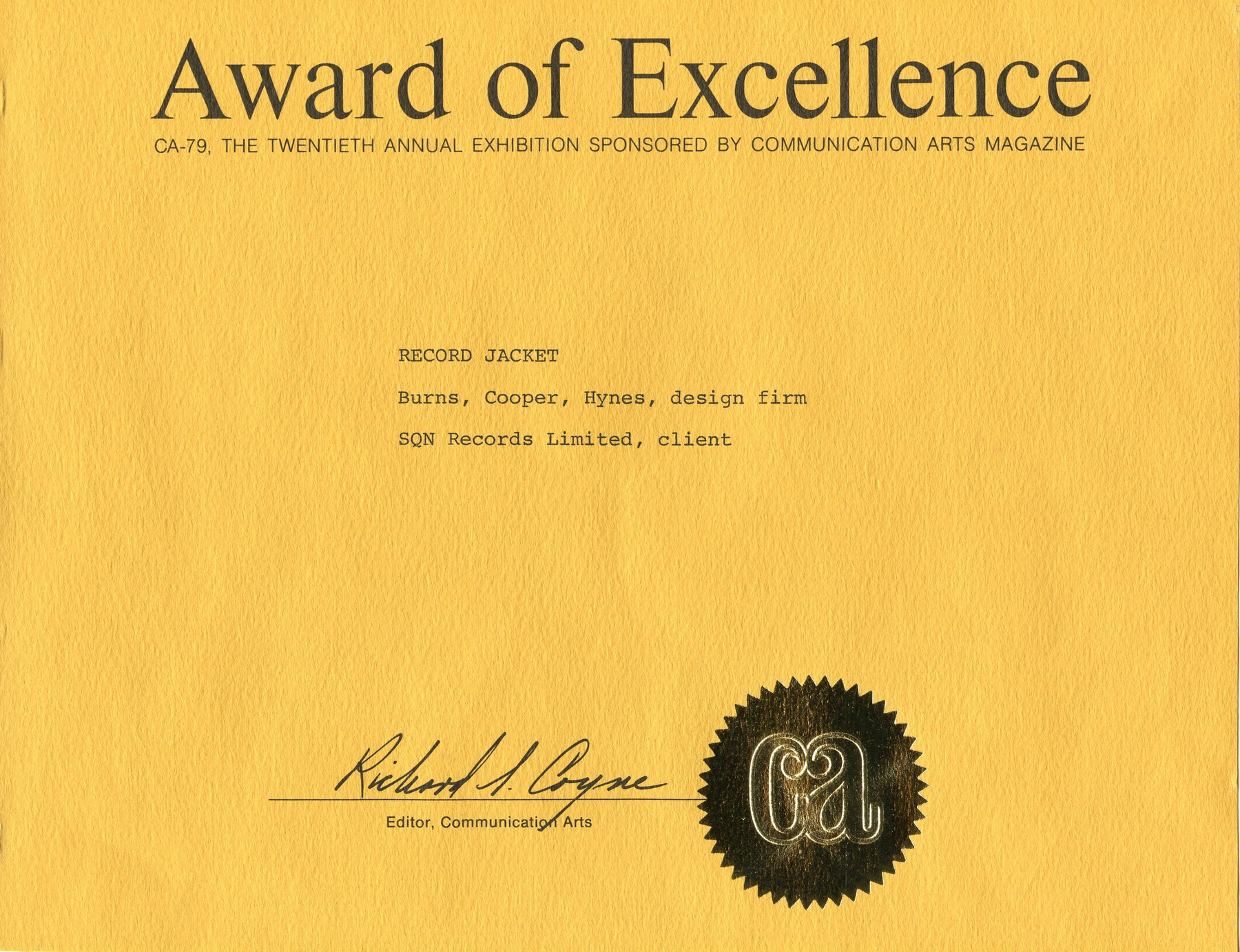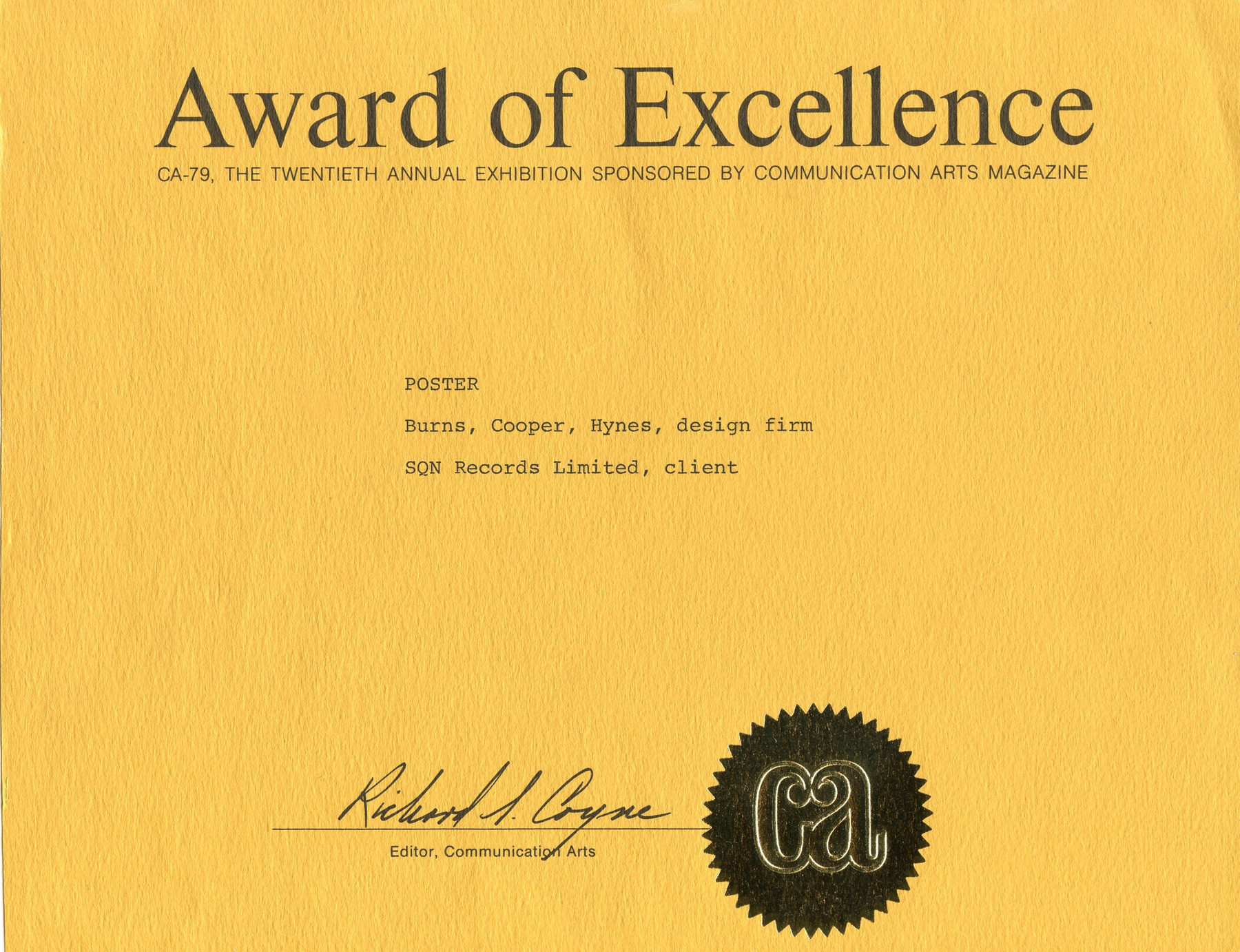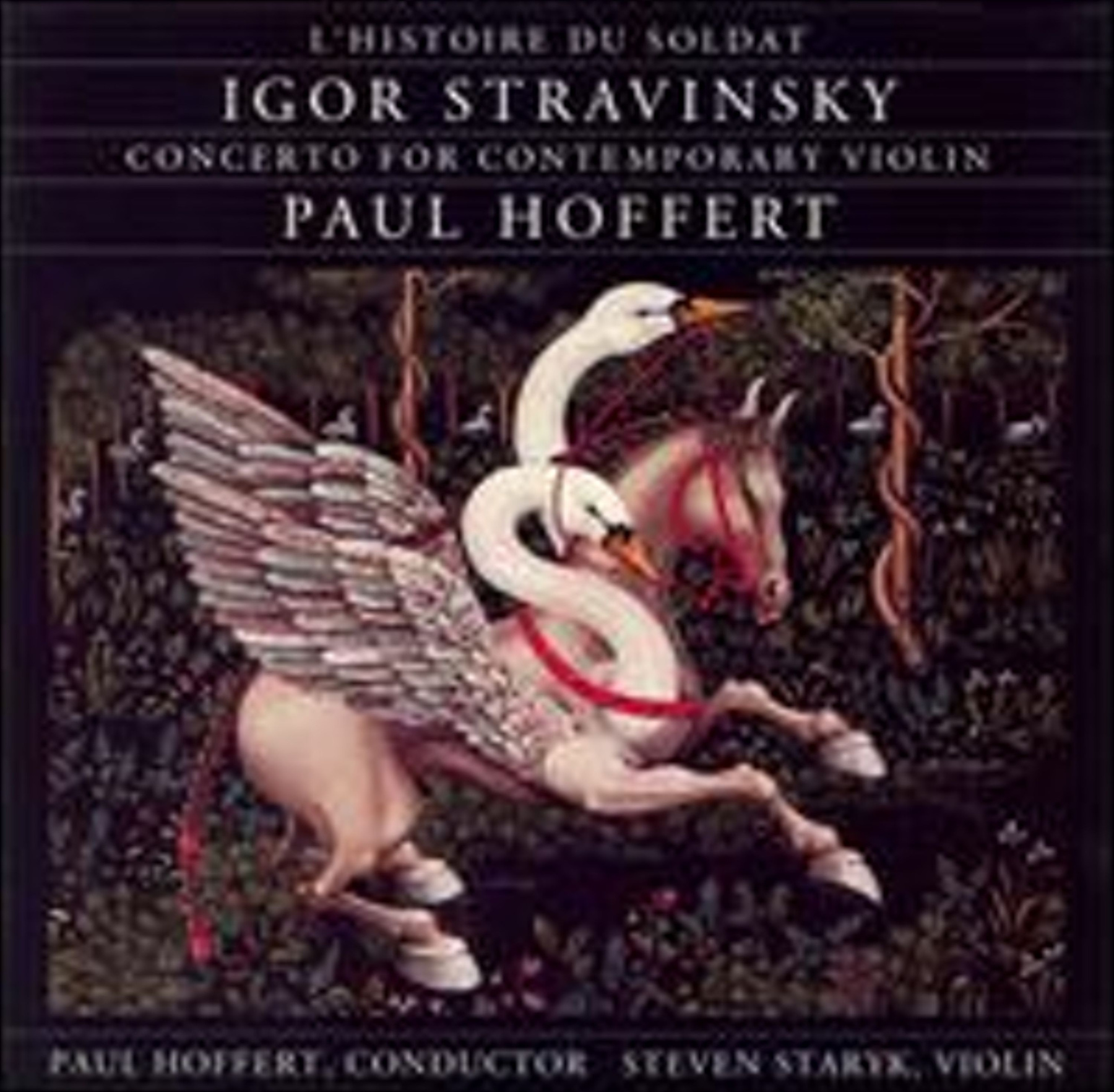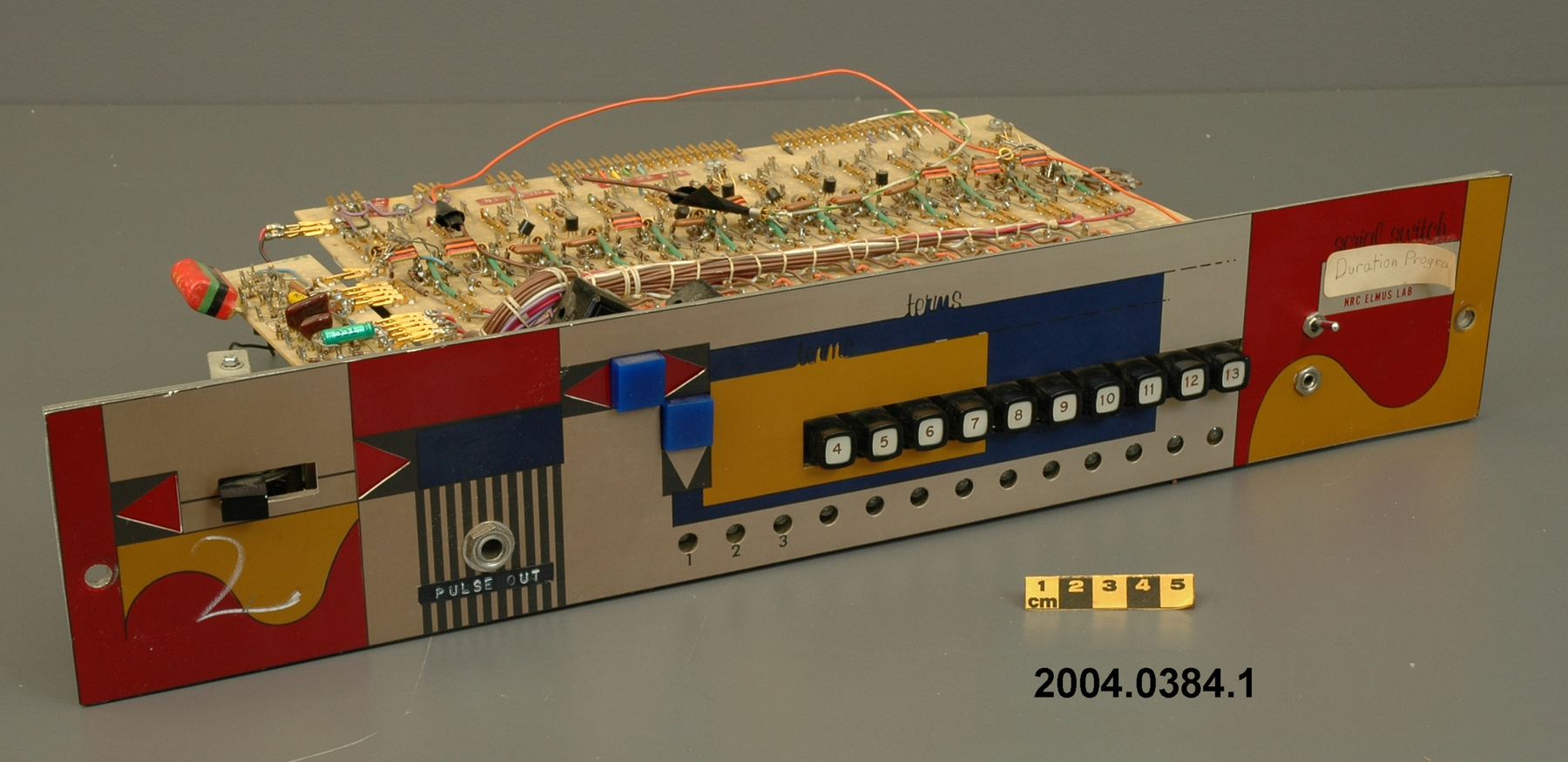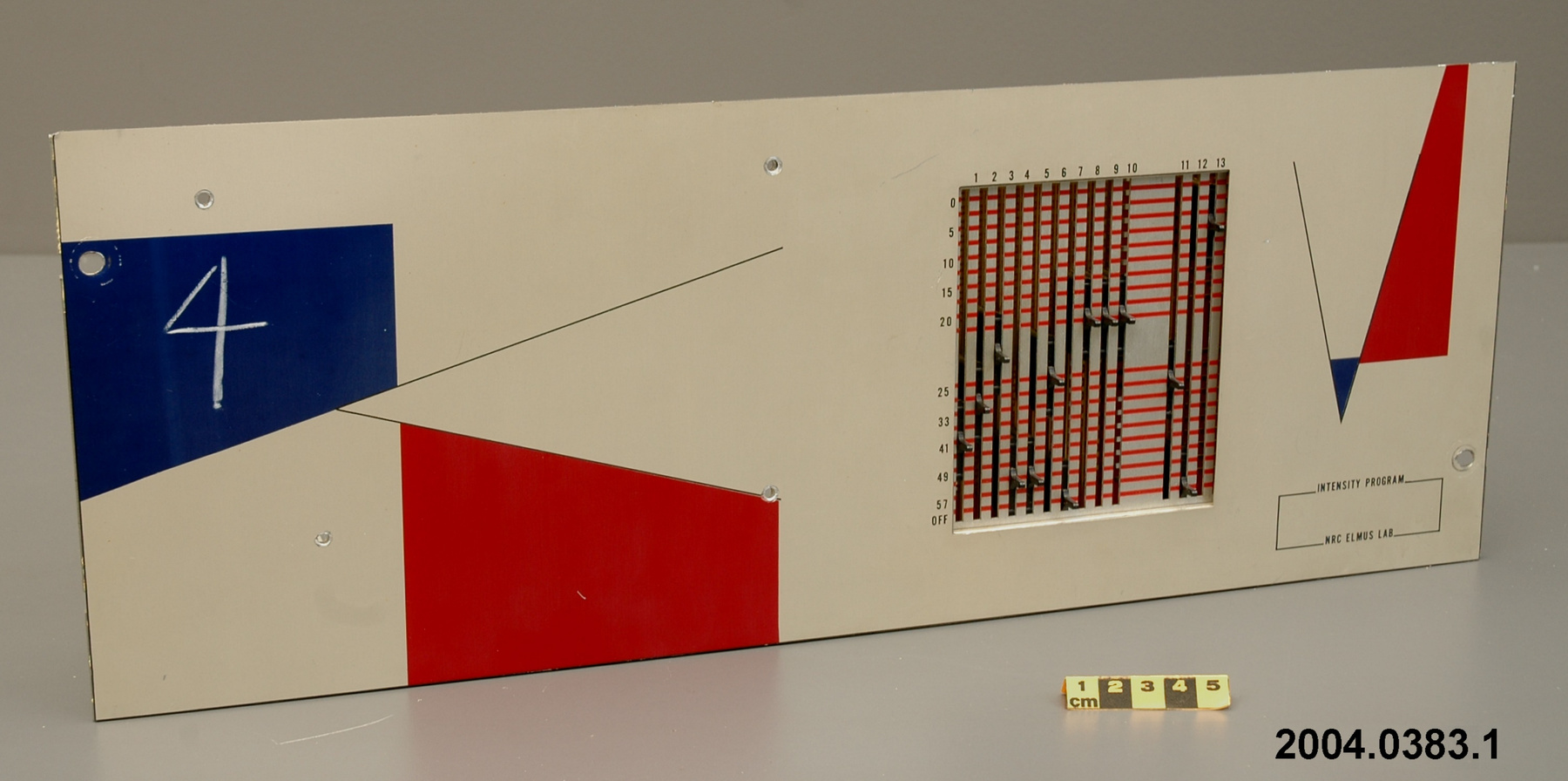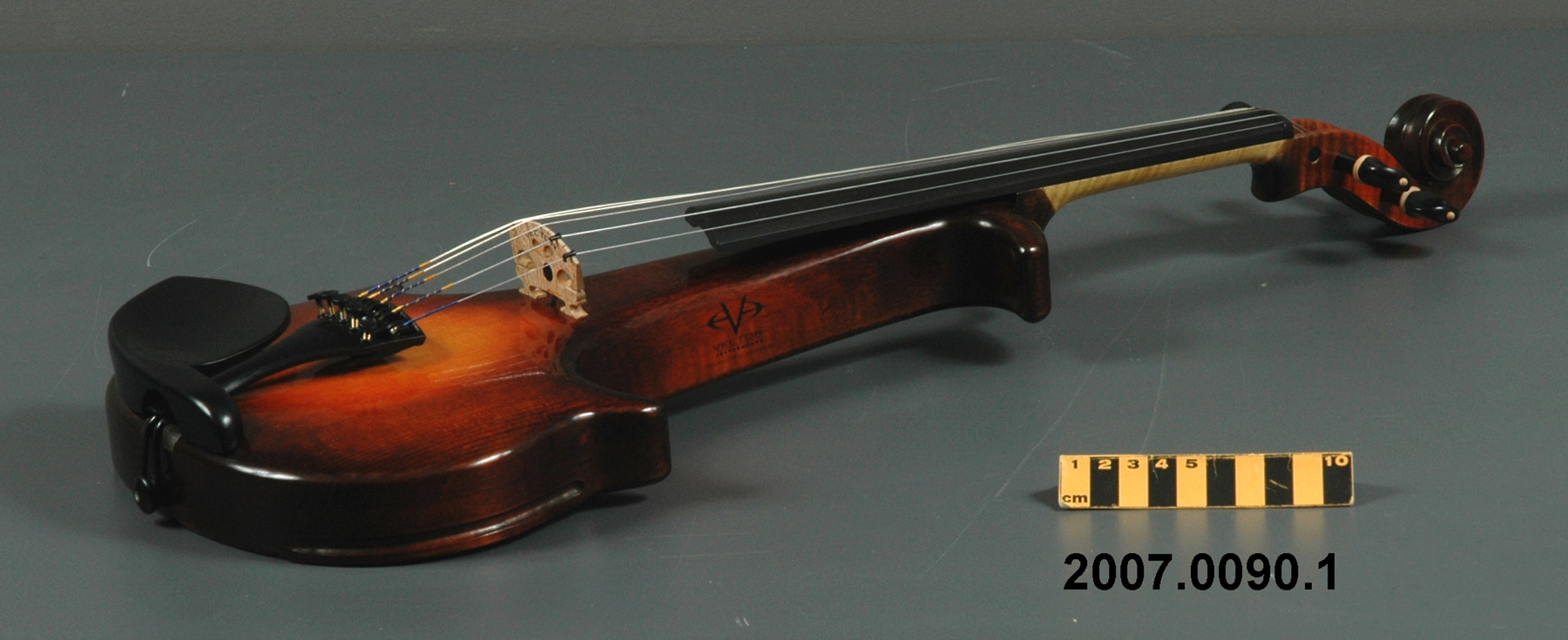Violin
Use this image
Can I reuse this image without permission? Yes
Object images on the Ingenium Collection’s portal have the following Creative Commons license:
Copyright Ingenium / CC BY-NC-ND (Attribution-NonCommercial 4.0 International (CC BY-NC 4.0)
ATTRIBUTE THIS IMAGE
Ingenium,
2007.0090.001
Permalink:
Ingenium is releasing this image under the Creative Commons licensing framework, and encourages downloading and reuse for non-commercial purposes. Please acknowledge Ingenium and cite the artifact number.
DOWNLOAD IMAGEPURCHASE THIS IMAGE
This image is free for non-commercial use.
For commercial use, please consult our Reproduction Fees and contact us to purchase the image.
- OBJECT TYPE
- electronic/5 string
- DATE
- 2008
- ARTIFACT NUMBER
- 2007.0090.001
- MANUFACTURER
- Vector Musical Instruments Ltd.
- MODEL
- Omega 3
- LOCATION
- Black Rock, Nova Scotia, Canada
More Information
General Information
- Serial #
- V-29207
- Part Number
- 1
- Total Parts
- 3
- AKA
- N/A
- Patents
- N/A
- General Description
- Wood body and parts: tops are spruce with backs and necks made of curly maple, ebony fingerboards, pegs, and chinrest. Metal strings and parts.
Dimensions
Note: These reflect the general size for storage and are not necessarily representative of the object's true dimensions.
- Length
- 60.5 cm
- Width
- 18.7 cm
- Height
- 7.5 cm
- Thickness
- N/A
- Weight
- N/A
- Diameter
- N/A
- Volume
- N/A
Lexicon
- Group
- Communications
- Category
- Music
- Sub-Category
- N/A
Manufacturer
- AKA
- Vector
- Country
- Canada
- State/Province
- Nova Scotia
- City
- Black Rock
Context
- Country
- Canada
- State/Province
- Unknown
- Period
- 2008; this example was purchased new.
- Canada
-
An electric violin, model Omega, custom-made and hand-crafted by Nicholas Tipney of Vector Instruments in Black Rock, Nova Scotia. This is a high-quality, Canadian-built instrument. According to Chris Both, a music technology professor from Acadia University, Vector instruments are considered among the best in the world. A woodworker and a musician, Mr. Tipney started to make instruments in the early 1980s, when he played in a Celtic band. In 1983 he established Vector Instruments in Black Rock, NS to produce electric violins, cellos and basses. Tipney's instruments are played by Ellie Riskin from the Tampa Symphony (Florida), 4-time Grammy nominee Linda Relph, Juno nominee Lenny Gallant, Holly Cole, John Kavanagh, and Barra MacNeils. In 2006, Vector made 40 instruments sold all over the world. The company has been featured in magazines, newspapers and on the Discovery Channel. - Function
-
An electric violin is a stringed instrument played with a bow and equipped with an electronic output of its sound. - Technical
-
Although many electronic musical instruments are now mass-produced by companies such as Yamaha and Fender, the best instruments are custom-made and hand-crafted. The Omega electric violin is a good example of such a high-quality instrument. The violin was made in Canada by Nicholas Tipney of Vector Instruments, whose products are considered among the best in the world. They are played by Ellie Riskin from the Tampa Symphony (Florida), 4-time Grammy nominee Linda Relph, Juno nominee Lenny Gallant, Holly Cole, John Kavanagh, and Barra MacNeils. The violin comes with a carrying case, 5th string (low C), RP200 effects processor, a carbon-graphite bow, documentation, and a music CD with various artists featuring this instrument [not received in Collections Services]. The first electric violins were made for jazz musicians in the 1920s. Stuff Smith is generally recognized as the first violinist to use electric amplification. The instruments have been mass-produced by large companies such as Yamaha and Fender since the early 1990s. However, the sound of these violins is still inferior to hand-made instruments, and most professional musicians choose to acquire their electric violins from small producers. The historical research on the technology of violins is mostly concentrated on the physics of acoustics and improvements of sound quality that would permit to create a modern instrument similar to the famous Stradivarius. The makers of electric violins aim to extend the range and volume of sound. This is done not only by employing an electric pickup and output, but through a design and construction of the body of a violin. The wood used to make the violin plays a very important role in the production of sound. Vector instruments are made of spruce with backs and necks made of curly maple. The wood for the instruments comes from Tipney's land. He personally selects the trees, cuts and splits the logs into instrument blanks. Each piece is then air-dried for several years before the final drying in a solar-kiln. Fingerboards, pegs, and chinrests are of choice Ebony. The thickness and the weigh of the violin's body also influence its sound. Vector instruments are hollow and weigh no more than an acoustic violin. The 5th string, a low C, gives these instruments a range of violin/viola, a very resonant sound, which allows greater expression for solos and wide tonal range for ensemble playing. Vector violins are furnished with a full-range, high-fidelity Barbera Multi-Transducer Bridge System, an electronic pickup that allows to closely reproduce nuances in tone, and a Digitech RP200 which has 40 programmable sounds, 12 computer modeled amplifiers, a pedal to control the volume and effects, and a built-in tuner. - Area Notes
-
Unknown
Details
- Markings
- Black lettering on side reads 'VECTOR/ INSTRUMENTS/ Handicrafted in Nova Scotia [script]'
- Missing
- Appears complete.
- Finish
- Body stained variegated brown and coated.. Black fingerboards, pegs, and chinrest. Metallic strings.
- Decoration
- Black "V' logo on side
CITE THIS OBJECT
If you choose to share our information about this collection object, please cite:
Vector Musical Instruments Ltd., Violin, 2008, Artifact no. 2007.0090, Ingenium – Canada’s Museums of Science and Innovation, http://collection.ingeniumcanada.org/en/item/2007.0090.001/
FEEDBACK
Submit a question or comment about this artifact.
More Like This
